- Products
Buy Online
Machines
Plate Loaded
Single Stack
Dual Stack
Multi-Gyms
Dumbbells & Barbells
Benches
Adjustable Benches
Decline Benches
Flat Benches
Incline Benches
Racks & Platforms
Specialist Bars
Accessories
Olympic Weight Plates
New Products
Stations
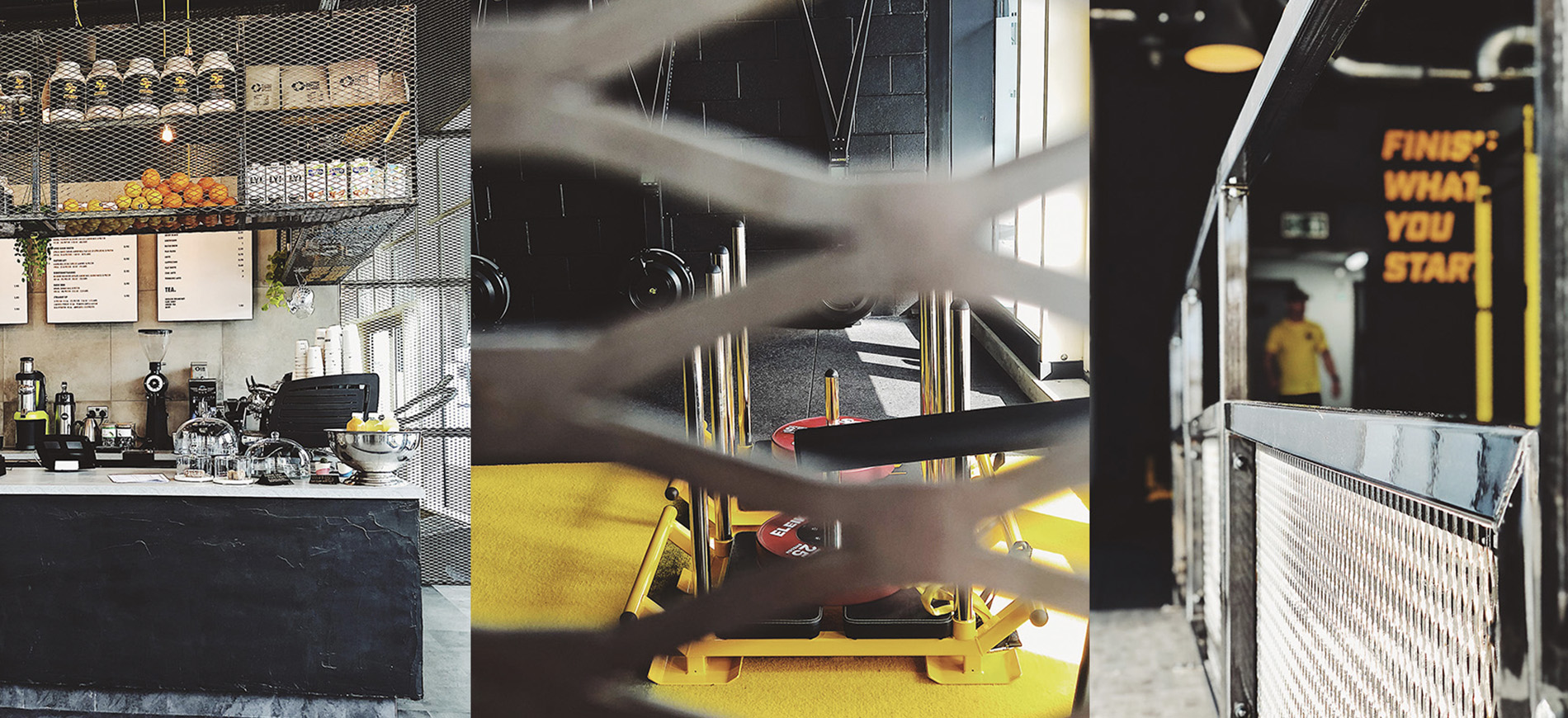
Storage & Furniture
Request a Quote
Test real examples
Store
Rigs
Watson Owners Club
Careers
FAQs
Our Team
Customisation
Our Guarantee
Why Watson
Thank You
Blog
Worlds Best Dumbbells – Testing
Configurator
Book A Visit
Contact Us
World of Watson
Worlds Best Dumbbells
Home
Our Collection
Cart
Checkout
My Account
Terms & Conditions
Privacy Policy
Buy Online
Machines
Plate Loaded
Single Stack
Dual Stack
Multi-Gyms
Dumbbells & Barbells
Benches
Adjustable Benches
Decline Benches
Flat Benches
Incline Benches
Racks & Platforms
Specialist Bars
Accessories
Olympic Weight Plates
New Products
Stations

Storage & Furniture
Request a Quote
Test real examples
Store
Rigs
Watson Owners Club
Careers
FAQs
Our Team
Customisation
Our Guarantee
Why Watson
Thank You
Blog
Worlds Best Dumbbells – Testing
Configurator
Book A Visit
Contact Us
World of Watson
Worlds Best Dumbbells
Home
Our Collection
Cart
Checkout
My Account
Terms & Conditions
Privacy Policy
- Dumbbells
- World of Watson
Buy Online
Machines
Plate Loaded
Single Stack
Dual Stack
Multi-Gyms
Dumbbells & Barbells
Benches
Adjustable Benches
Decline Benches
Flat Benches
Incline Benches
Racks & Platforms
Specialist Bars
Accessories
Olympic Weight Plates
New Products
Stations

Storage & Furniture
Request a Quote
Test real examples
Store
Rigs
Watson Owners Club
Careers
FAQs
Our Team
Customisation
Our Guarantee
Why Watson
Thank You
Blog
Worlds Best Dumbbells – Testing
Configurator
Book A Visit
Contact Us
World of Watson
Worlds Best Dumbbells
Home
Our Collection
Cart
Checkout
My Account
Terms & Conditions
Privacy Policy
- Contact
- Book A Visit
Safety Squat Bar
Price :
£525.00ex VAT
ex VAT
- Super Comfortable to use
- Incredibly heavy duty
- Lowers centre of gravity
- Highest quality SSB available
- Lifetime warranty
- Weight- 30kg
SKU
BAR005/OLY
Categories: Buy Online, Specialist Bars
Product ID: 70436
GENERAL INFO
WORLDWIDE SHIPPING
CALL US: 01373 455 550 For more information
LIFETIME WARRANTY
On All Framework. 5 Years - On All Moving Parts. 1 Year - On All Cables.
Product Gallery
Product Information
SPECIFICATIONS
DELIVERY OPTIONS
Product Gallery
Product Gallery
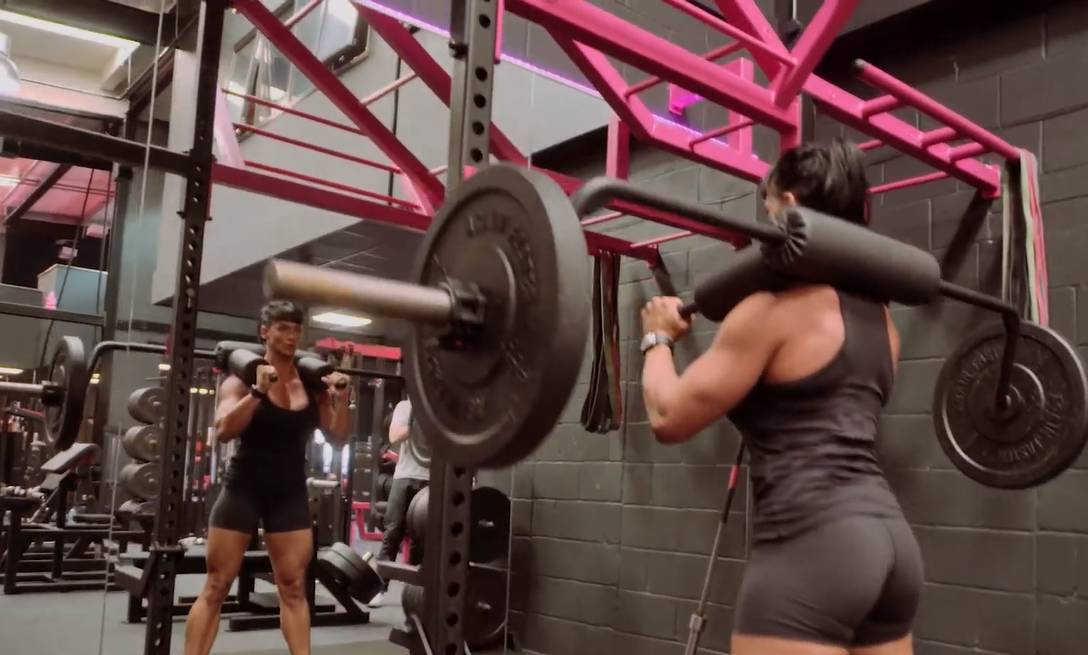





Product Information
Product Information
You should find everything you need to know in this section. Need to know more? Drop us a line on sales@watsongym.co.uk
Without a doubt, this is the highest quality Safety Squat Bar on the market today. The Watson Safety Squat Bar (also known as the Hatfield Bar) allows you to perform all types of squat movements in much more comfort than with a traditional straight bar. Handles at the front of the bar reduce shoulder strain, and the design of the Safety Squat Bar allows you to let go completely of the bar, and it will stay securely positioned with the load spread comfortably over the 3 pads. Loads of our customers have told us how squatting with the Watson Safety Squat Bar while gently holding onto the uprights of a Power Rack allowed them to train way beyond their usual limits and with a lot more comfortable. The Watson Safety Squat Bar is constructed from 30mm solid high-tensile steel and will fit an Olympic Power Rack. Our bar will handle over 400 kg and is great for squats, good mornings, lunges and loads more! Works really well for performing standing calf raises from a Calf Raise Block - the hands are free to hold onto something for balance. Get yours now and take your leg power to new levels! SQUATTING - WITH A NEW TWIST Every once in a while, something new comes along that is revolutionary and earth-shattering. Sliced bread, hip pockets, sulfur matches. Well, earth-shattering may be a bit strong, but no one can deny that these are things that make life measurably more enjoyable. If you're into training, and I suspect most of you are, you no doubt have come across such innovations in the gym. Arm blasters, adjustable barbells, rotating sleeves. Hold onto your training belts, fellow iron freaks, for I am about to describe a new invention that is destined to literally revolutionize your leg training. Of such mammoth proportions is the importance of this new device that every gym in the land will have at least three or four of them. The Soviets are bound to have warehouses full. Hold on, Dr Squat! You say. What's wrong with squats? You had always touted squats as state-of-the-art when it came to leg training. True, I have, indeed. But always with the admonishment that squats must be done correctly. To work best - with the utmost safety and effectiveness - squats must be done with an upright torso, with knees extending over the feet in order to maximally isolate the quads, and to a position just short of rock bottom to ensure adaptive response in the tissues comprising the knee. Powerlifters, of course, turn to the more effective technique of spreading the stress to the hips, hams, back, and quads when it comes time to enter contests. But even the most scientific powerlifters train with an upright torso during the off-season. And athletes of every persuasion do squats as described above. Squats are, after all, the single most effective leg exercise ever conceived, whether your training goals are those of a bodybuilder, power athlete, endurance athlete, or fitness freak. So, what's this about a new innovation? Quite appropriately, and perhaps for lack of a better name, its inventor calls it the Safety Squat Bar. Jesse Hoagland may not be a name any of you know. But those athletes who have used this bar are not likely to forget it. Many of them with knee problems or bad backs were doomed to try competing in their sport without the benefit of squats. His new bar gave them a new lease on their respective athletic careers. Personally, I began using the Safety Squat Bar exclusively in my training about six years ago. I went from an all-time best of 920 pounds to an official 970, then to a lift of 1,014 pounds in Hawaii a few months ago. I can clearly see 1,100 in the near future. I credit this amazing bar for that. Let's take it from the top. What exactly is this new bar, and what's so great about it that makes it both more effective as well as safer than the conventional straight bar? The conventional straight bar has several inherent weaknesses or dangers:
- The chance of leaning forward or rounding your back under heavy loads is always a problem -serious injury can result.
- Falling off balance forward or backwards also jeopardizes your safety when under heavy squatting loads.
- Your shoulder girdle, shoulders, wrists, and elbows often take a beating holding the straight bar in place.
- Missing a squat attempt is something that happens to all of us from time to time, often with dire consequences.
- Discomfort to the back of the neck where the bar sits is a problem we all shrugged off as part of the game.
- Individual anatomical peculiarities often made it extremely difficult - if not impossible - to assume the most efficient stance in order to derive maximum benefit from squats.
- Not being able to squat because of the lack of competent spotters has been one of my personal gripes in the past.
Without a doubt, this is the highest quality Safety Squat Bar on the market today. The Watson Safety Squat Bar (also known as the Hatfield Bar) allows you to perform all types of squat movements in much more comfort than with a traditional straight bar. Handles at the front of the bar reduce shoulder strain, and the design of the Safety Squat Bar allows you to let go completely of the bar, and it will stay securely positioned with the load spread comfortably over the 3 pads. Loads of our customers have told us how squatting with the Watson Safety Squat Bar while gently holding onto the uprights of a Power Rack allowed them to train way beyond their usual limits and with a lot more comfortable. The Watson Safety Squat Bar is constructed from 30mm solid high-tensile steel and will fit an Olympic Power Rack. Our bar will handle over 400 kg and is great for squats, good mornings, lunges and loads more! Works really well for performing standing calf raises from a Calf Raise Block - the hands are free to hold onto something for balance. Get yours now and take your leg power to new levels! SQUATTING - WITH A NEW TWIST Every once in a while, something new comes along that is revolutionary and earth-shattering. Sliced bread, hip pockets, sulfur matches. Well, earth-shattering may be a bit strong, but no one can deny that these are things that make life measurably more enjoyable. If you're into training, and I suspect most of you are, you no doubt have come across such innovations in the gym. Arm blasters, adjustable barbells, rotating sleeves. Hold onto your training belts, fellow iron freaks, for I am about to describe a new invention that is destined to literally revolutionize your leg training. Of such mammoth proportions is the importance of this new device that every gym in the land will have at least three or four of them. The Soviets are bound to have warehouses full. Hold on, Dr Squat! You say. What's wrong with squats? You had always touted squats as state-of-the-art when it came to leg training. True, I have, indeed. But always with the admonishment that squats must be done correctly. To work best - with the utmost safety and effectiveness - squats must be done with an upright torso, with knees extending over the feet in order to maximally isolate the quads, and to a position just short of rock bottom to ensure adaptive response in the tissues comprising the knee. Powerlifters, of course, turn to the more effective technique of spreading the stress to the hips, hams, back, and quads when it comes time to enter contests. But even the most scientific powerlifters train with an upright torso during the off-season. And athletes of every persuasion do squats as described above. Squats are, after all, the single most effective leg exercise ever conceived, whether your training goals are those of a bodybuilder, power athlete, endurance athlete, or fitness freak. So, what's this about a new innovation? Quite appropriately, and perhaps for lack of a better name, its inventor calls it the Safety Squat Bar. Jesse Hoagland may not be a name any of you know. But those athletes who have used this bar are not likely to forget it. Many of them with knee problems or bad backs were doomed to try competing in their sport without the benefit of squats. His new bar gave them a new lease on their respective athletic careers. Personally, I began using the Safety Squat Bar exclusively in my training about six years ago. I went from an all-time best of 920 pounds to an official 970, then to a lift of 1,014 pounds in Hawaii a few months ago. I can clearly see 1,100 in the near future. I credit this amazing bar for that. Let's take it from the top. What exactly is this new bar, and what's so great about it that makes it both more effective as well as safer than the conventional straight bar? The conventional straight bar has several inherent weaknesses or dangers:
- The chance of leaning forward or rounding your back under heavy loads is always a problem -serious injury can result.
- Falling off balance forward or backwards also jeopardizes your safety when under heavy squatting loads.
- Your shoulder girdle, shoulders, wrists, and elbows often take a beating holding the straight bar in place.
- Missing a squat attempt is something that happens to all of us from time to time, often with dire consequences.
- Discomfort to the back of the neck where the bar sits is a problem we all shrugged off as part of the game.
- Individual anatomical peculiarities often made it extremely difficult - if not impossible - to assume the most efficient stance in order to derive maximum benefit from squats.
- Not being able to squat because of the lack of competent spotters has been one of my personal gripes in the past.
SPECIFICATIONS
Specifications
DELIVERY OPTIONS
Delivery Options
Orders shipped outside EU
Once your order has been manufactured and dispatched from Watson HQ, you will automatically be assigned to an agent who will help you to clear your shipment when it arrives. The contact details of your agent can be found on the Bill of Lading. You will receive this once we have received confirmation that the ship has actually set sail. You can also use the information on the Bill of lading to track your shipment. If you have your own agent that you want to use to clear your shipment, that is fine, please send us the details at the time of ordering, or at least one week prior to shipping.
Import Tax & Duties
As you are ordering from outside the UK there is not VAT on your order. Once the goods arrive at port there will be import taxes / duties and customs clearance costs that must be paid for by the importer of goods before the shipment can be released and delivered. These costs are not included in your shipping quote. We have no control over these costs and they vary country to country. Usually a small percentage of your total order value. For further information please contact your local tax office.
Once import tax and duties have been paid, your shipment will then get released from customs and become available for delivery. The shipping agent assigned to your shipment will be in contact with you to arrange a suitable delivery time. If you do not hear from anyone after you have paid customs charges, please do not hesitate to call your agent listed on the bill of lading, or contact us and we can chase it up for you.
USA Customers Only
You will need a customs broker to help you clear your shipment. You cannot do this by yourself. If you do not have one that is fine, we can put you in touch with a customs broker that we use for all of our customers in the States that do not have one. A power of attorney will need to be set up so that they can act on your behalf and help you clear the shipment.
Please note: We simply cannot ship anything to the States without this being in place. Failure to get this sorted ahead of time will effect shipping times.
Delivery Day
Deliveries are usually made during normal working hours which can vary country to country. If you need a specific time window for delivery please let us know at the time of ordering, there will be an extra charge. All deliveries are made to kerbside ONLY. It is your responsibility to unload the equipment from the delivery vehicle therefore you will need to arrange a forklift to unload. It is also strongly advised to have a few extra hands to help you unload and move things into place. Depending on what you have ordered, we may be able to ship on single pallets therefore a forklift is not required. Single Pallets can be unloaded via tail gate which is on the back of the truck. It will still then be your responsibility to move the items into place.. If you are unsure whether your order/delivery requires a forklift, please enquire.
OUR CUSTOMERS REVIEWS
Rated 5.00 out of 5 based on 12 customer ratings
(13 customer reviews)
LEAVE A REVIEW
13 reviews for Safety Squat Bar
Only logged in customers who have purchased this product may leave a review.
You may also like
Stainless Steel Stirrup Handle
£145.00 – £170.00ex VAT
ex VAT
Stainless Steel Double D Attachment
£195.00 – £230.00ex VAT
ex VAT
Pulley Wheel
£15.00ex VAT
ex VAT
Weight Stack Pin
£12.50ex VAT
ex VAT
Carabiner Clip
£5.00ex VAT
ex VAT
Adjustable Sissy Squat
£495.00 – £645.00ex VAT
ex VAT
Economy Glute Ham Raise
£465.00 – £615.00ex VAT
ex VAT

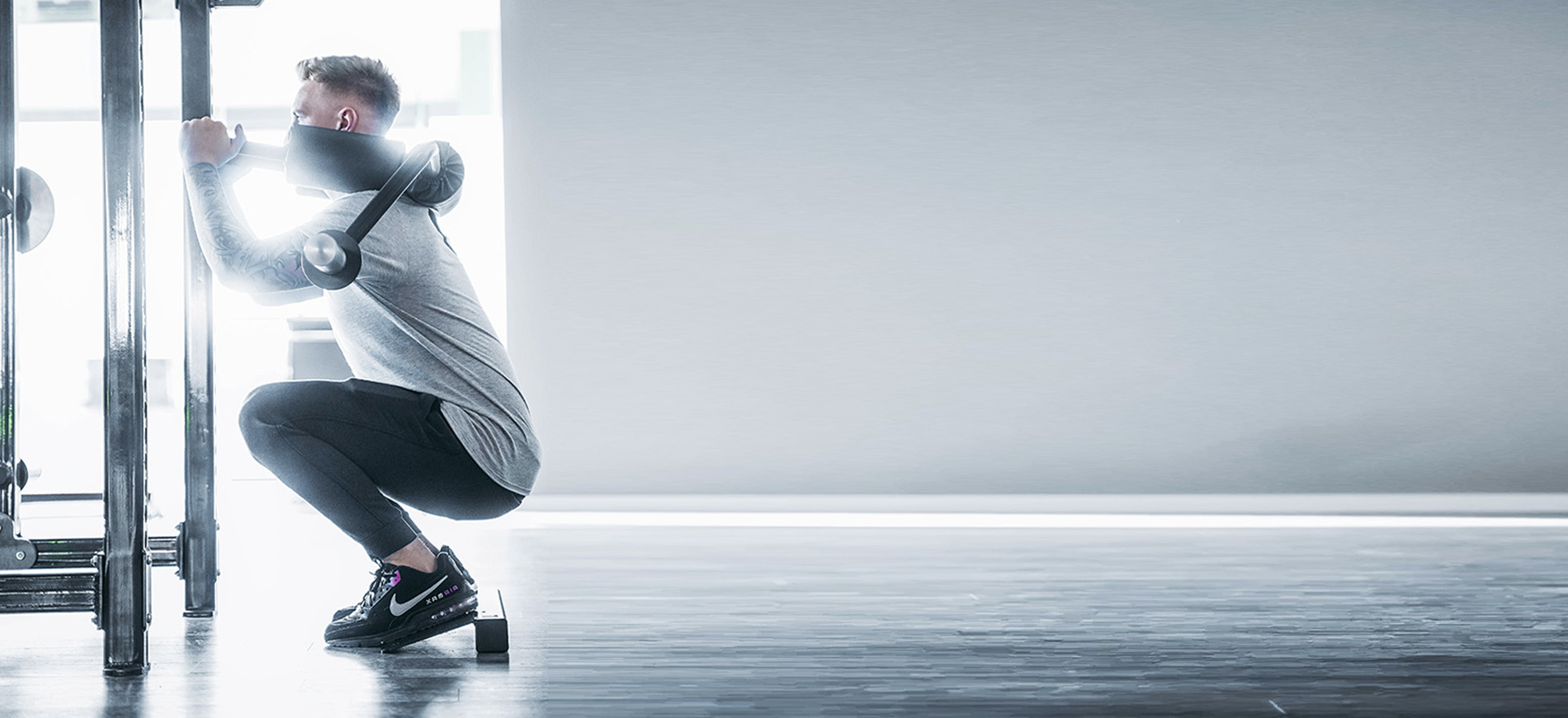
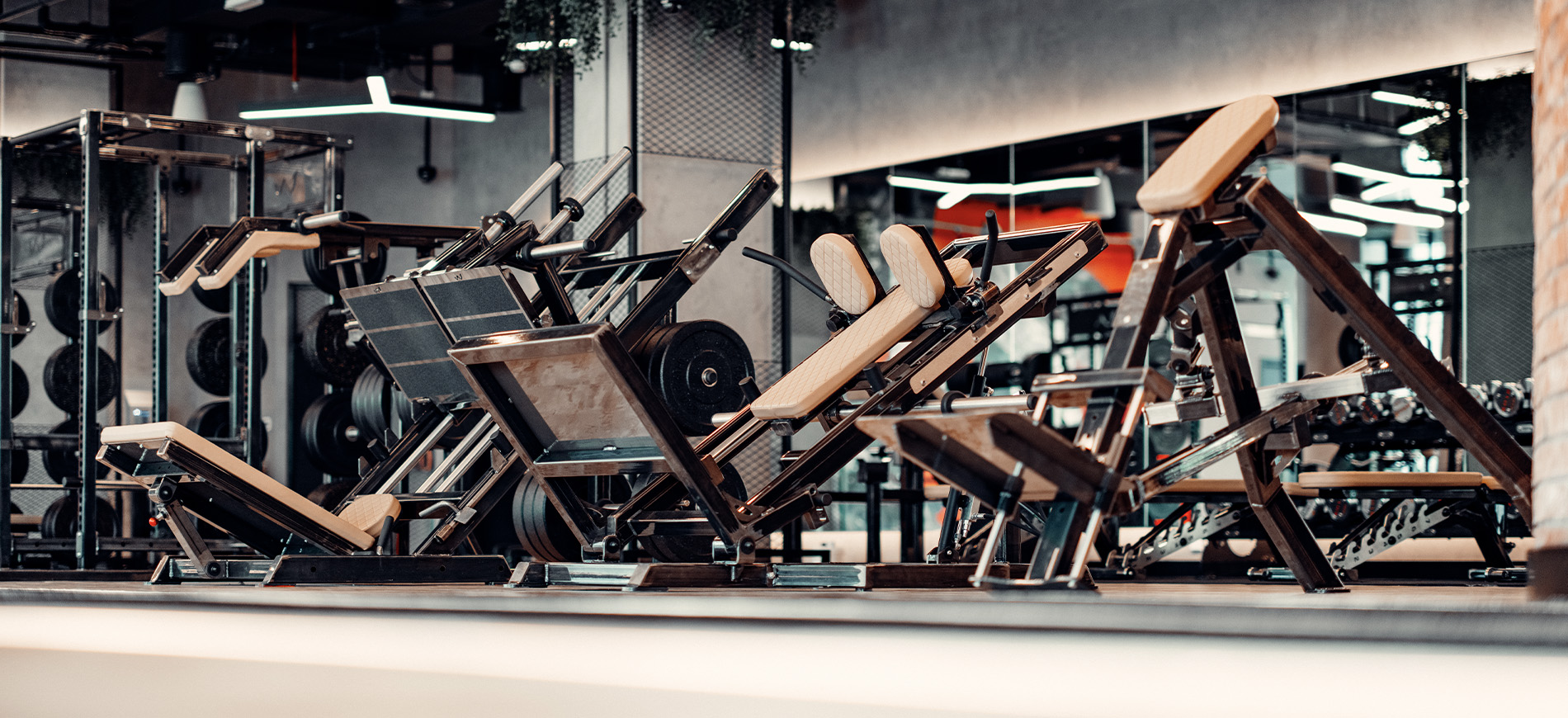
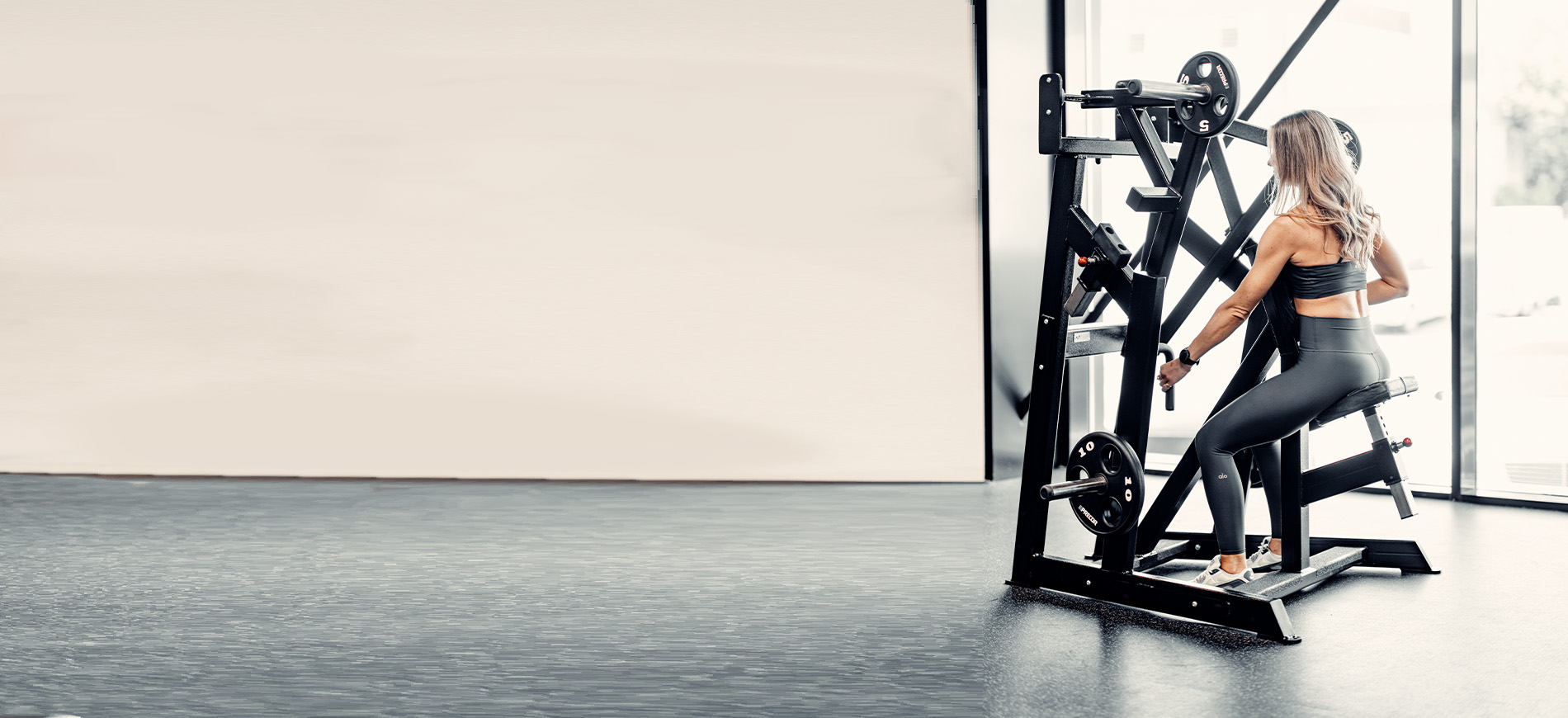
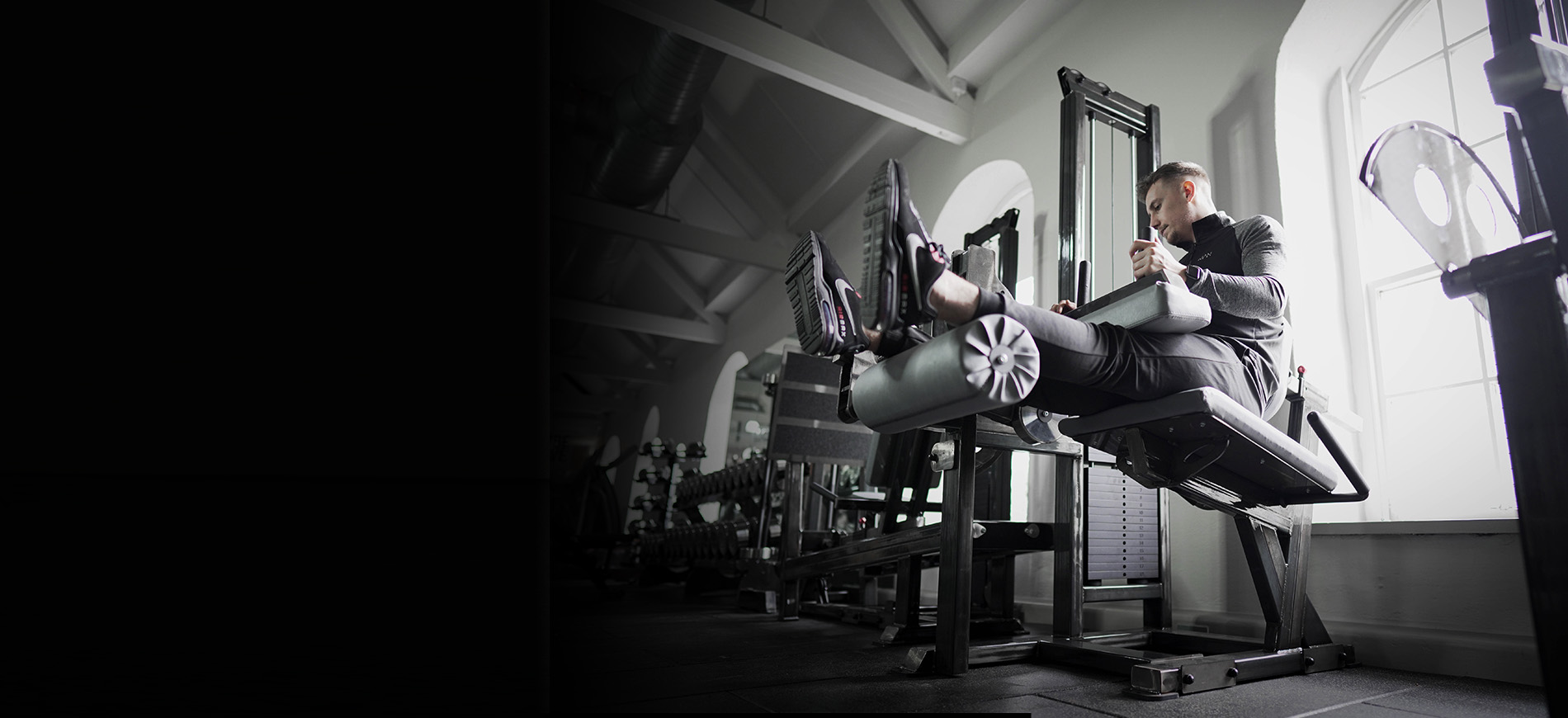
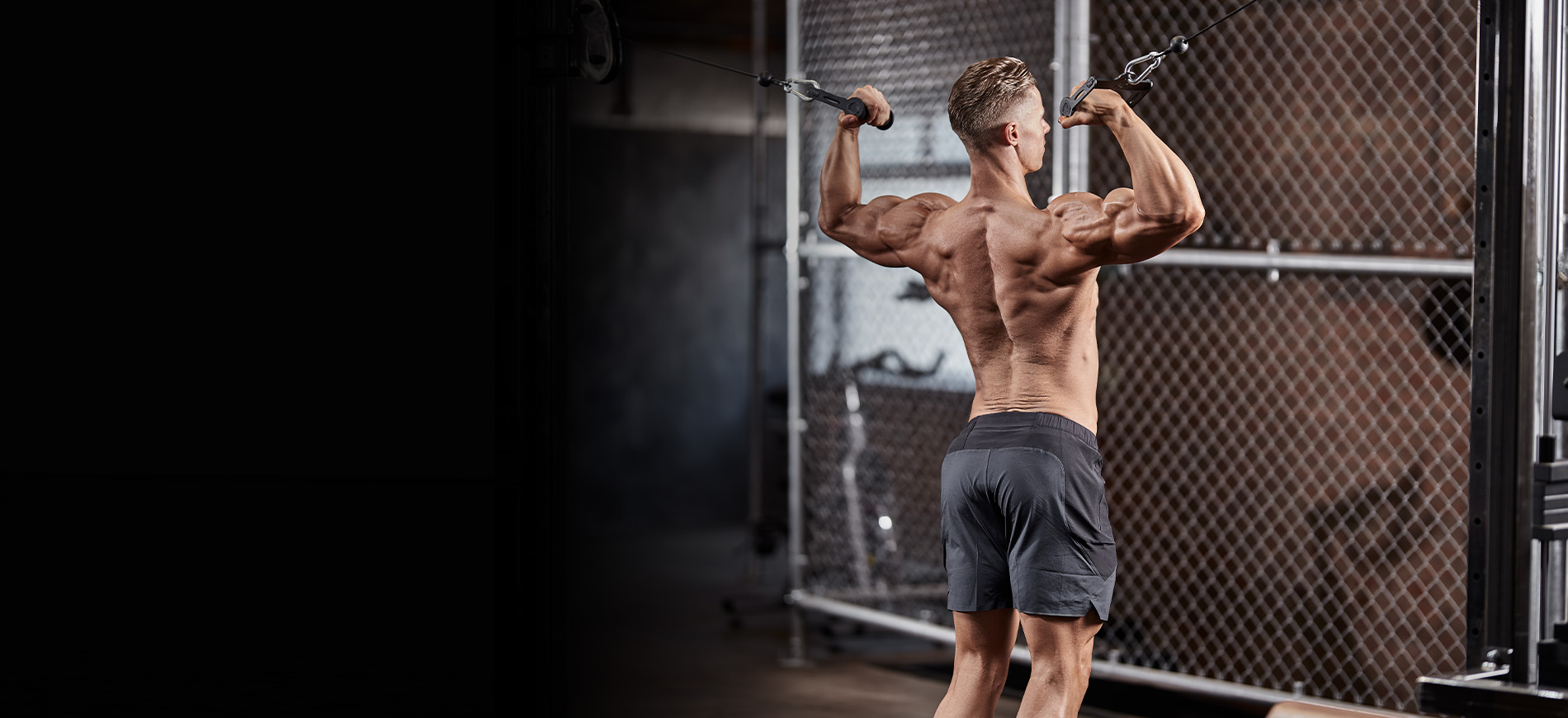
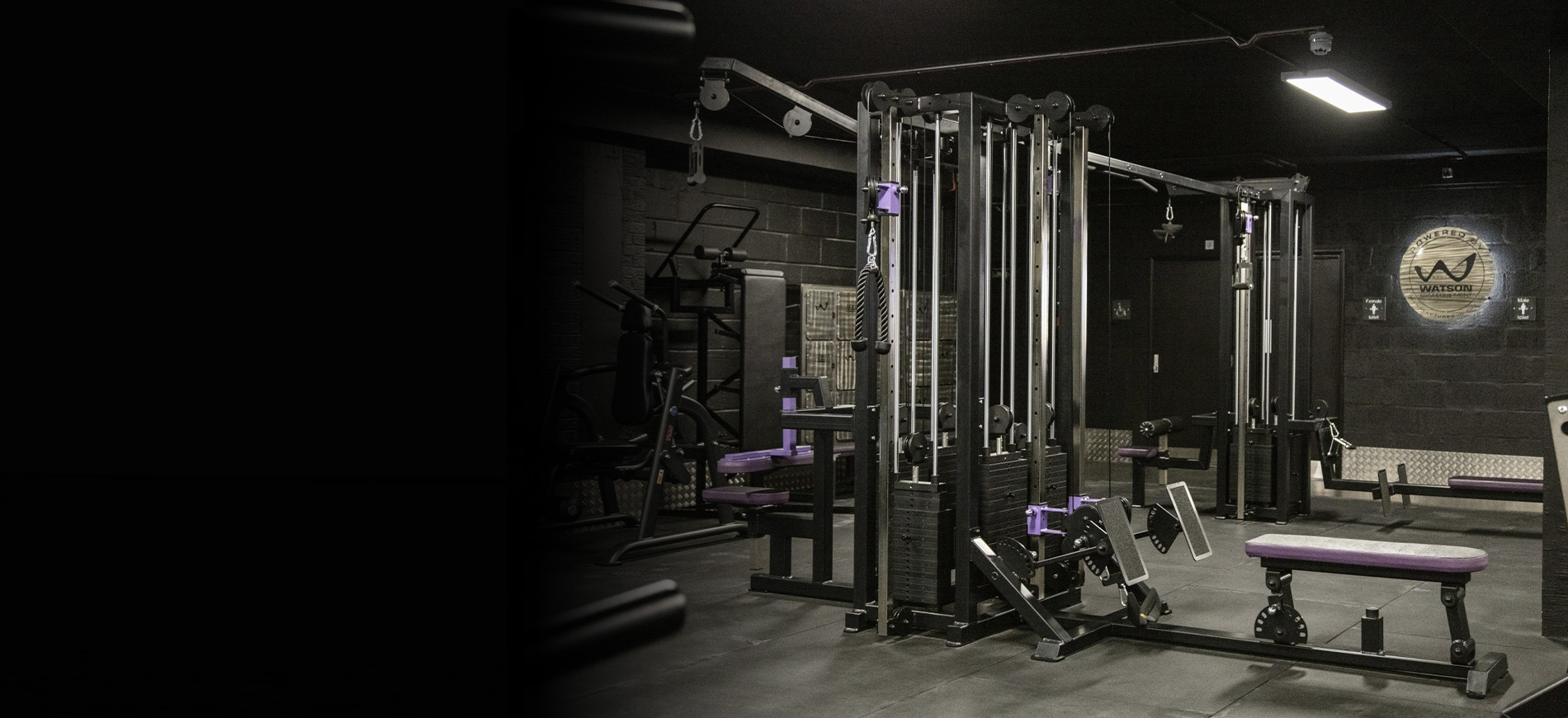
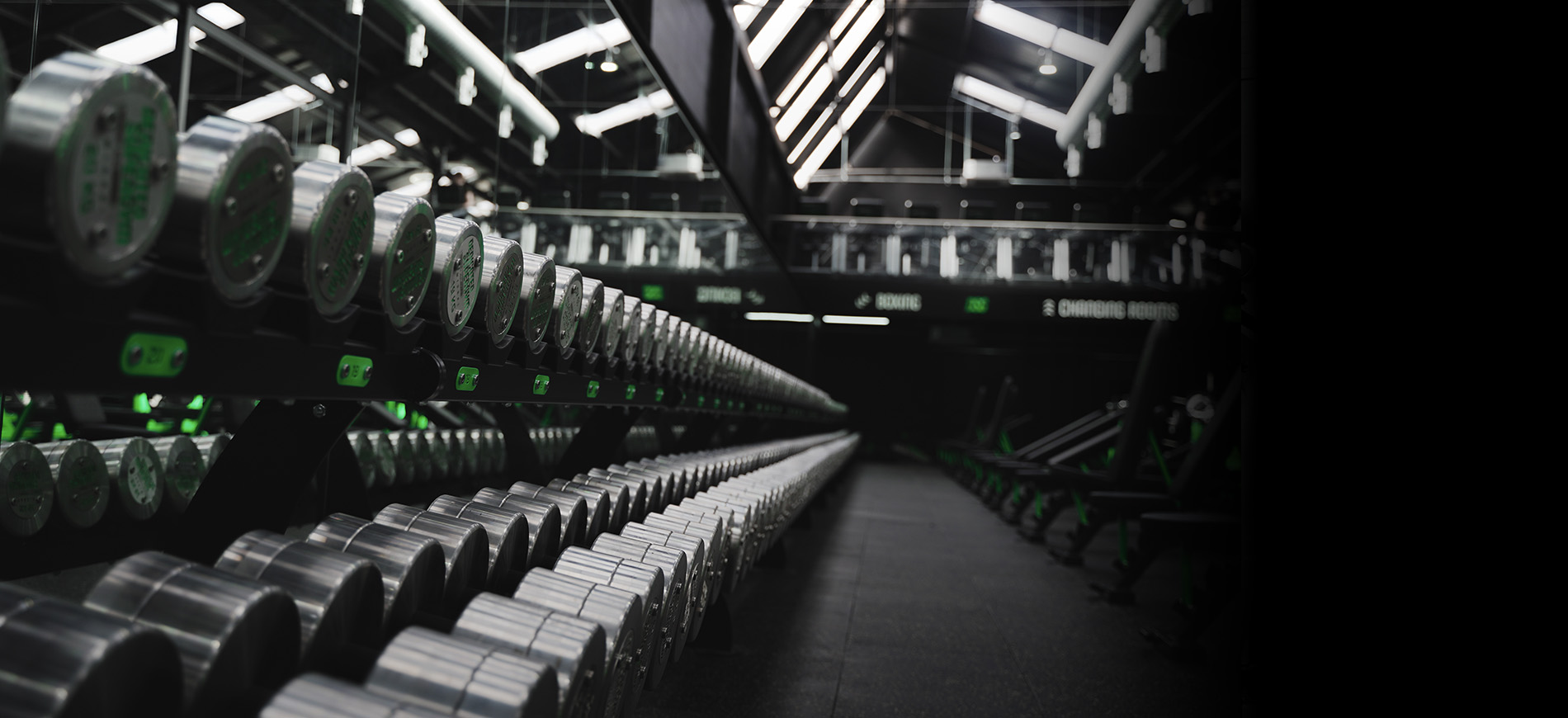
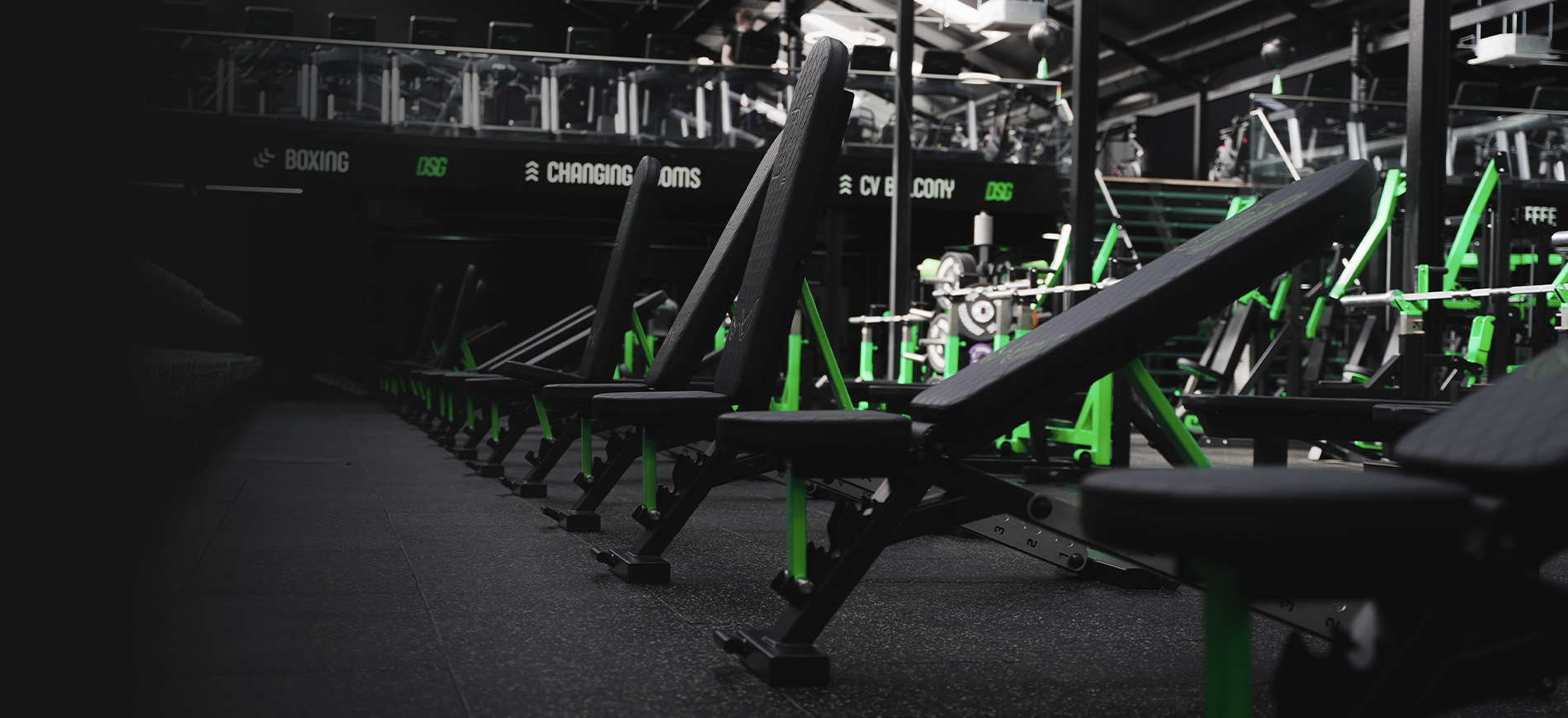
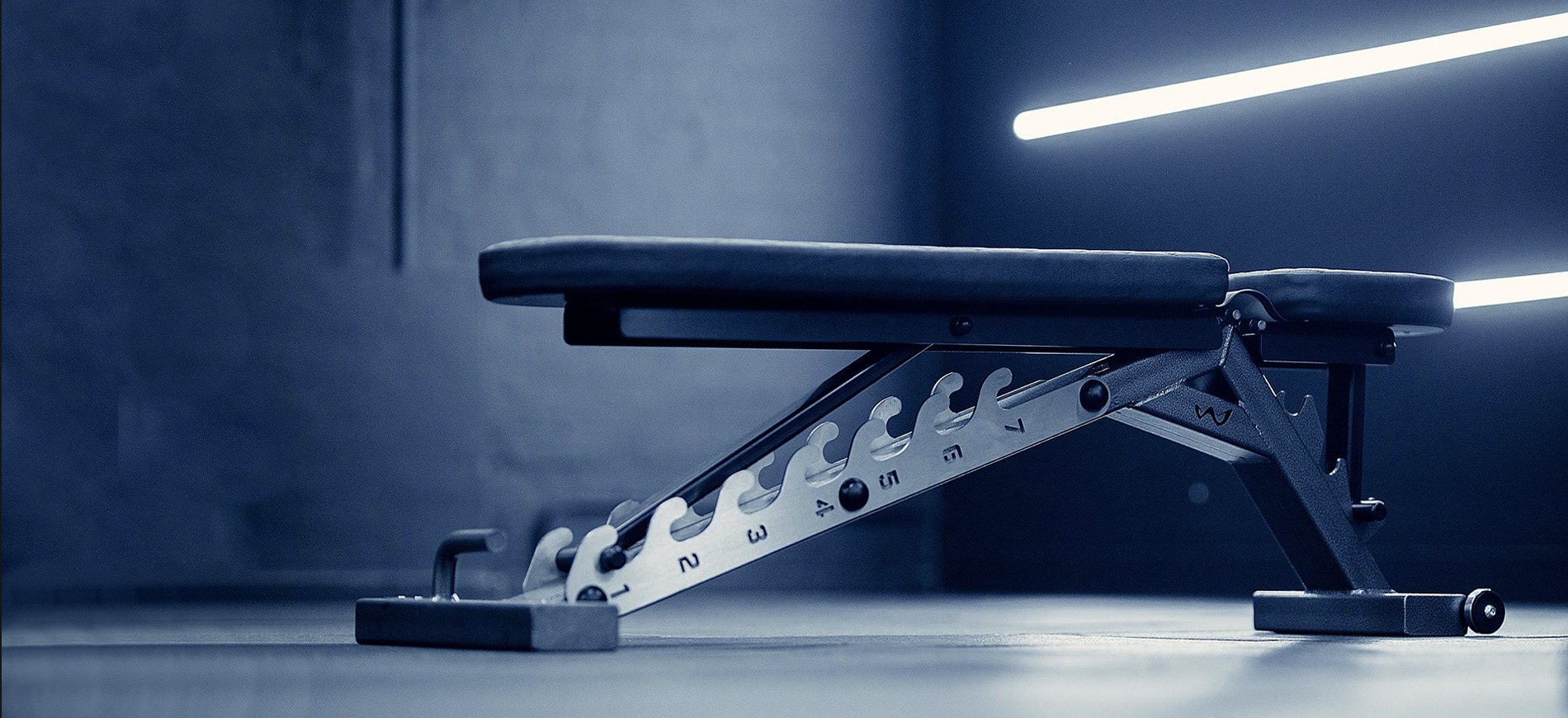
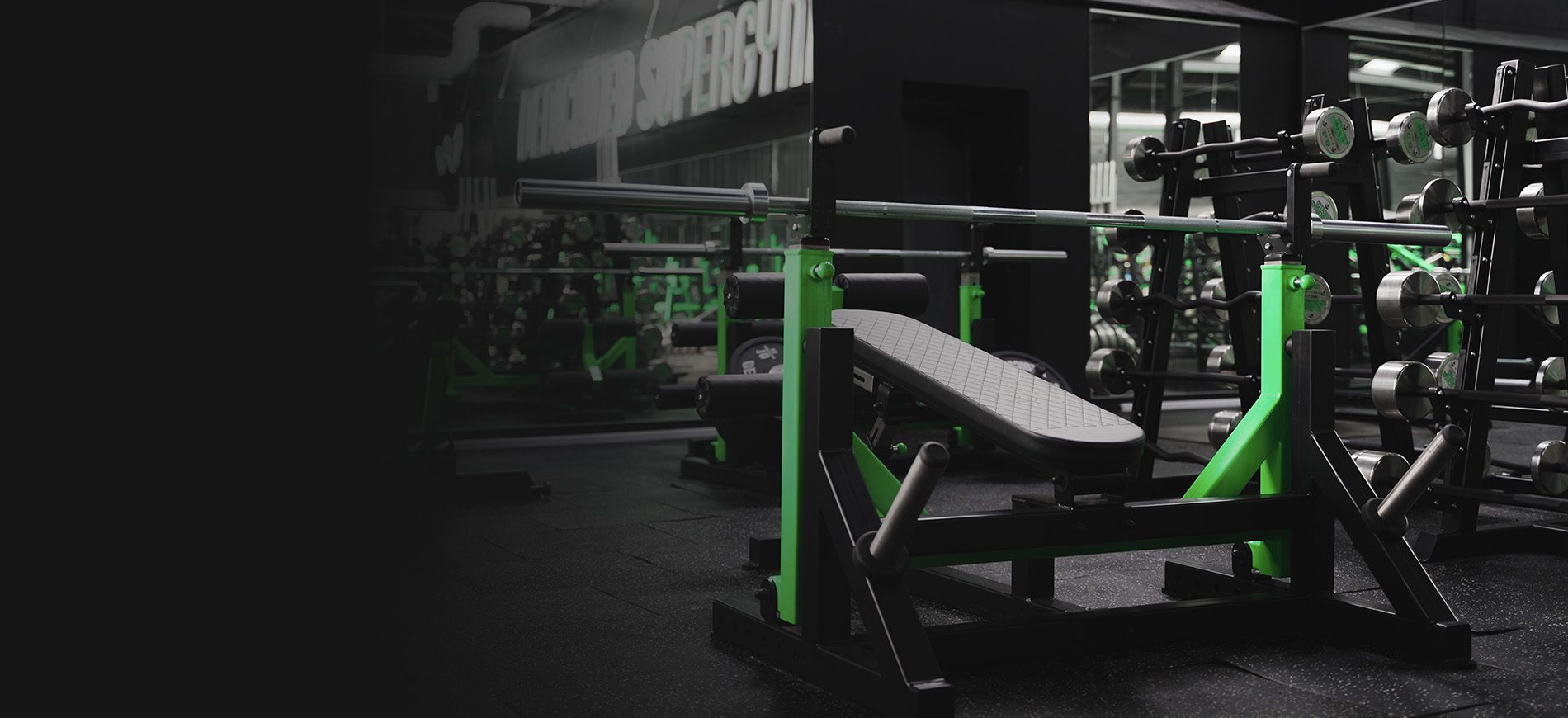
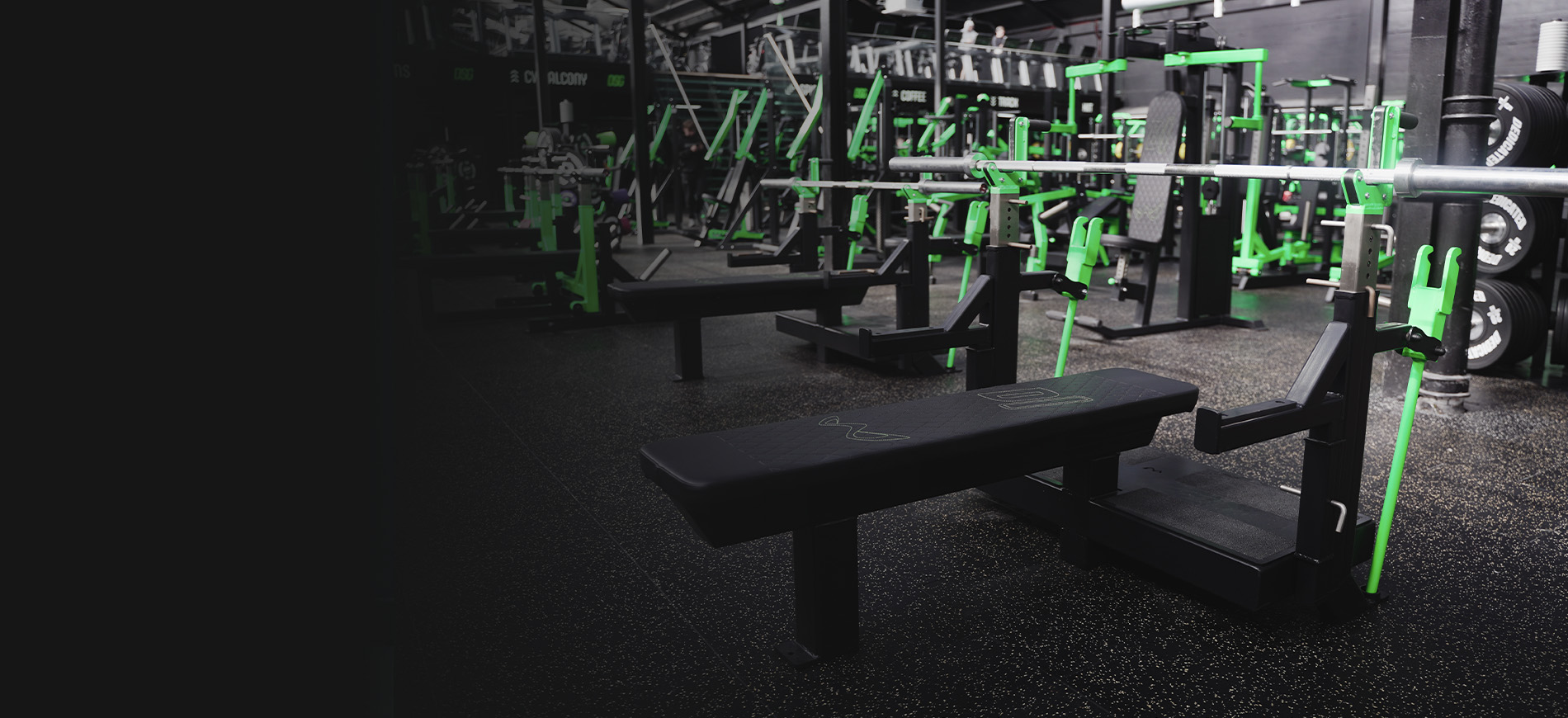
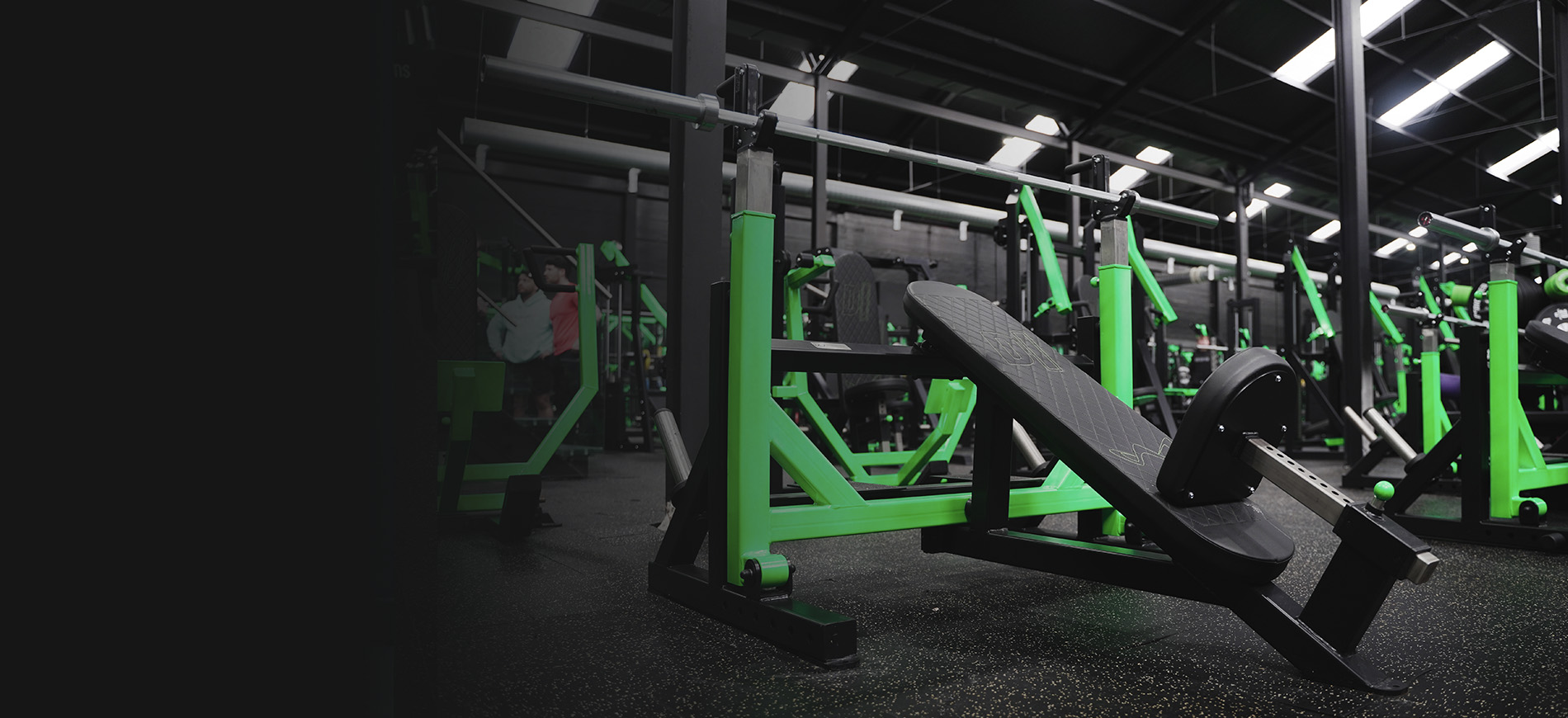
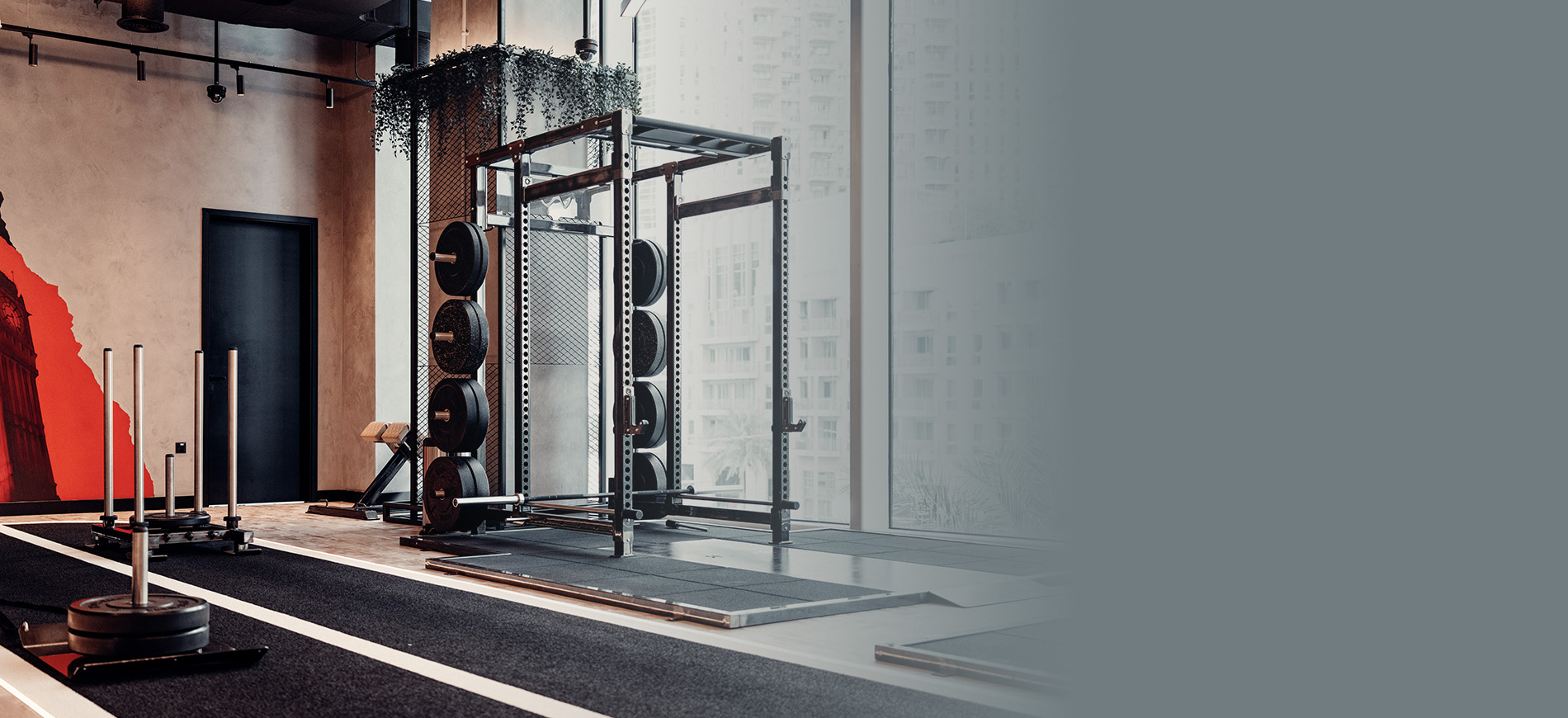
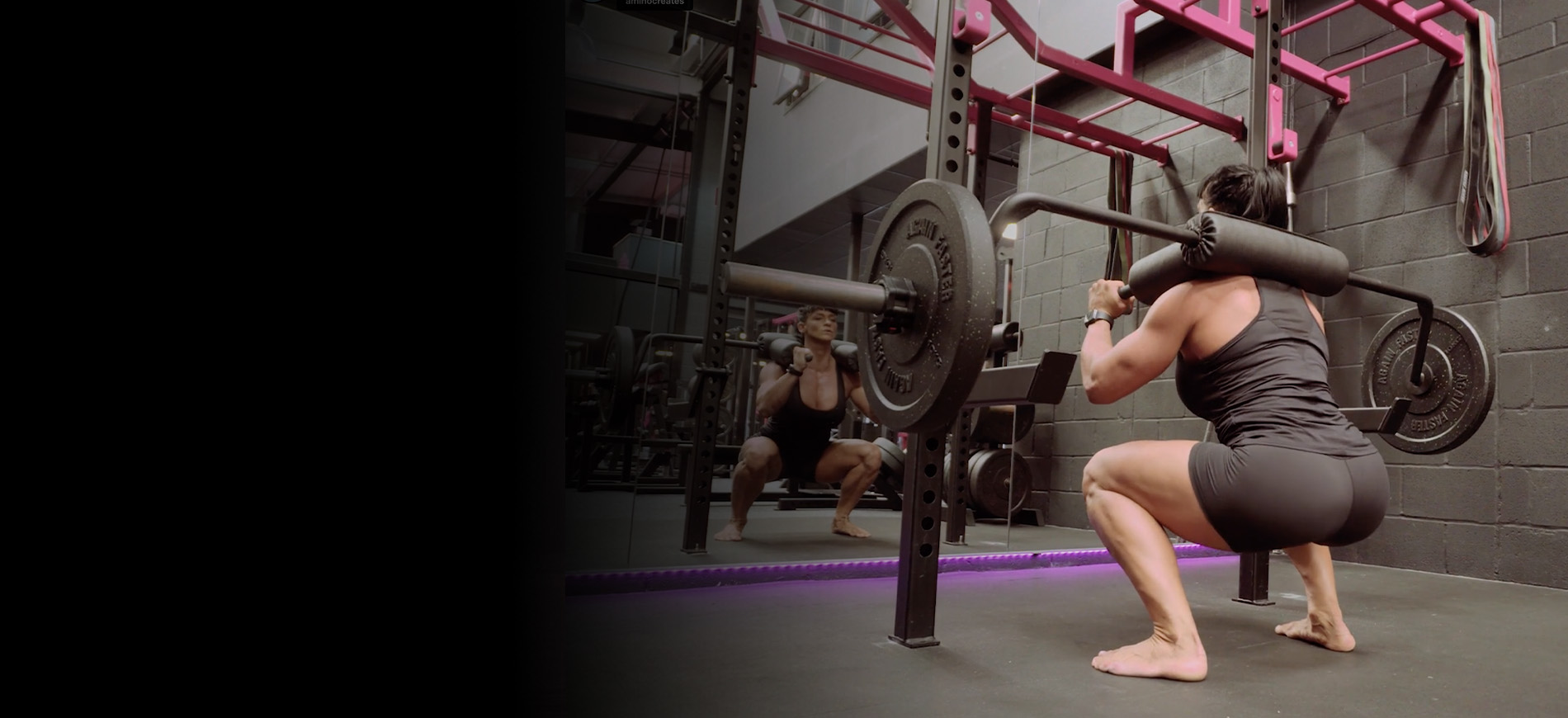
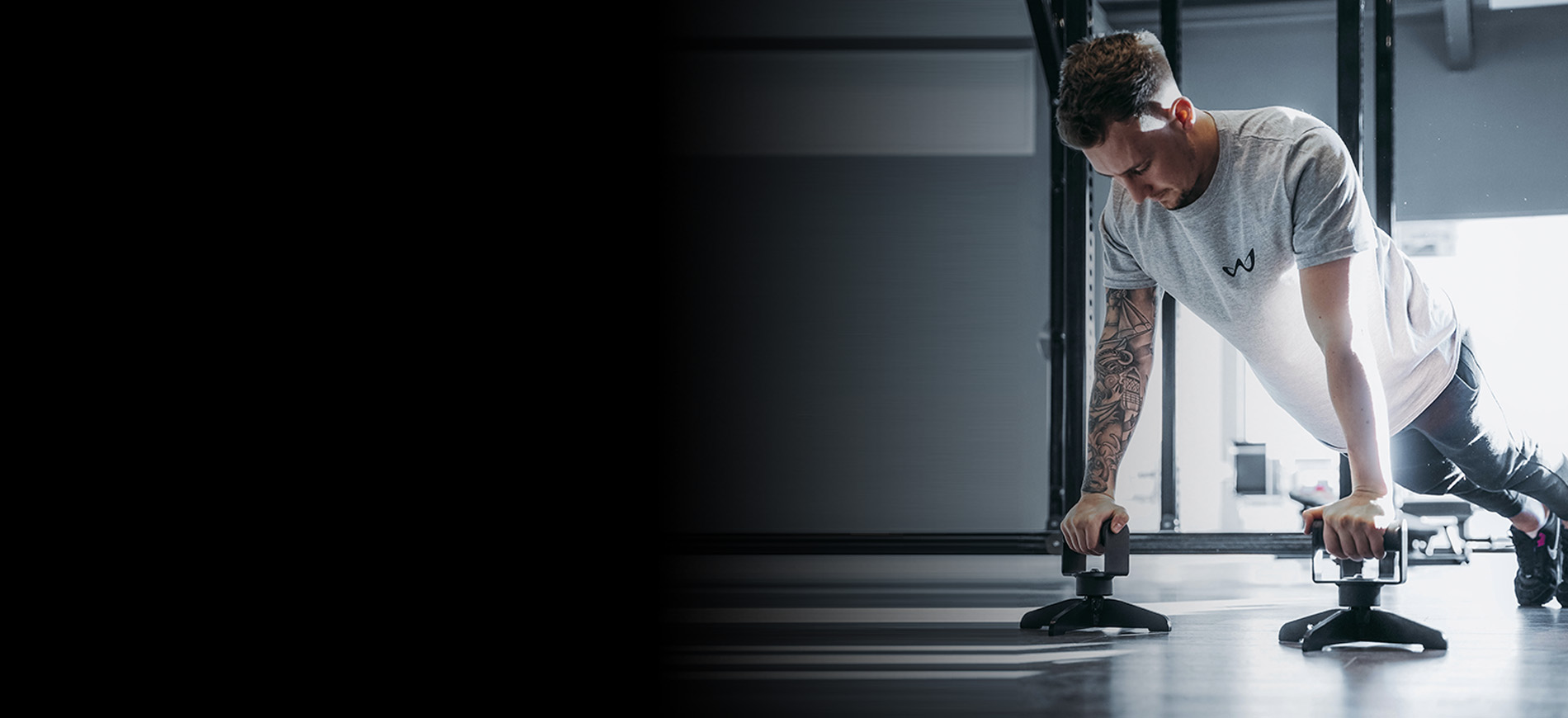
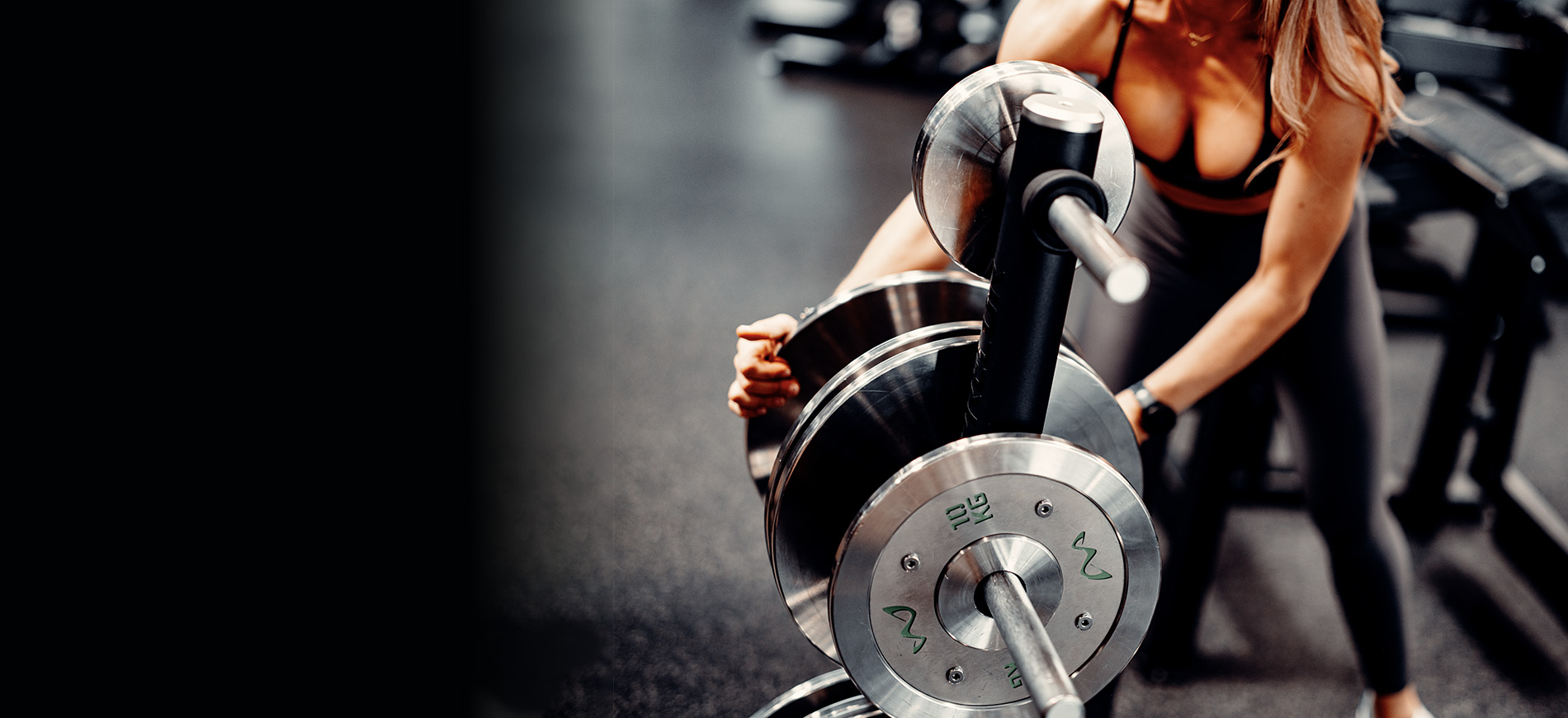
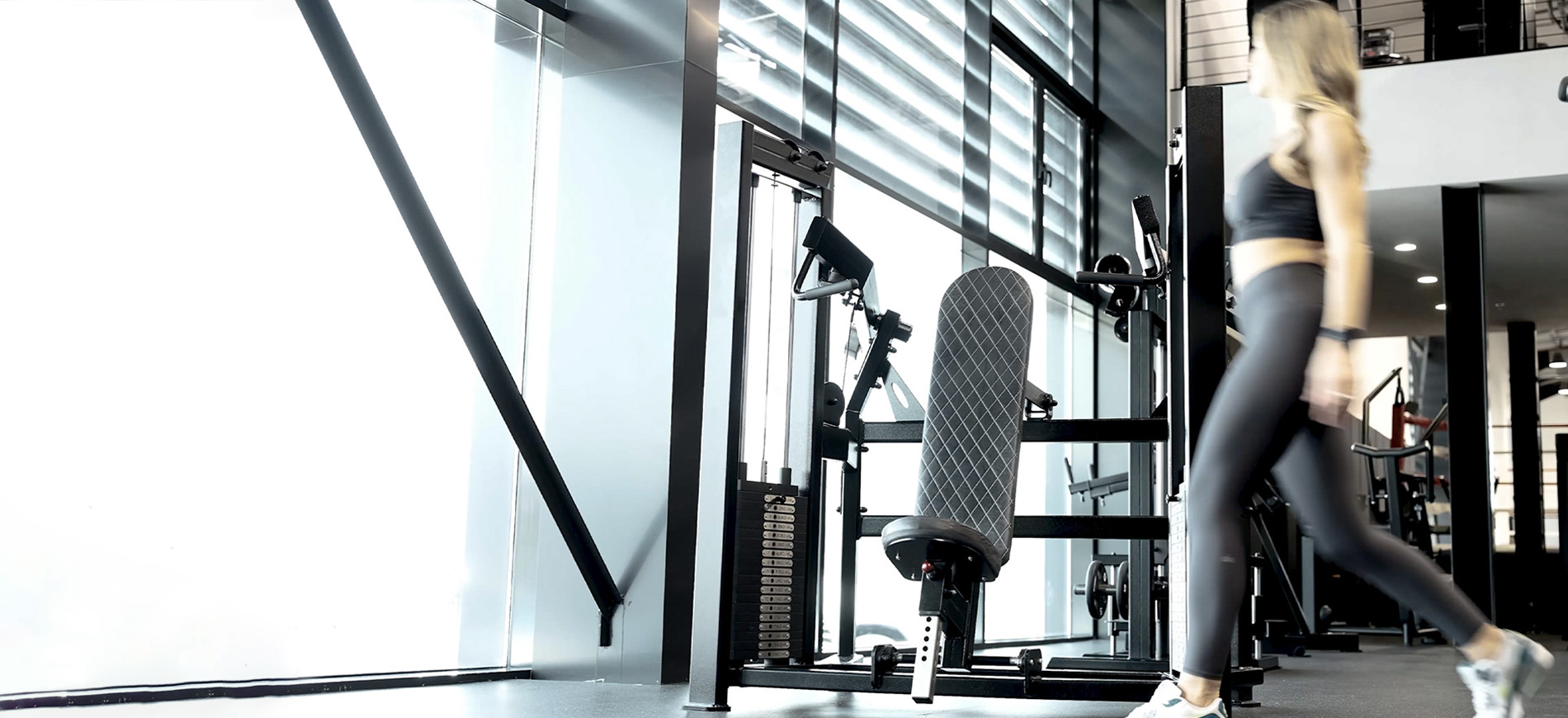


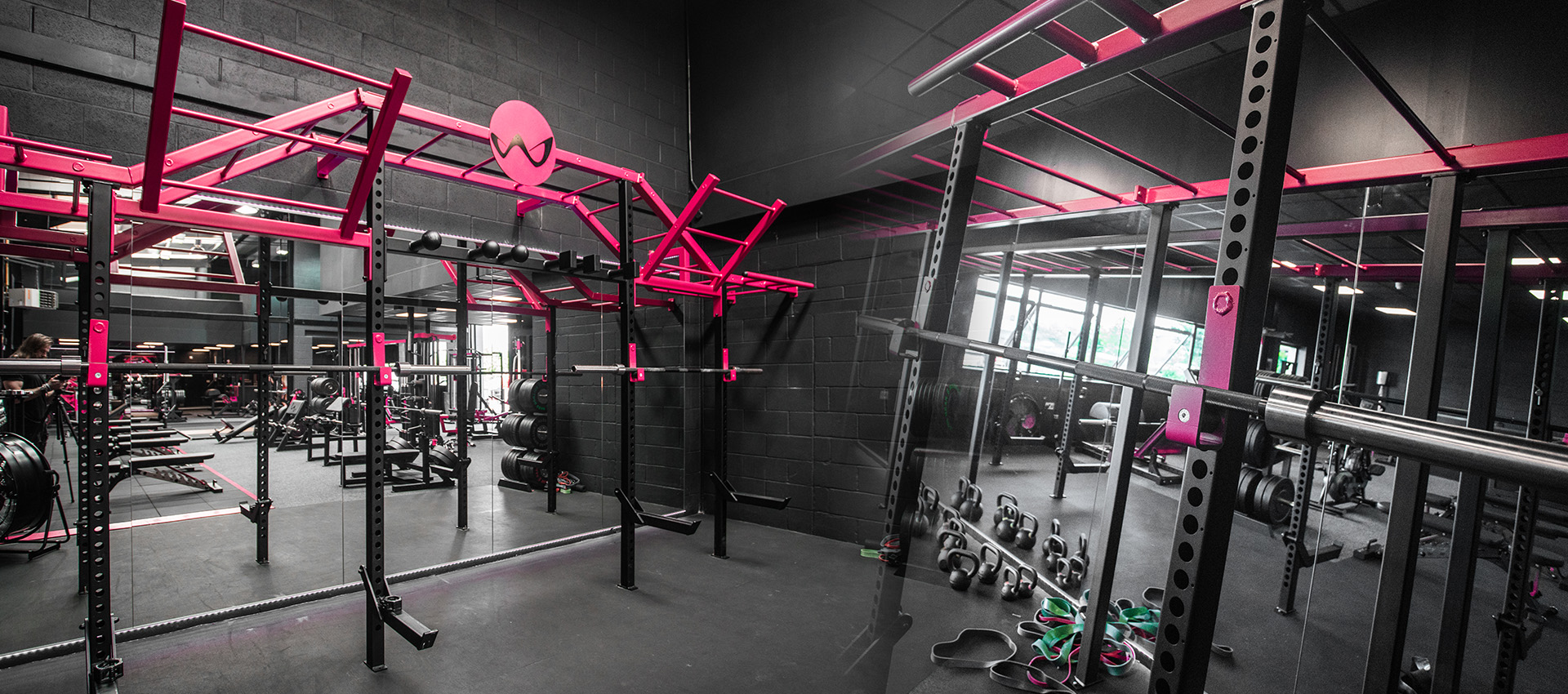
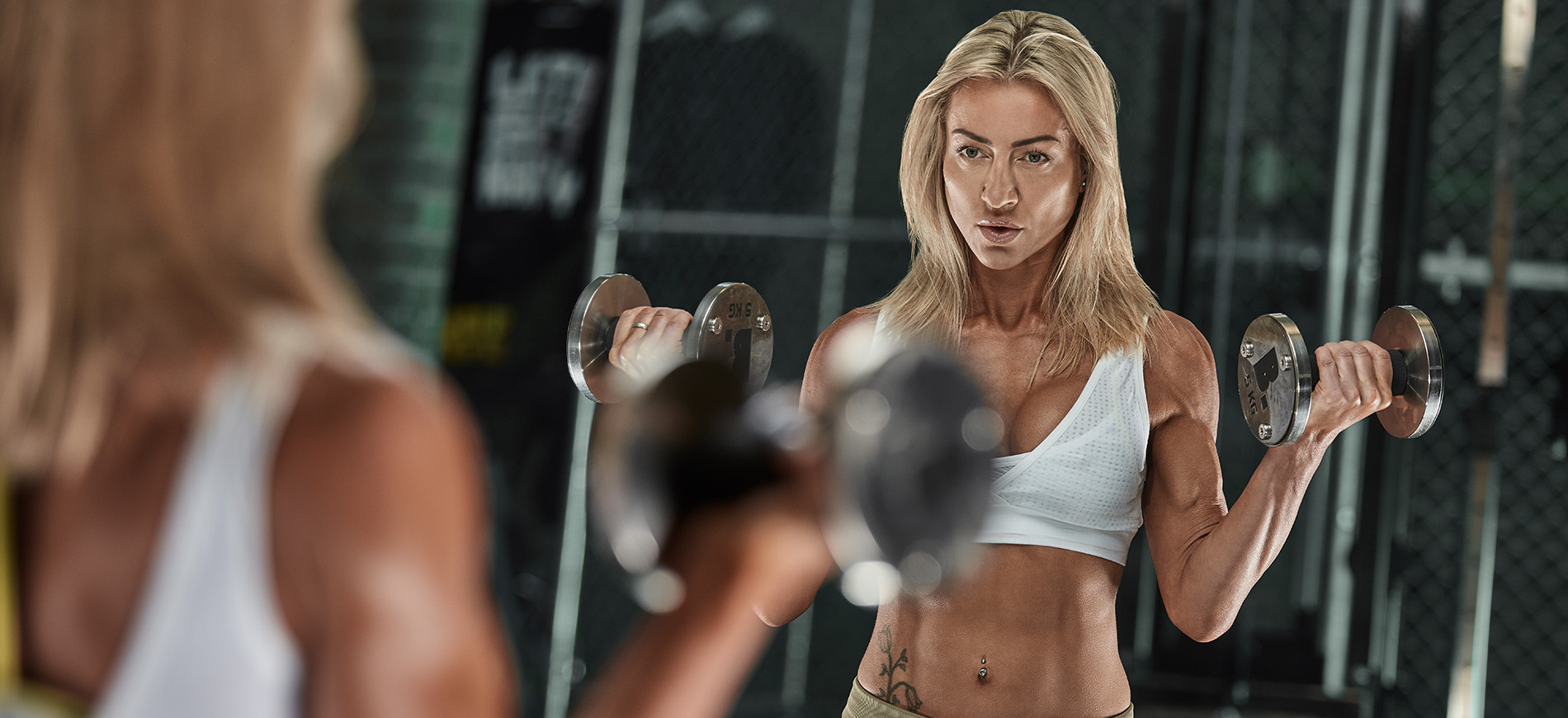

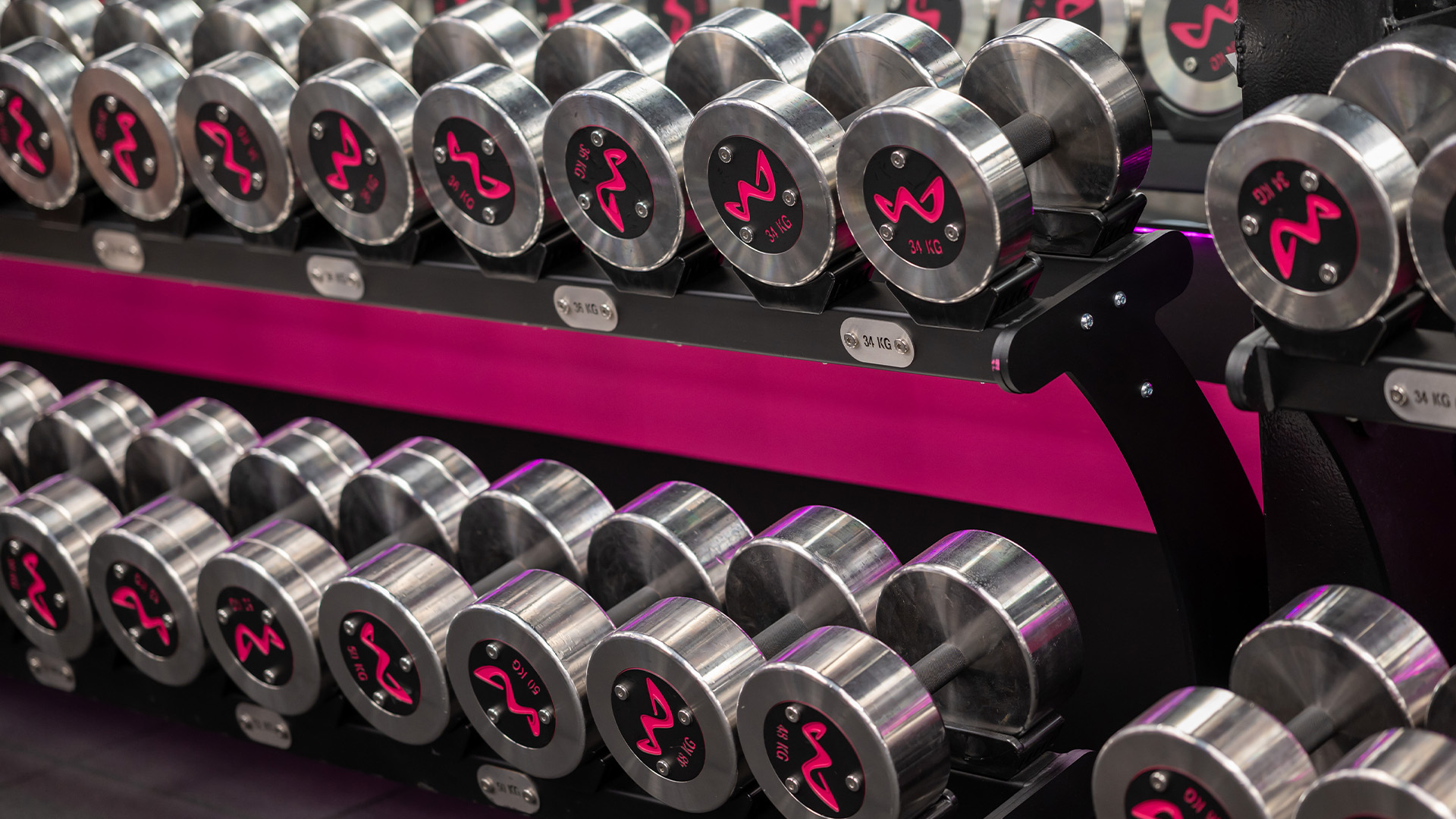
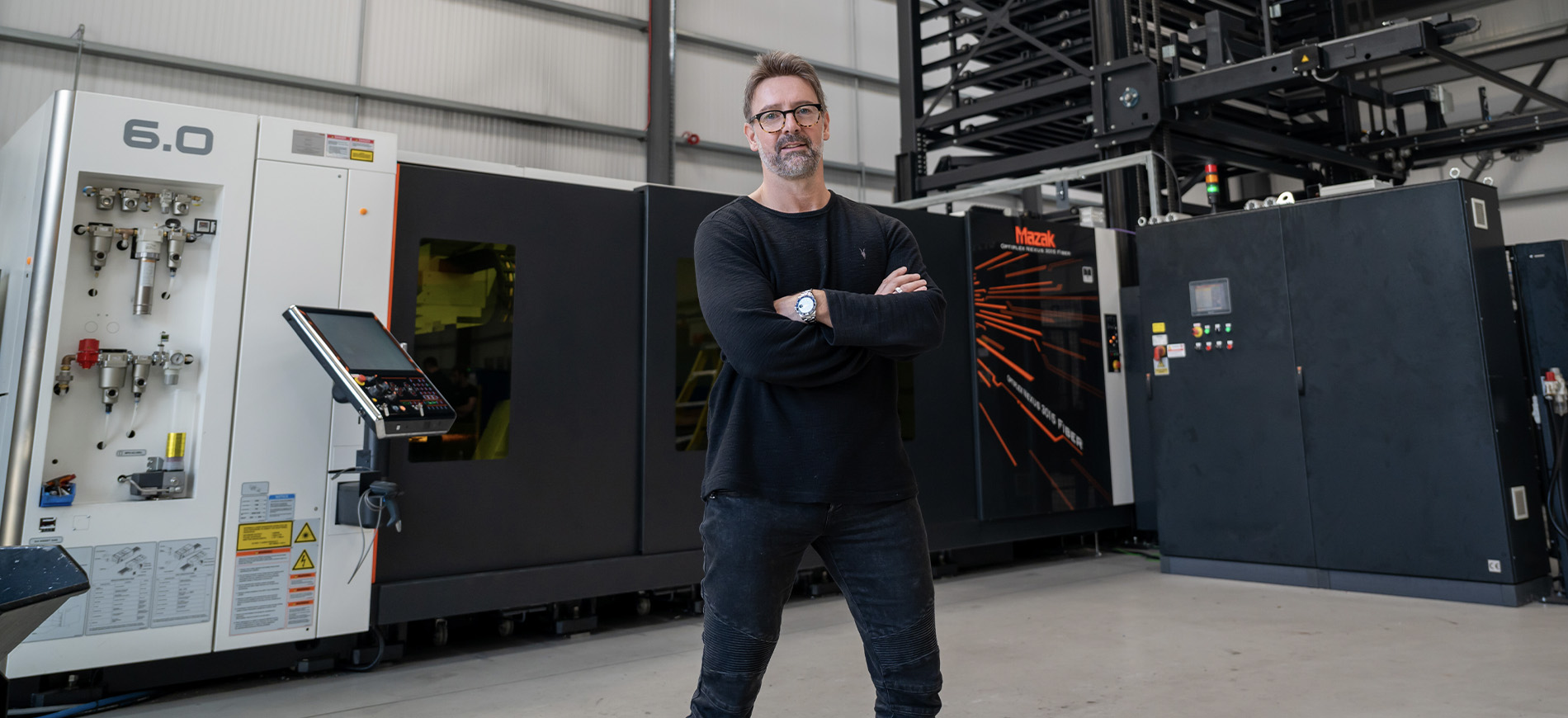
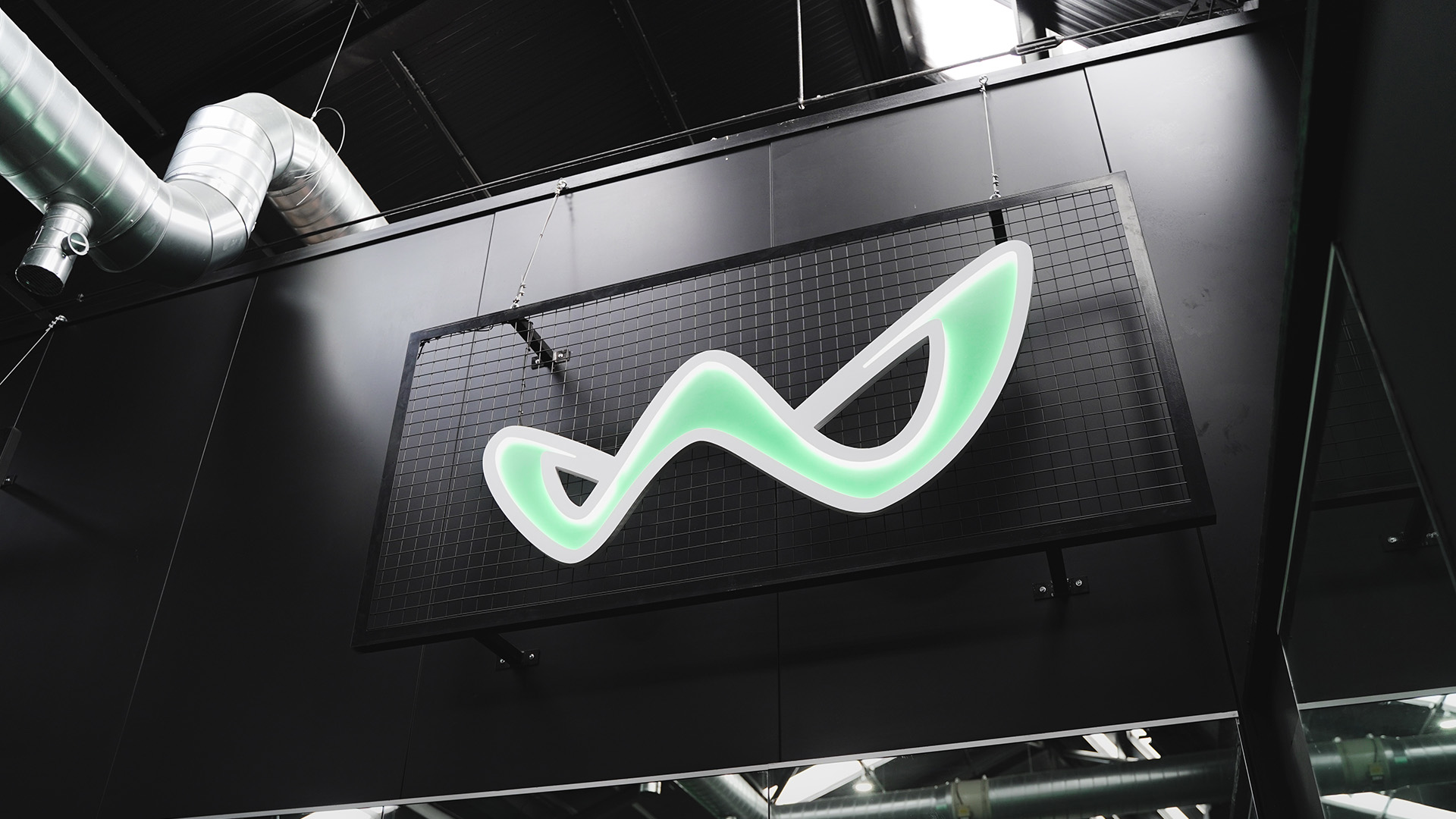

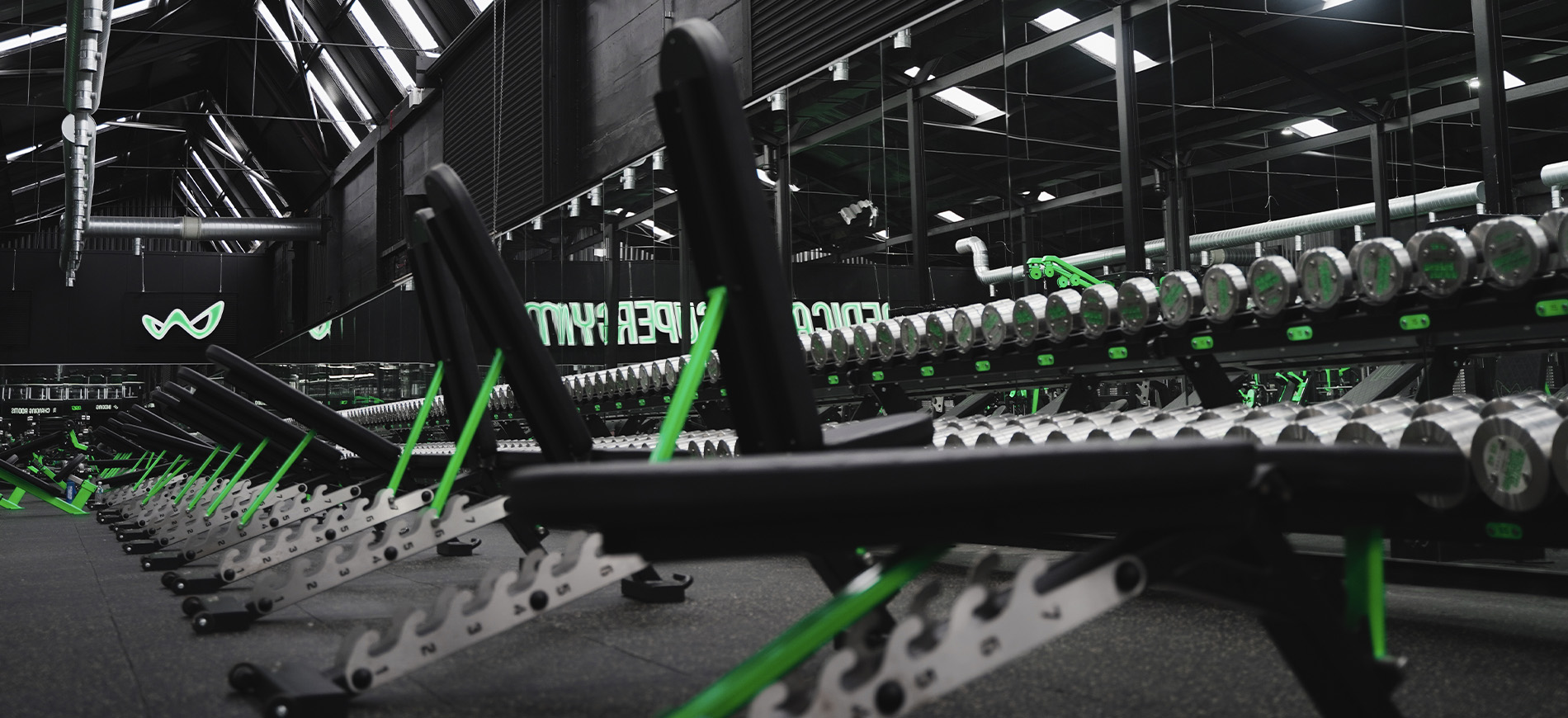


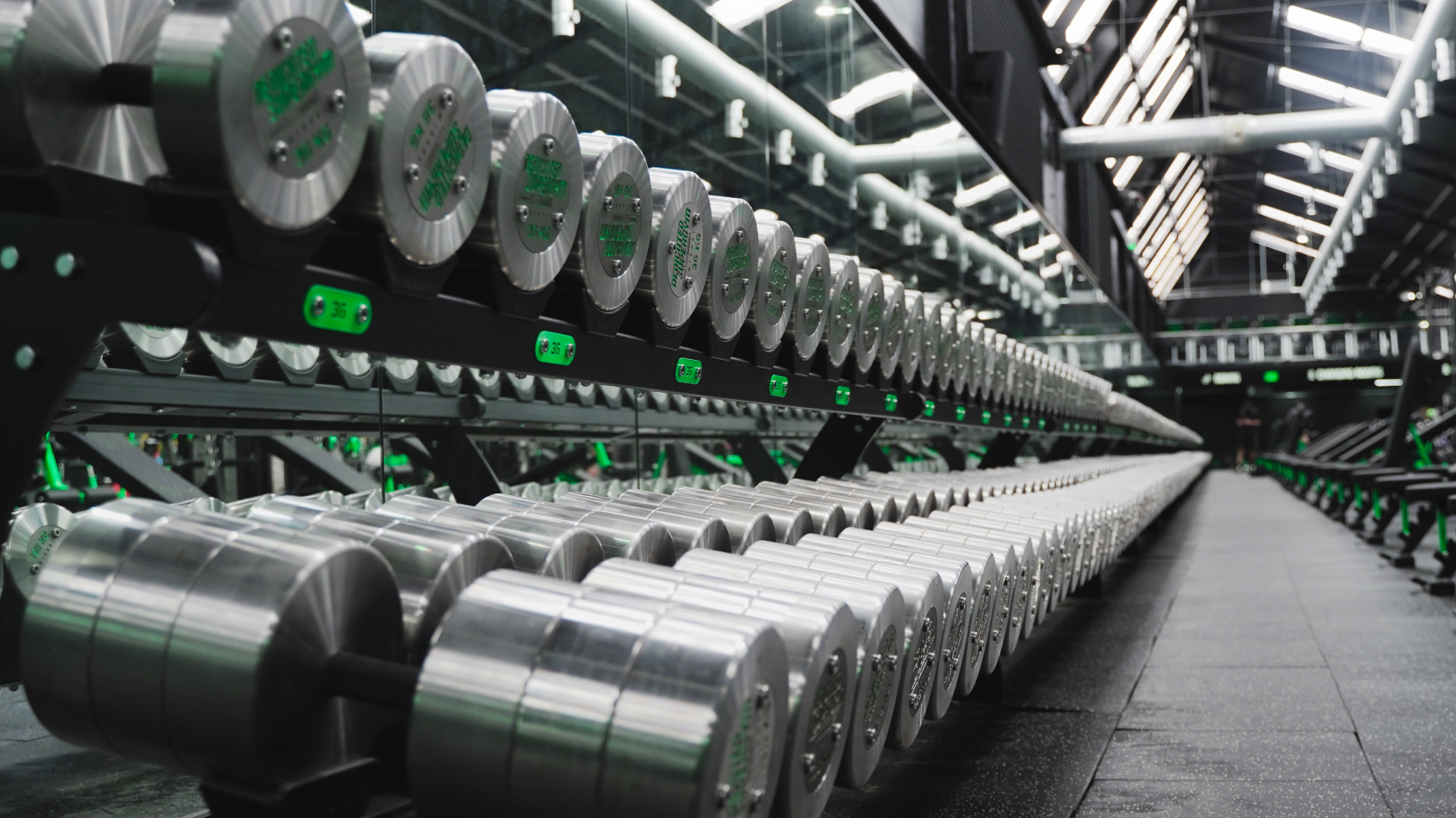
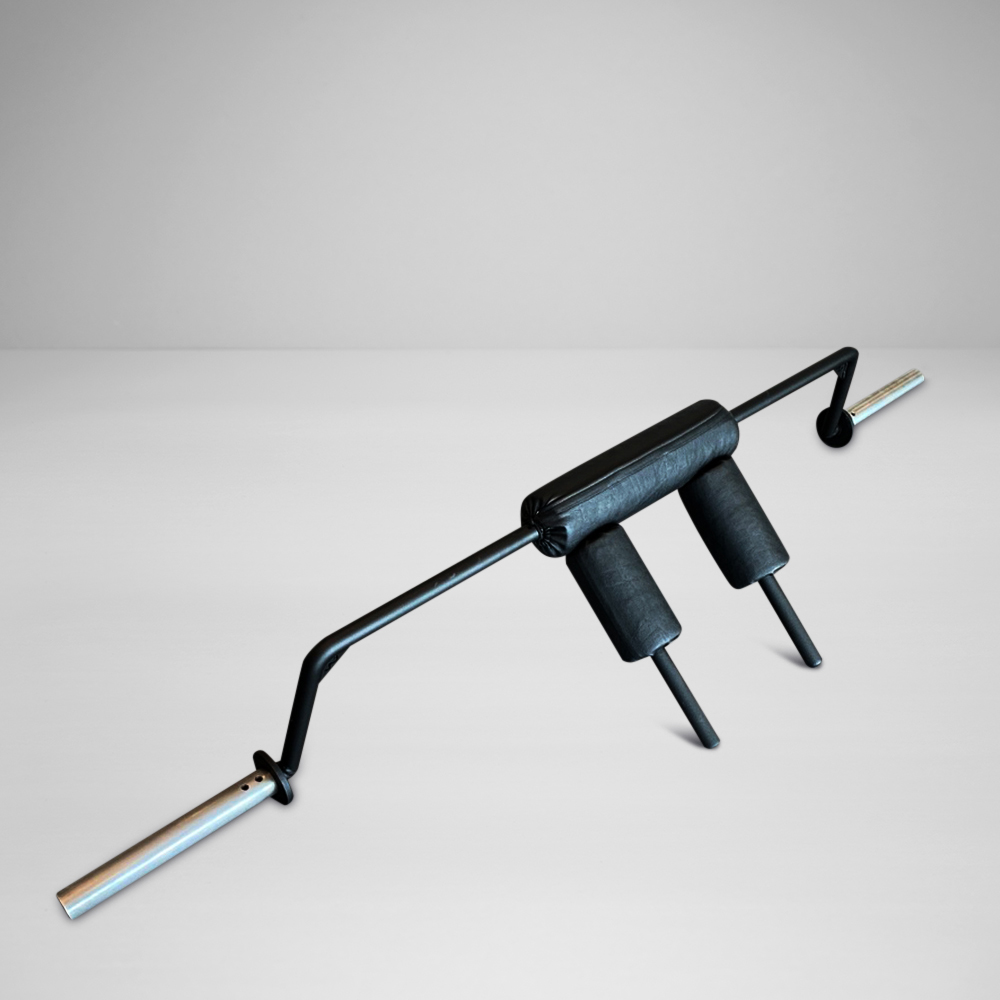
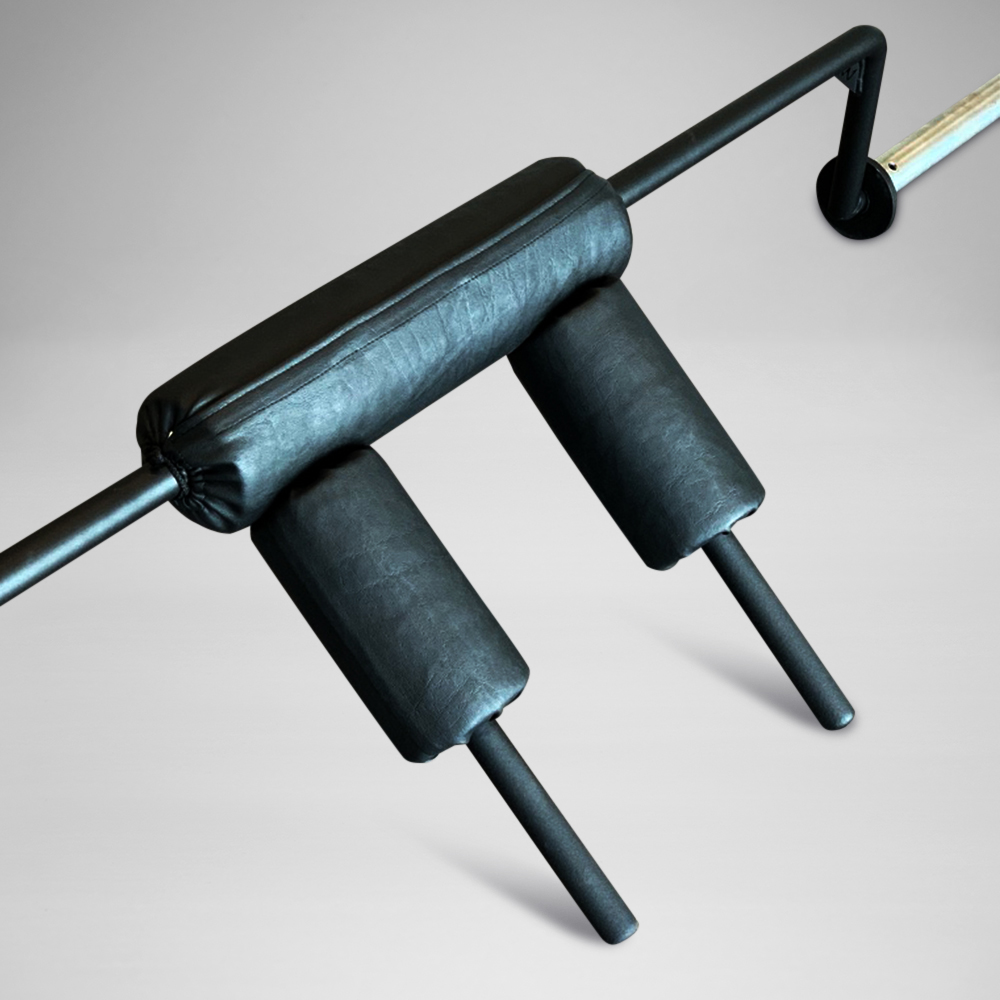


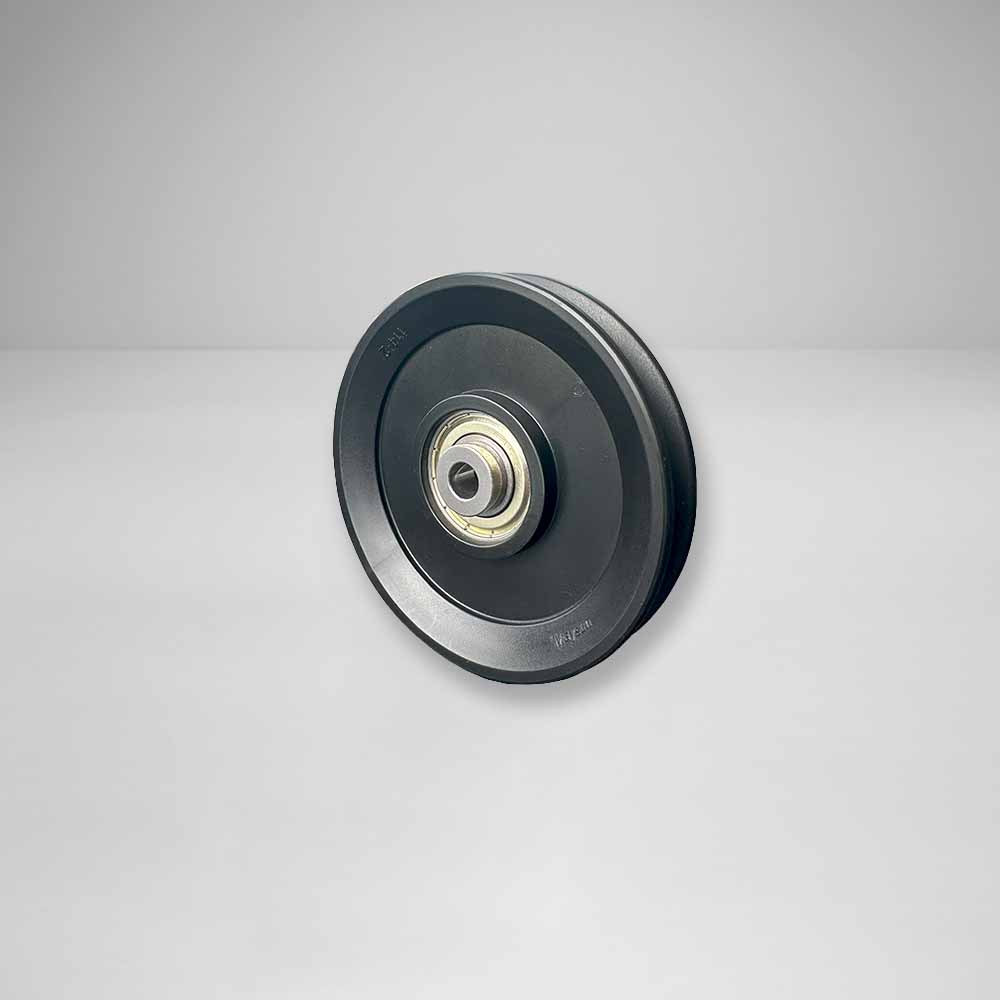
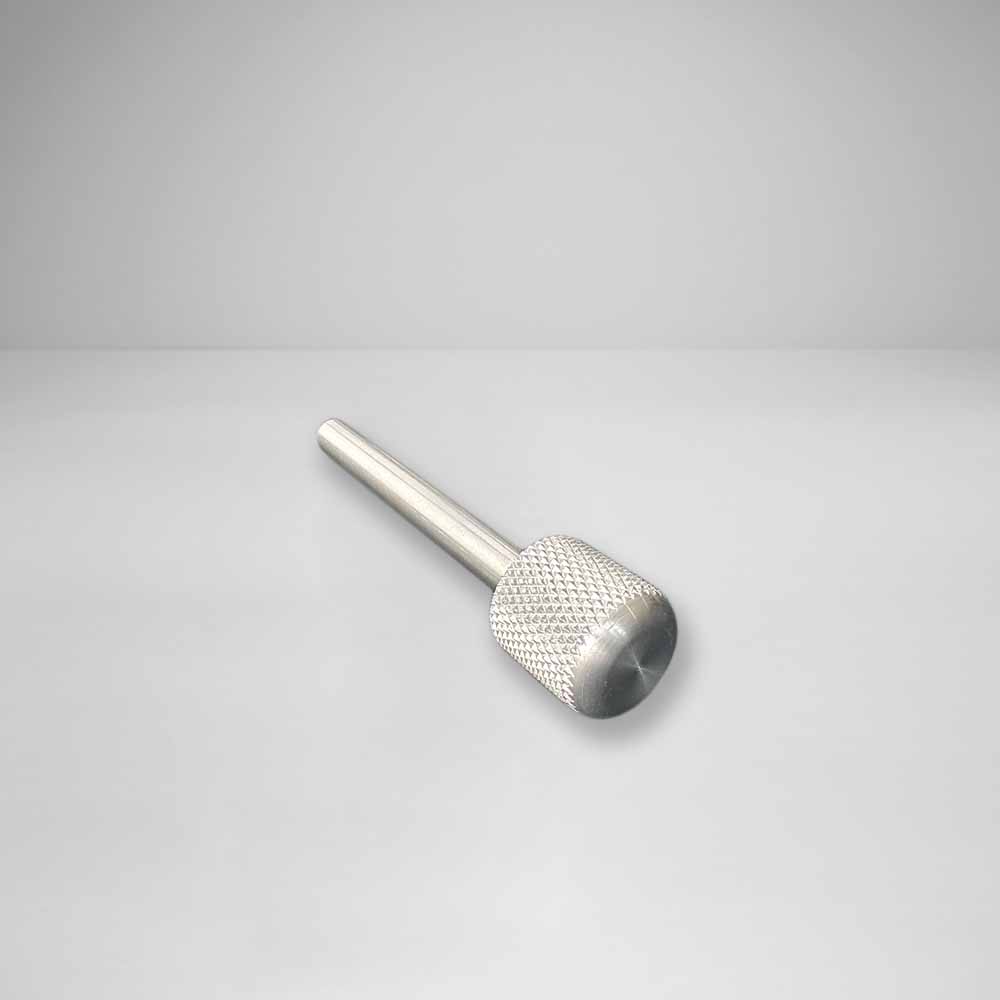
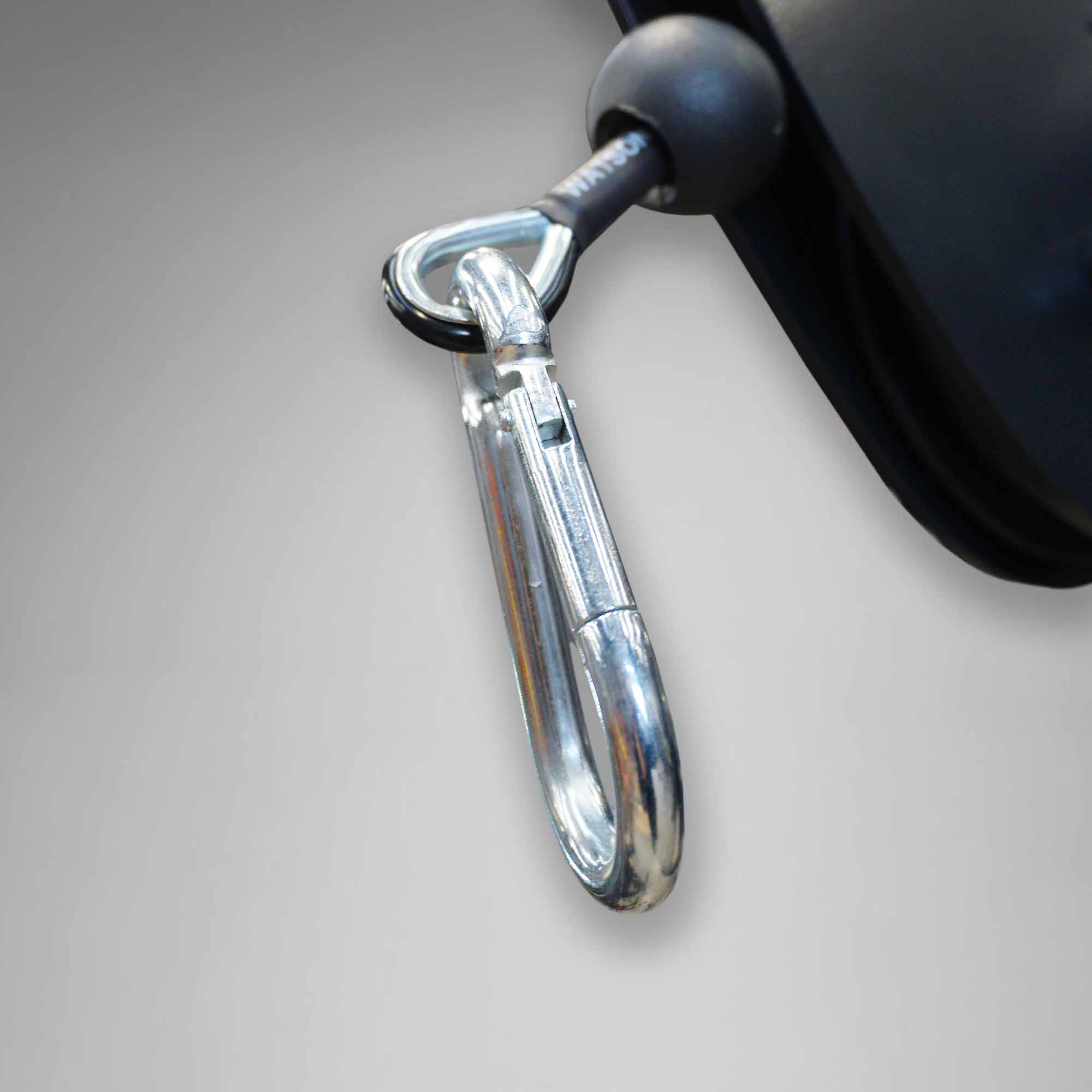
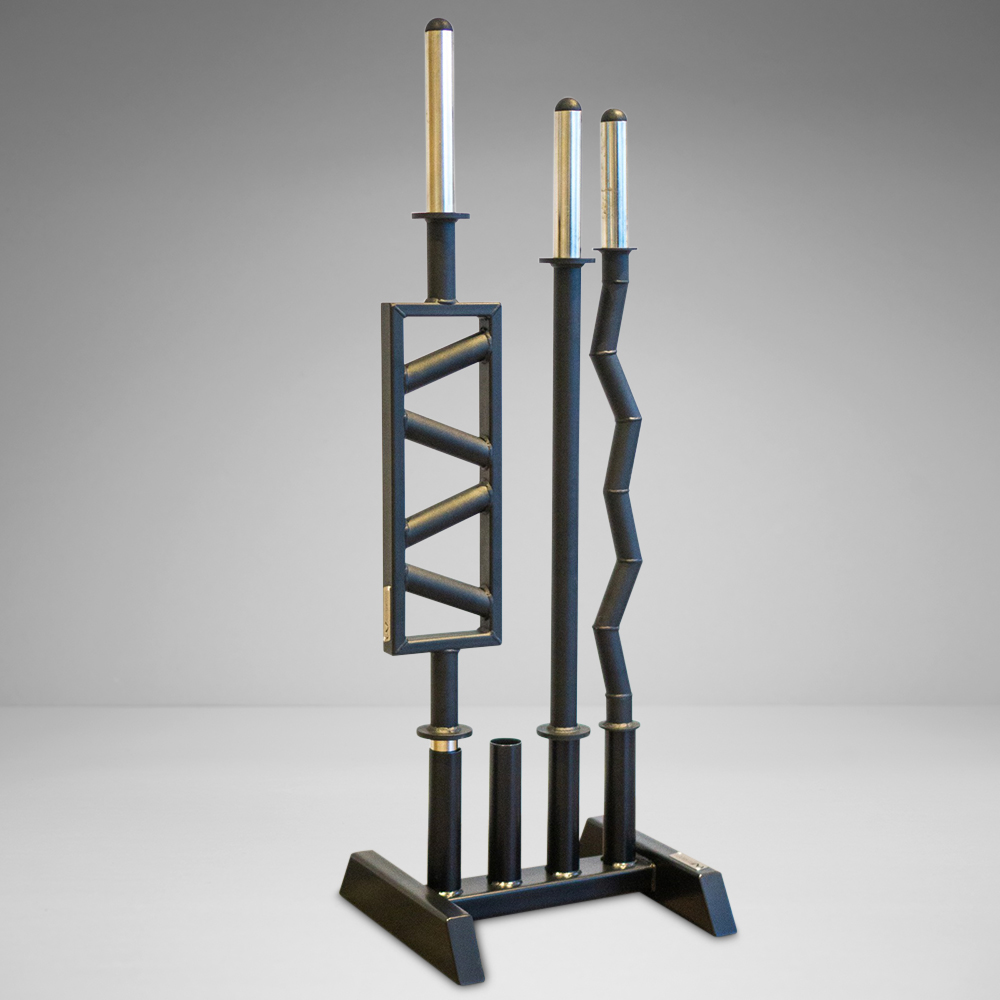
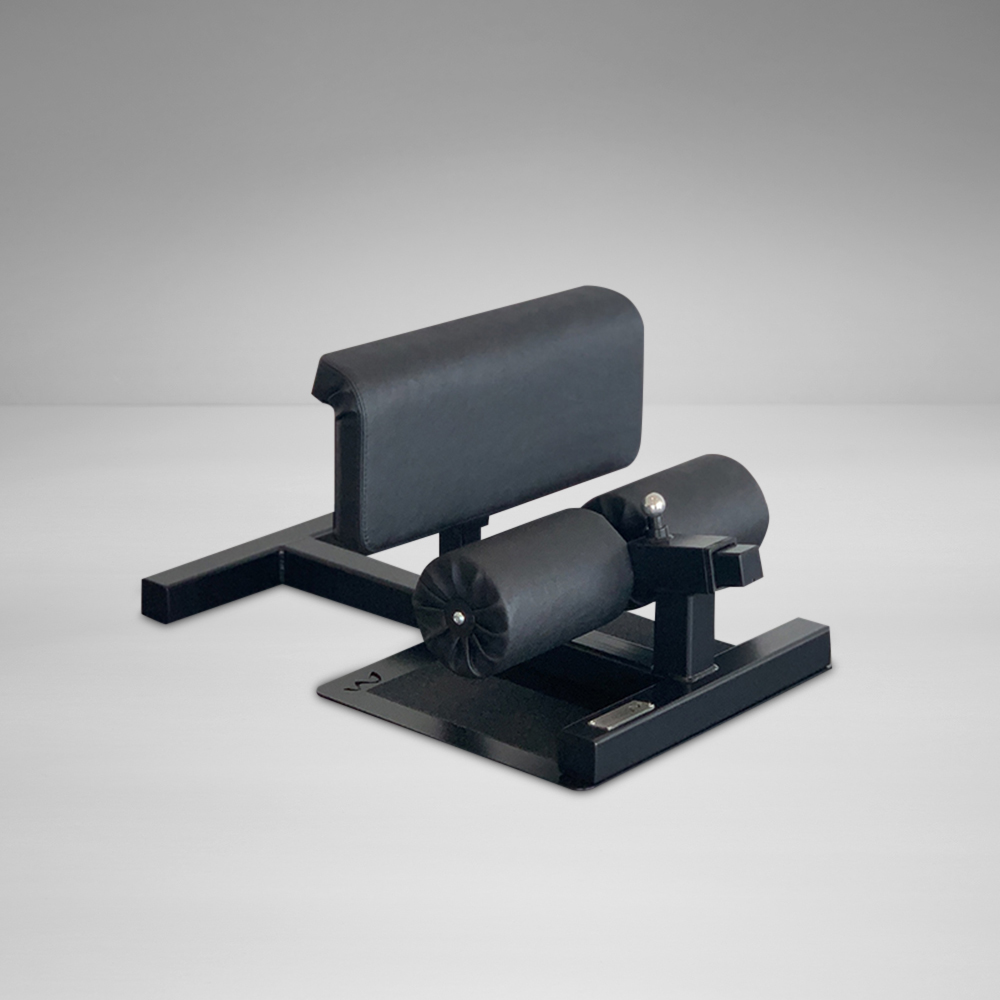
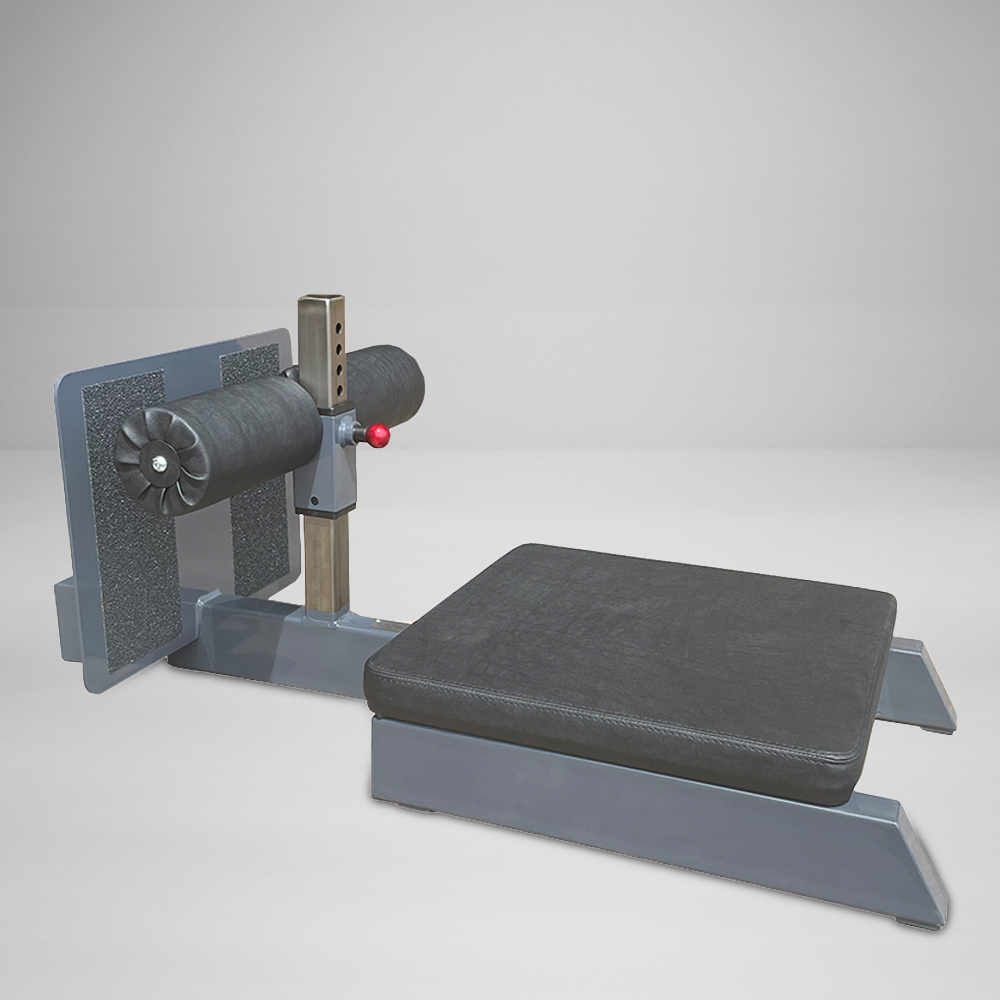
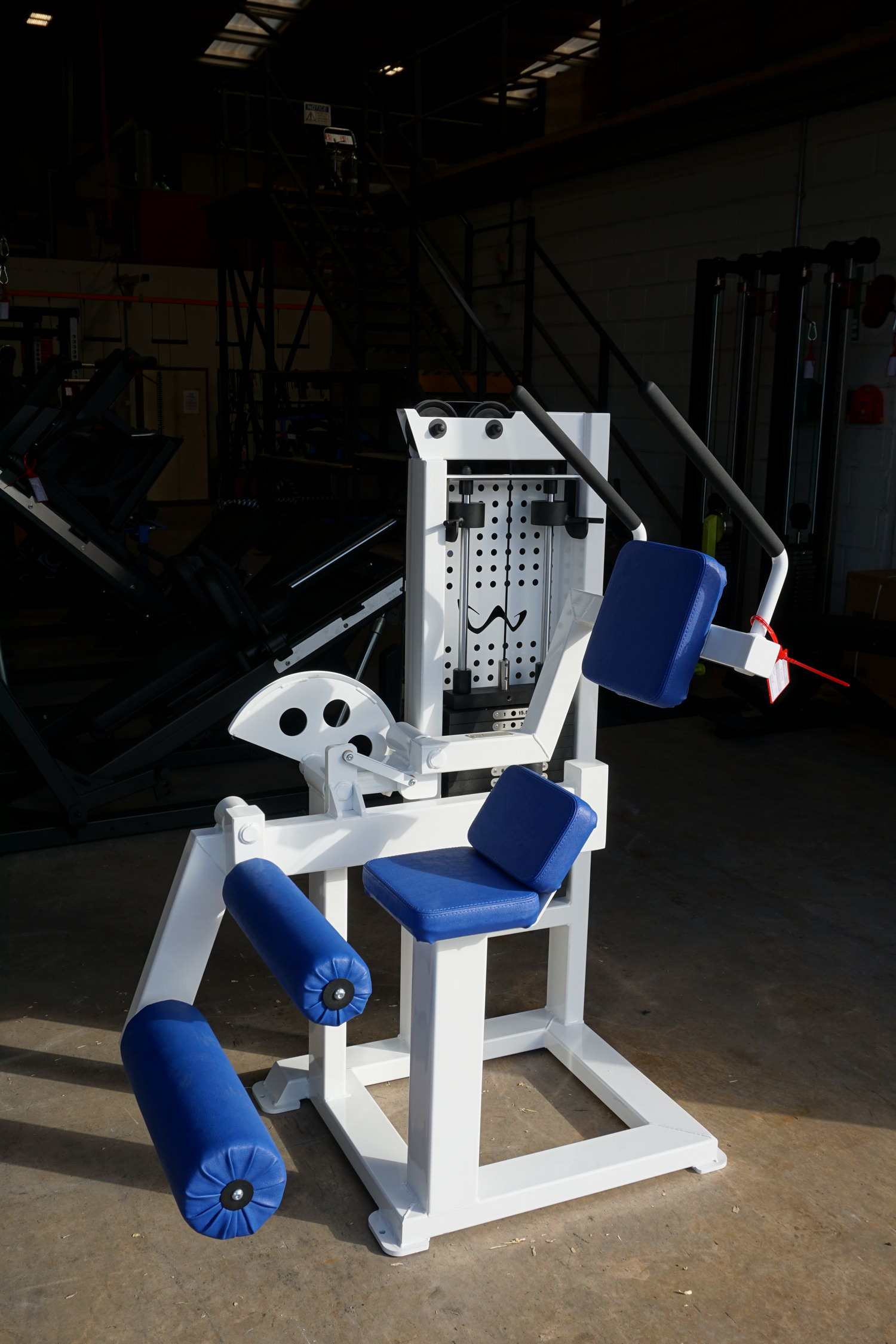
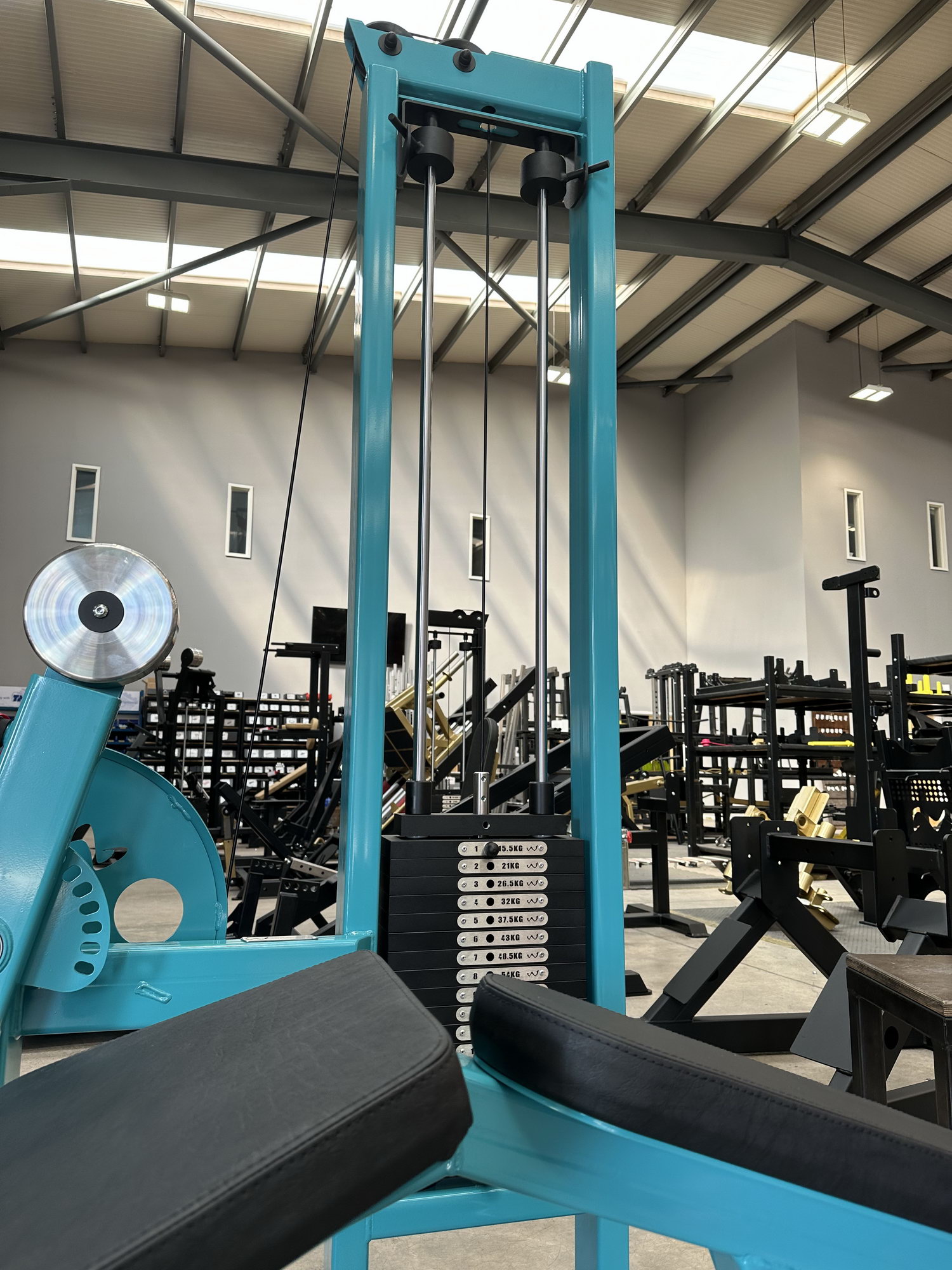
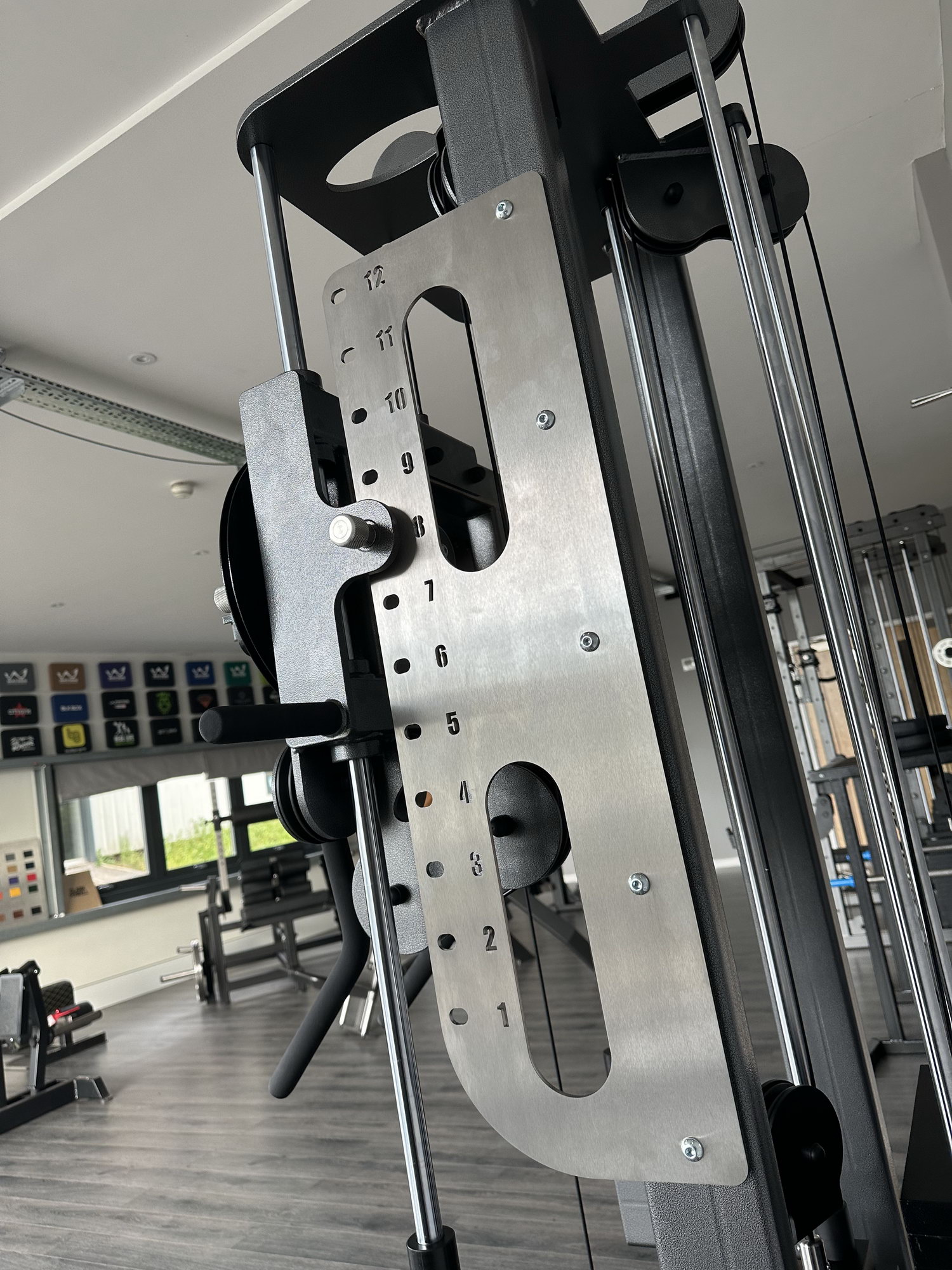
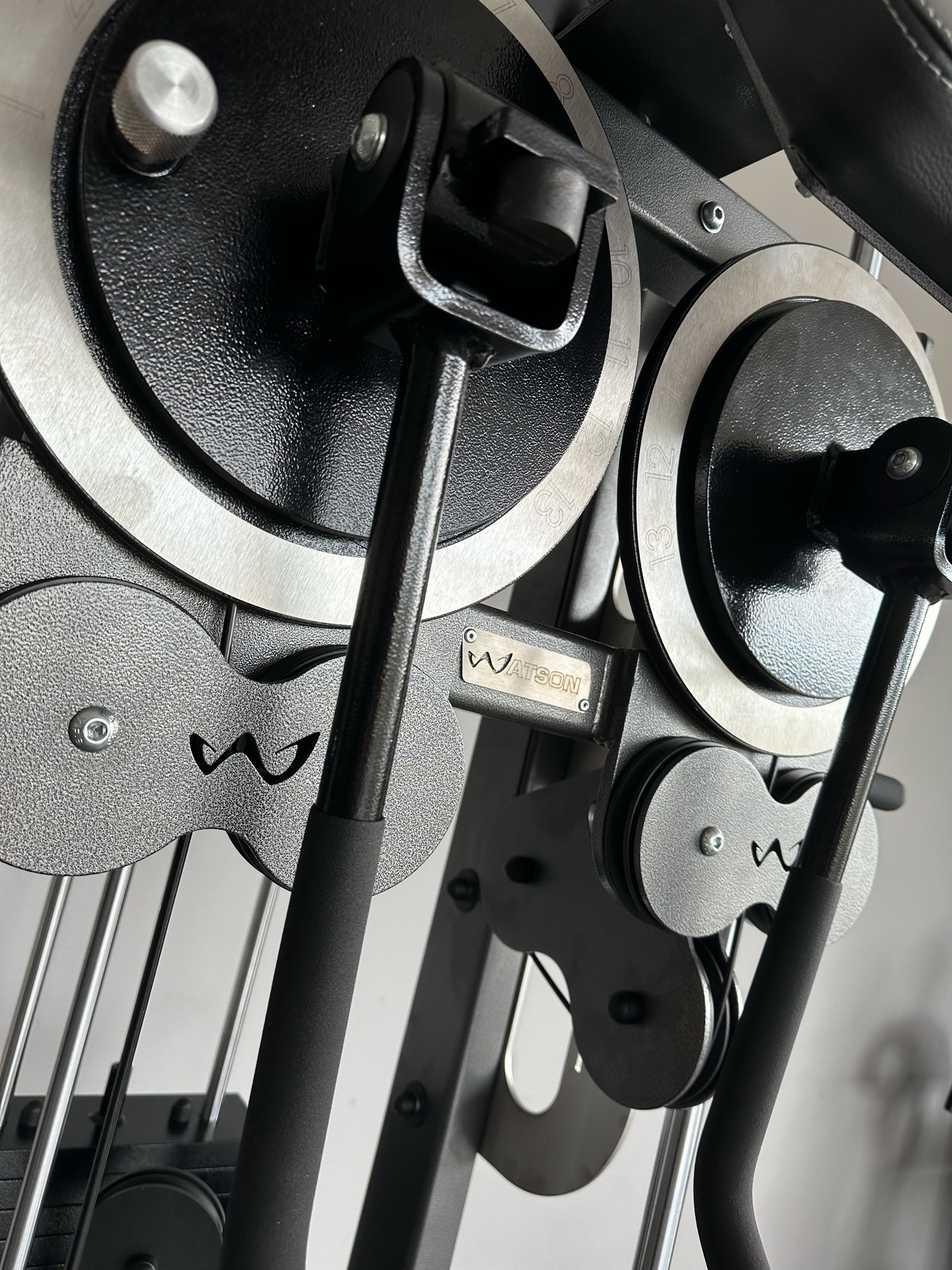
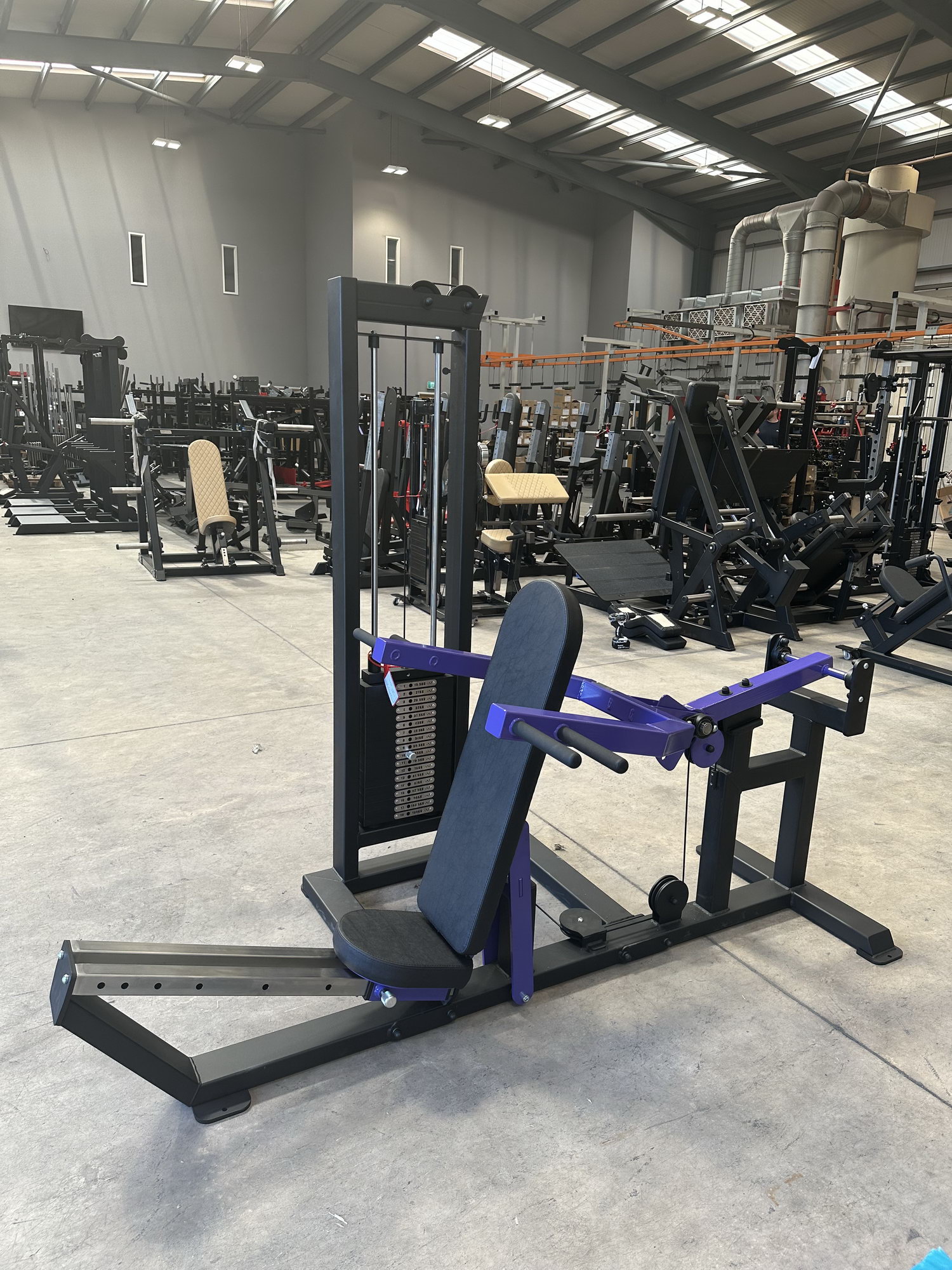
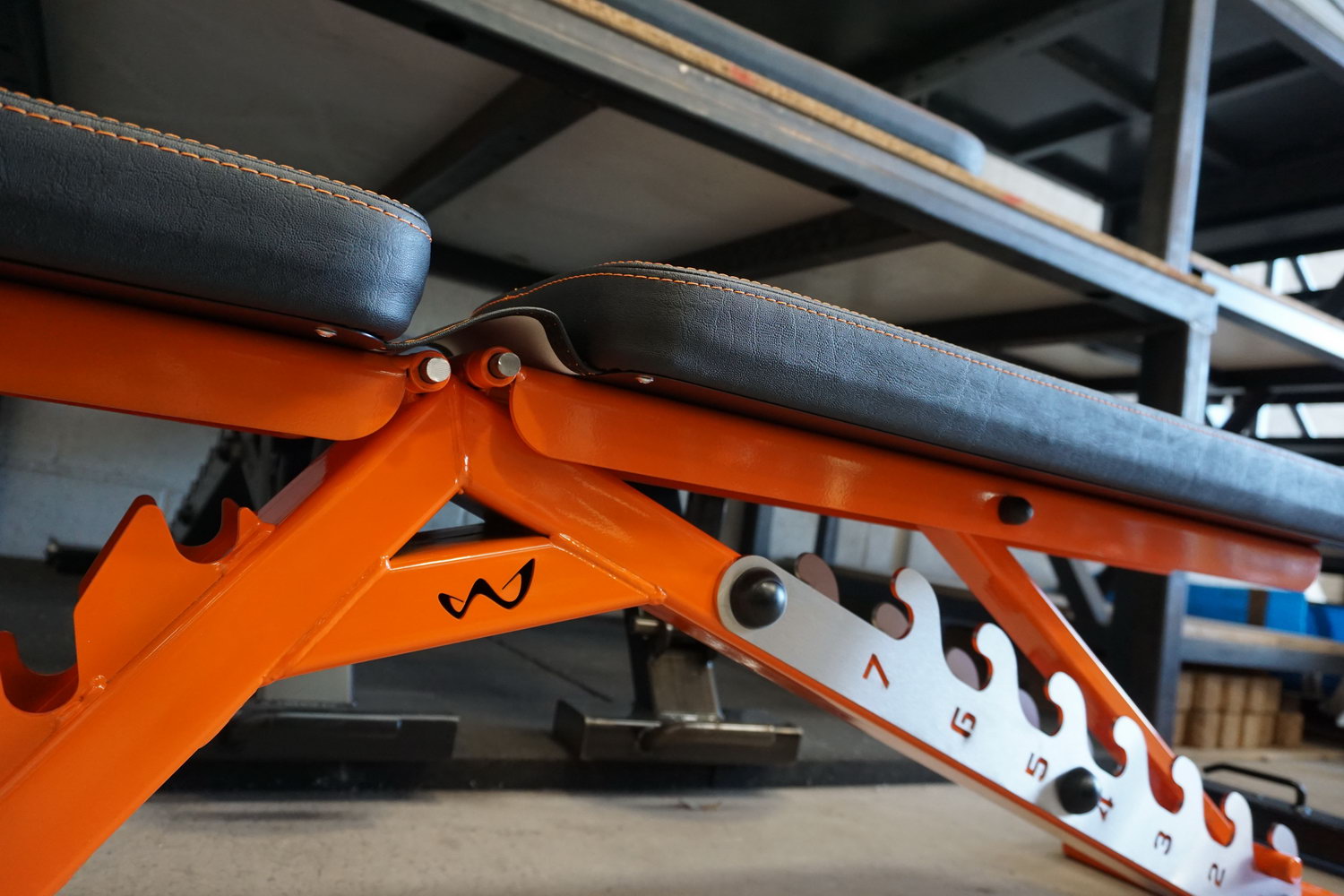
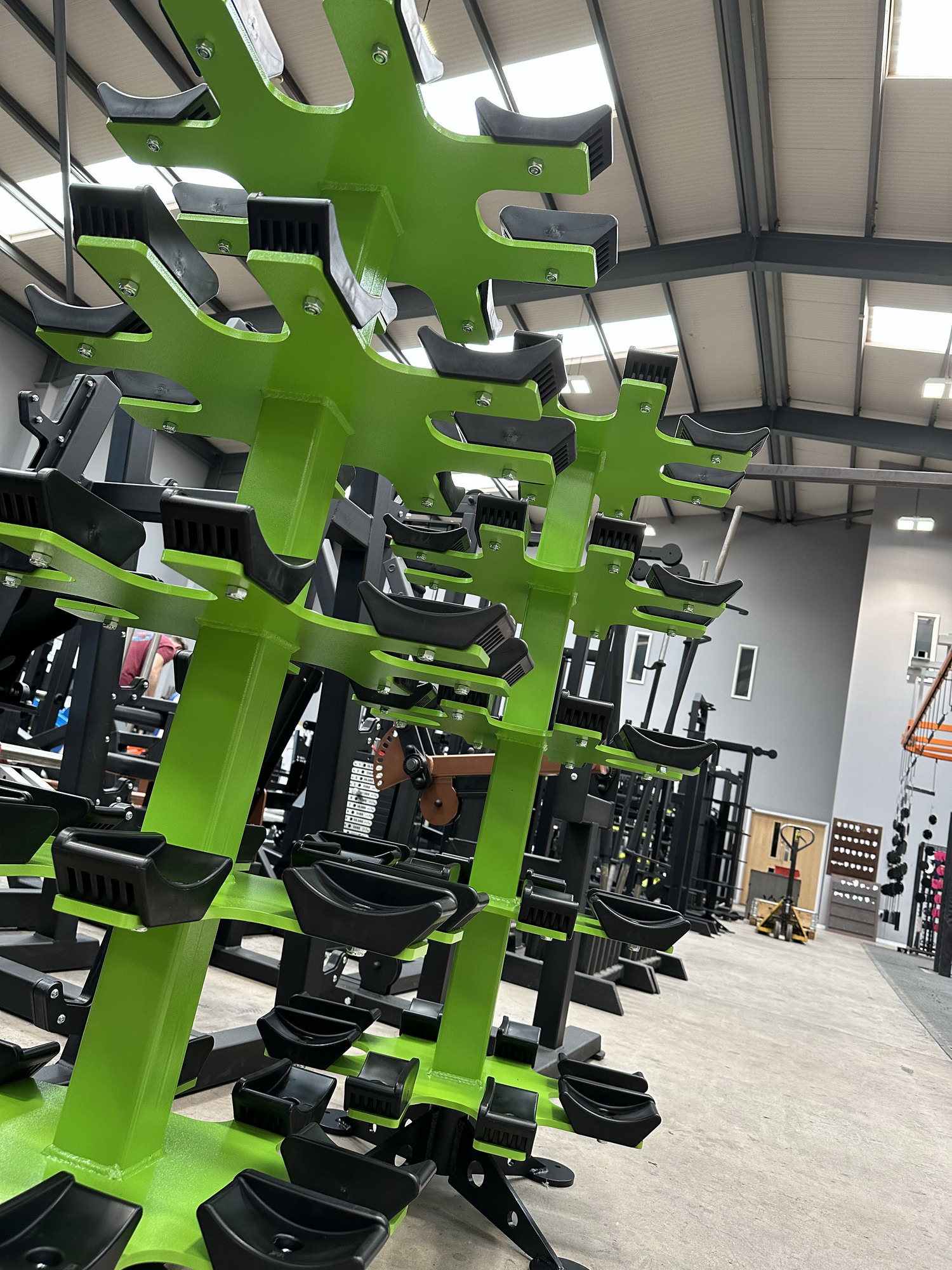
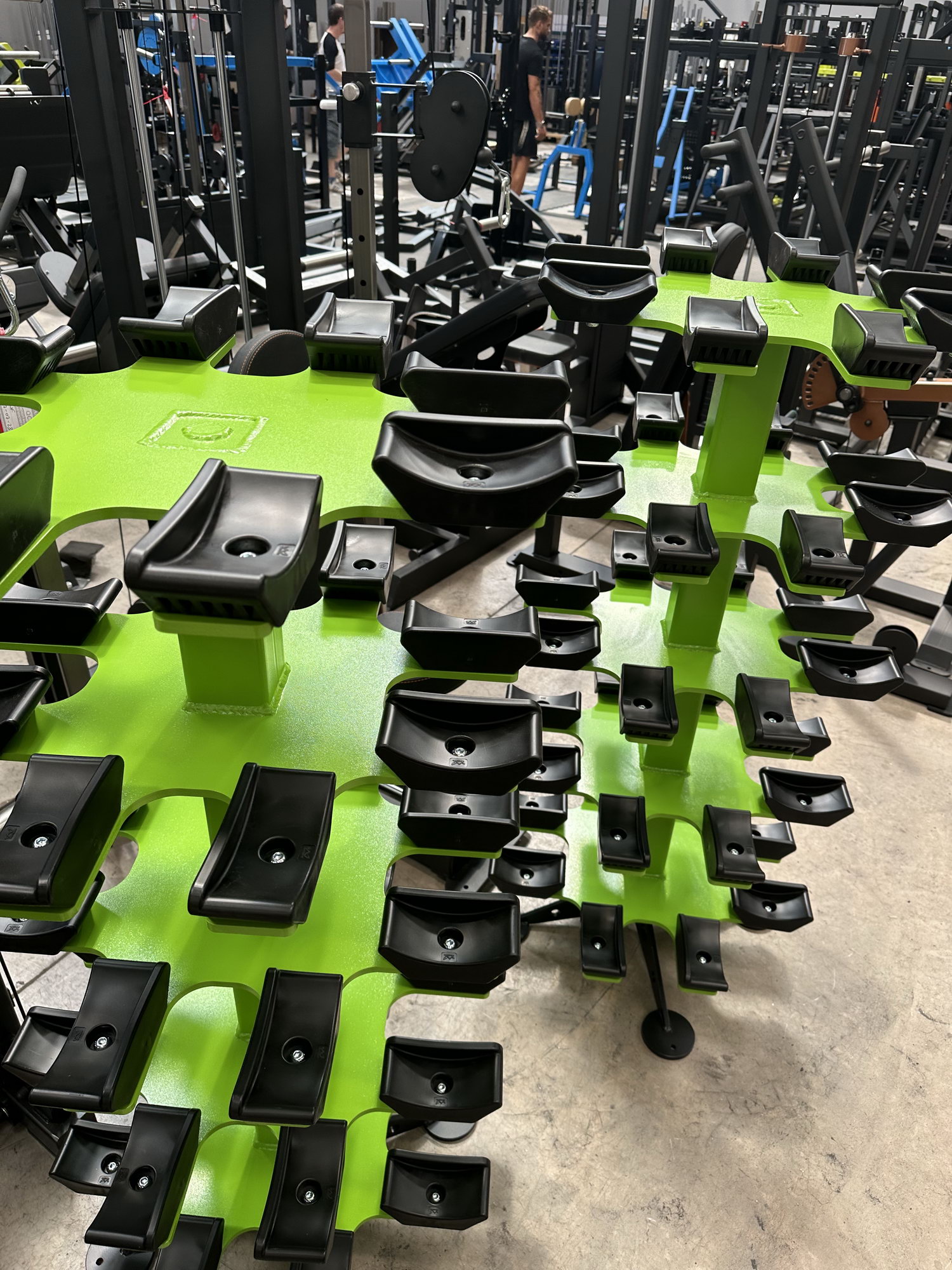
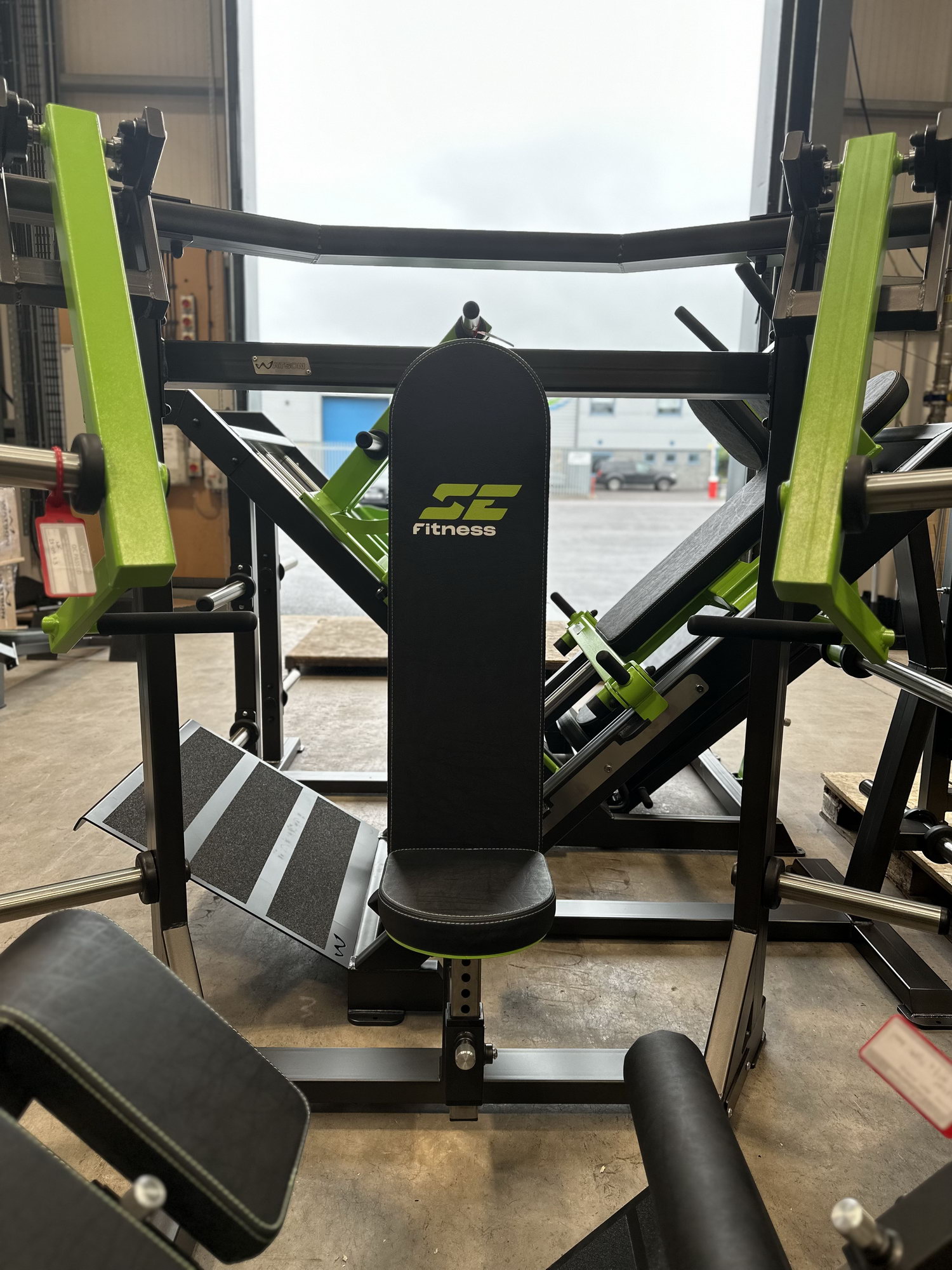
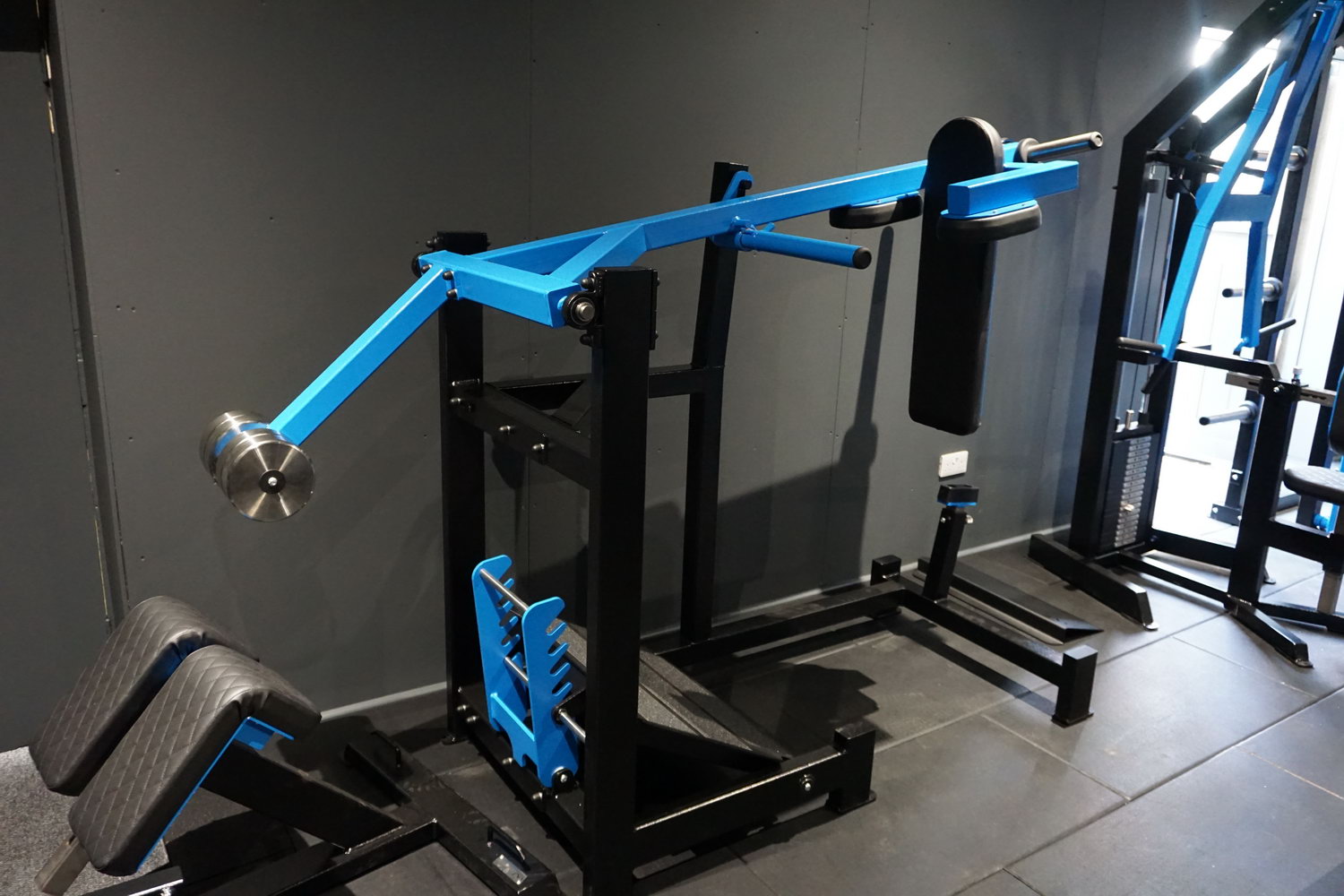
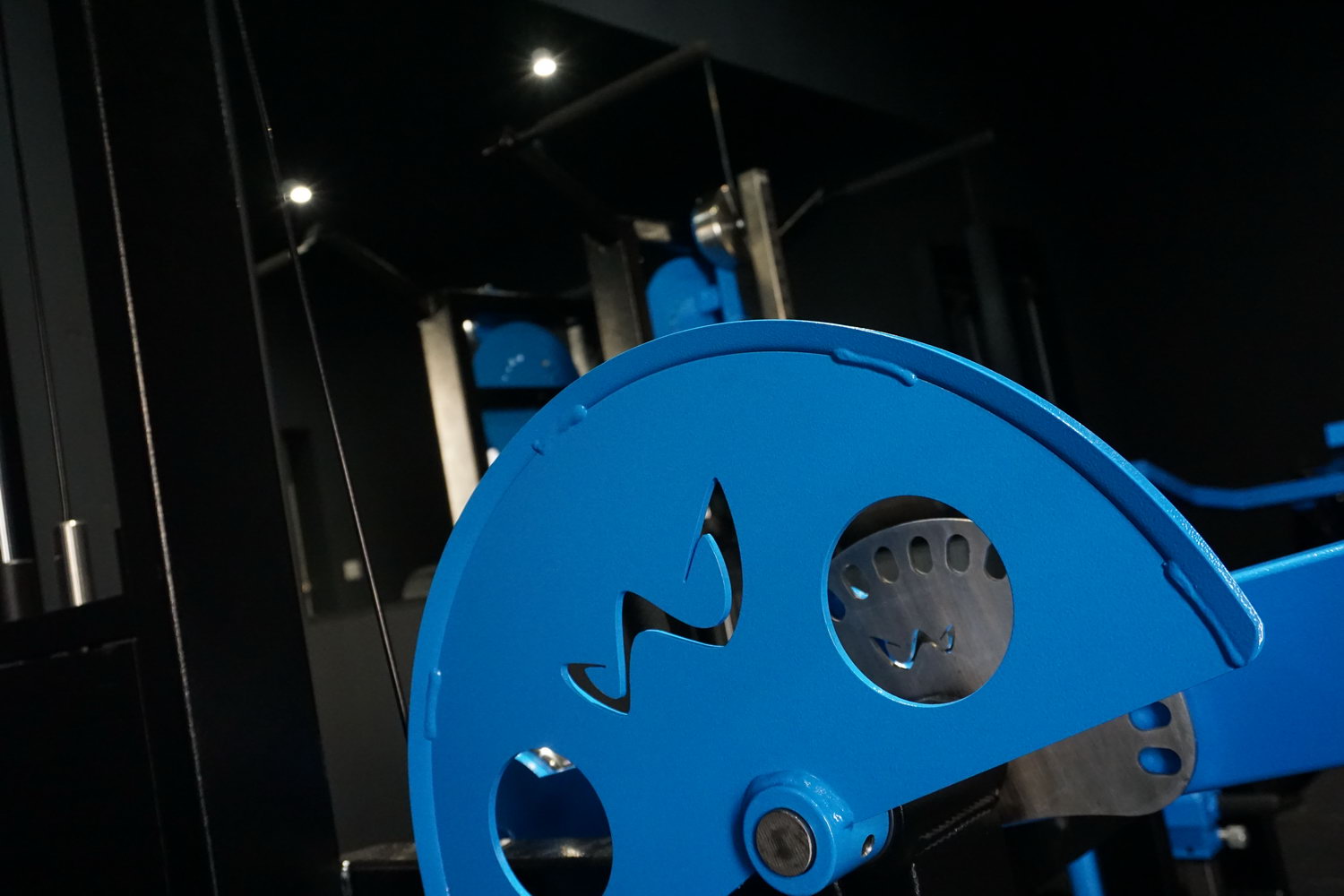
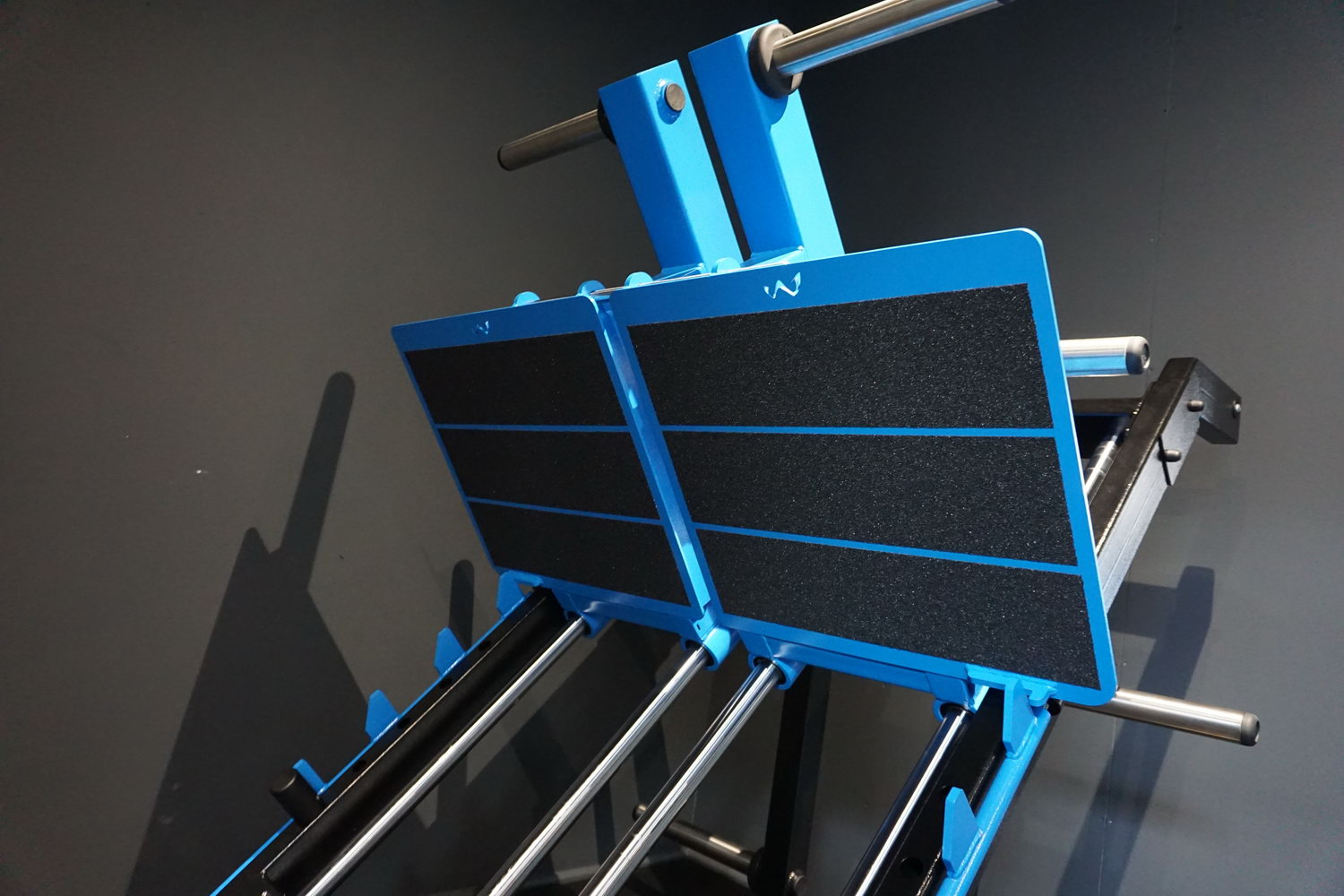
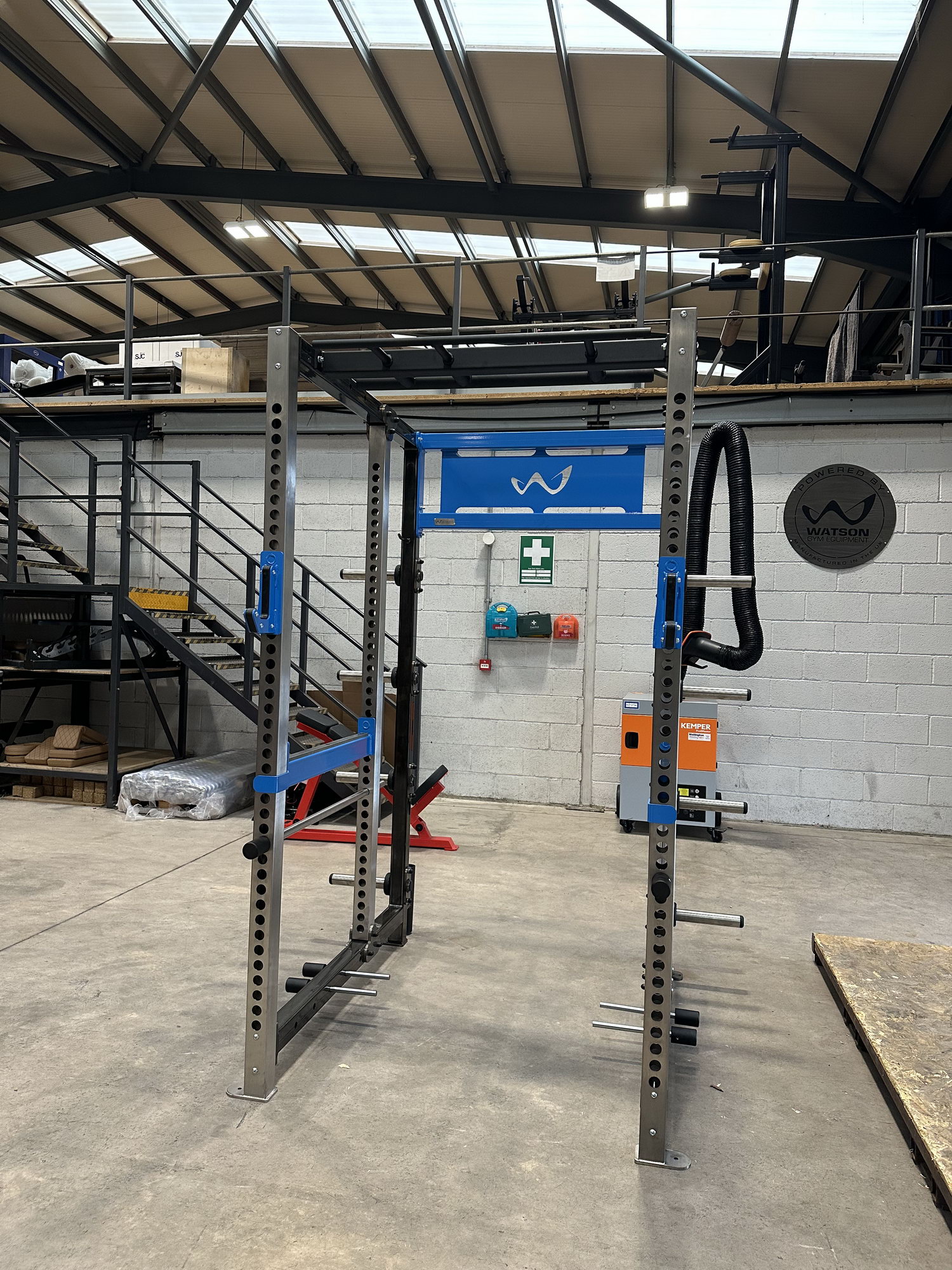
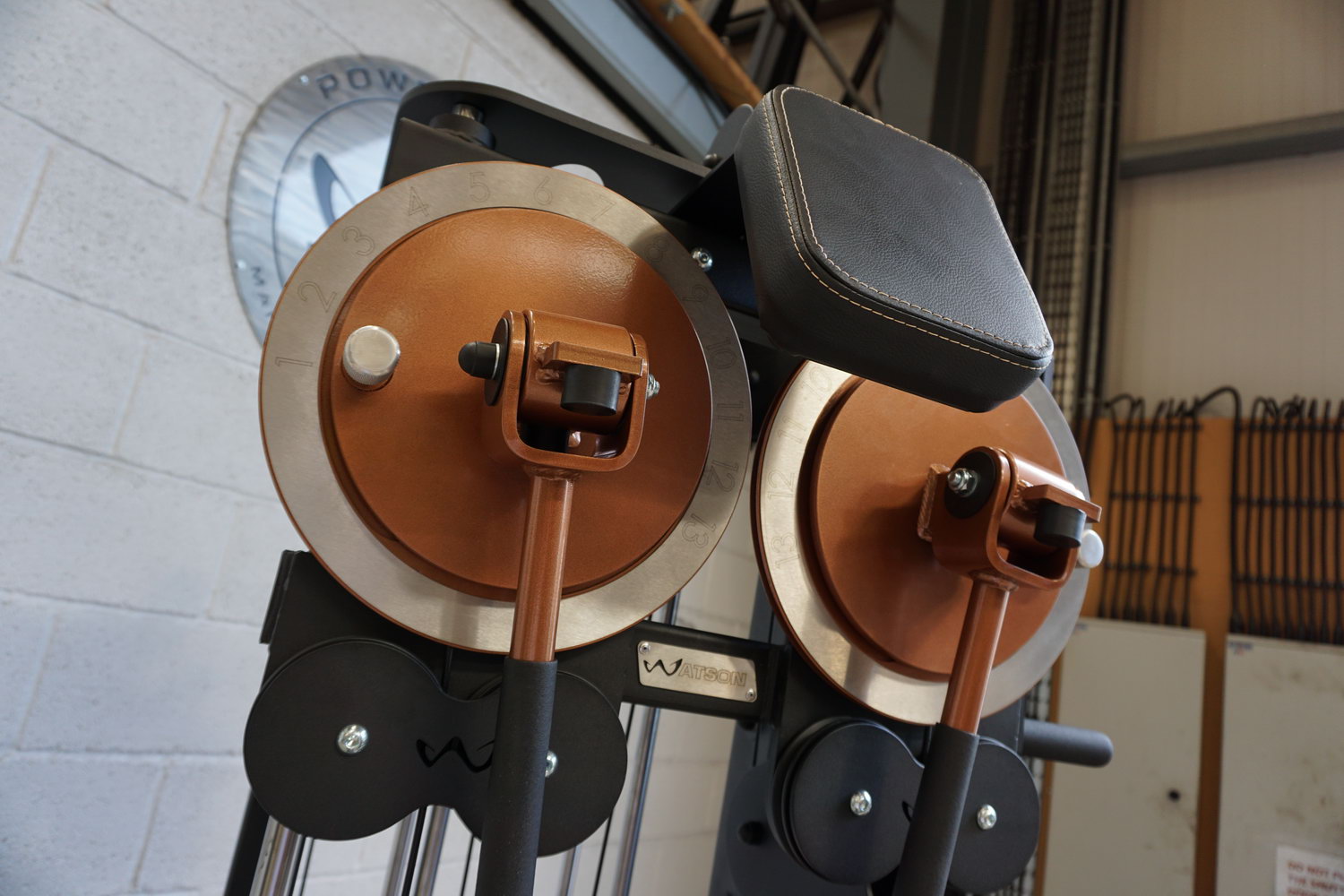
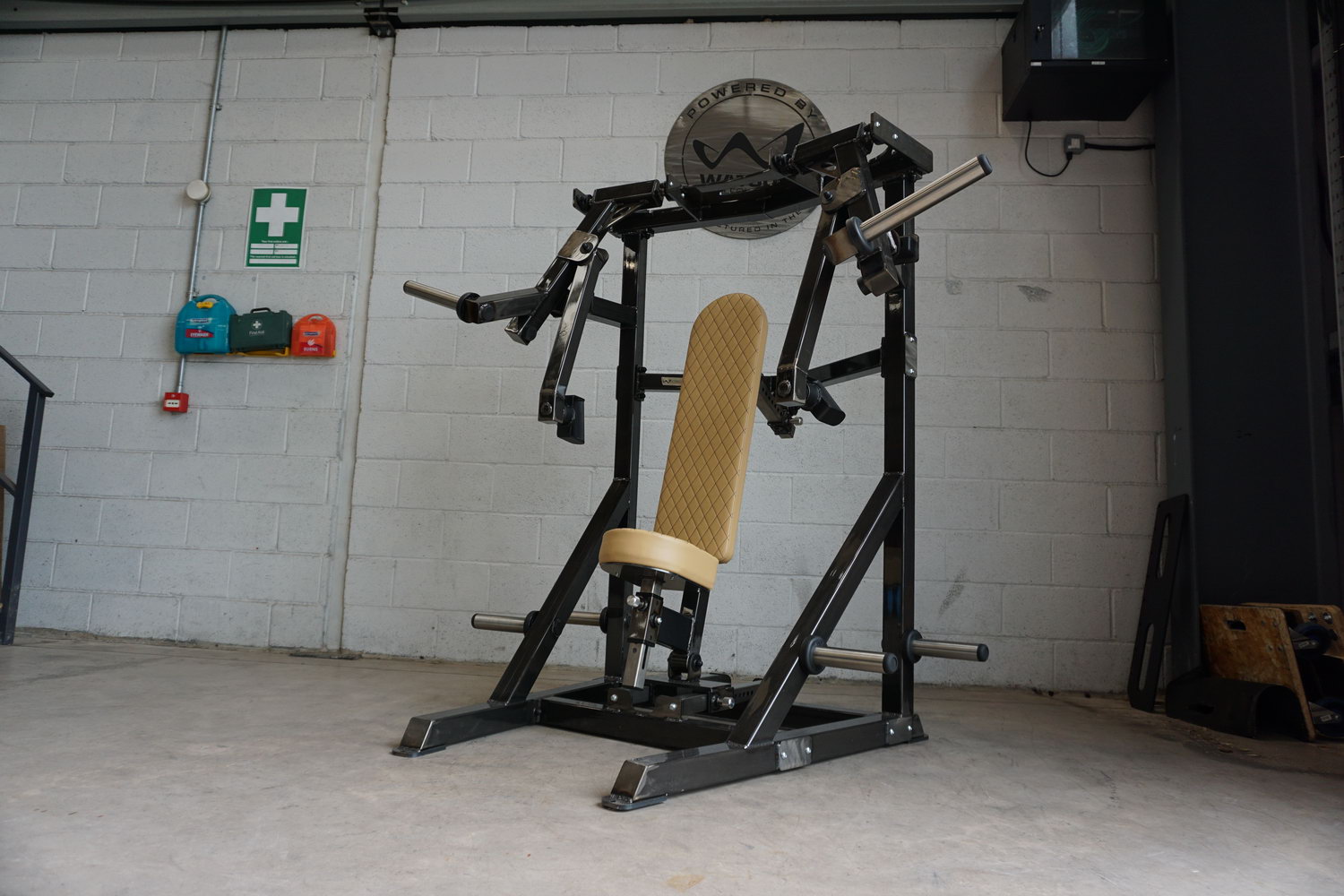
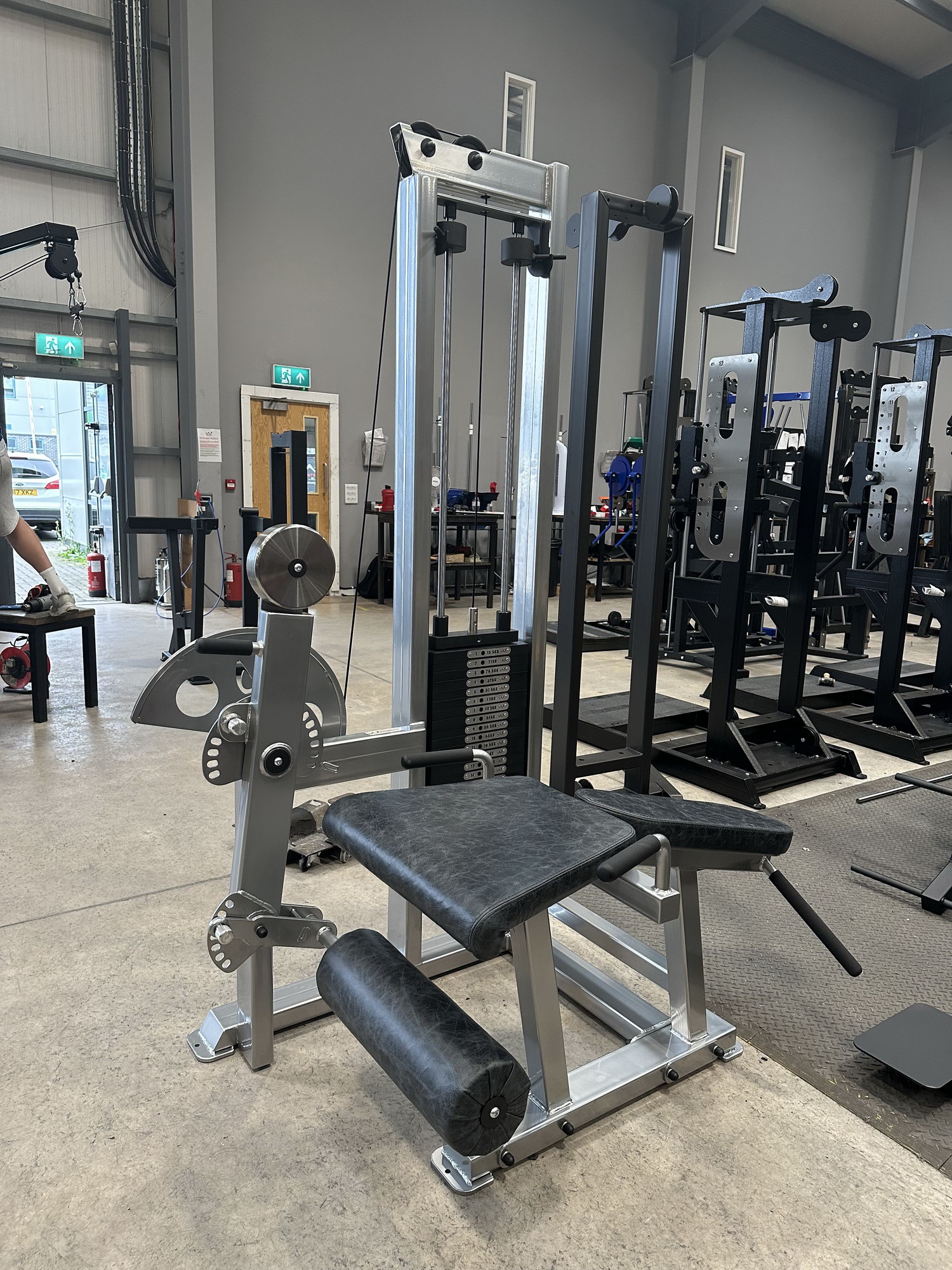
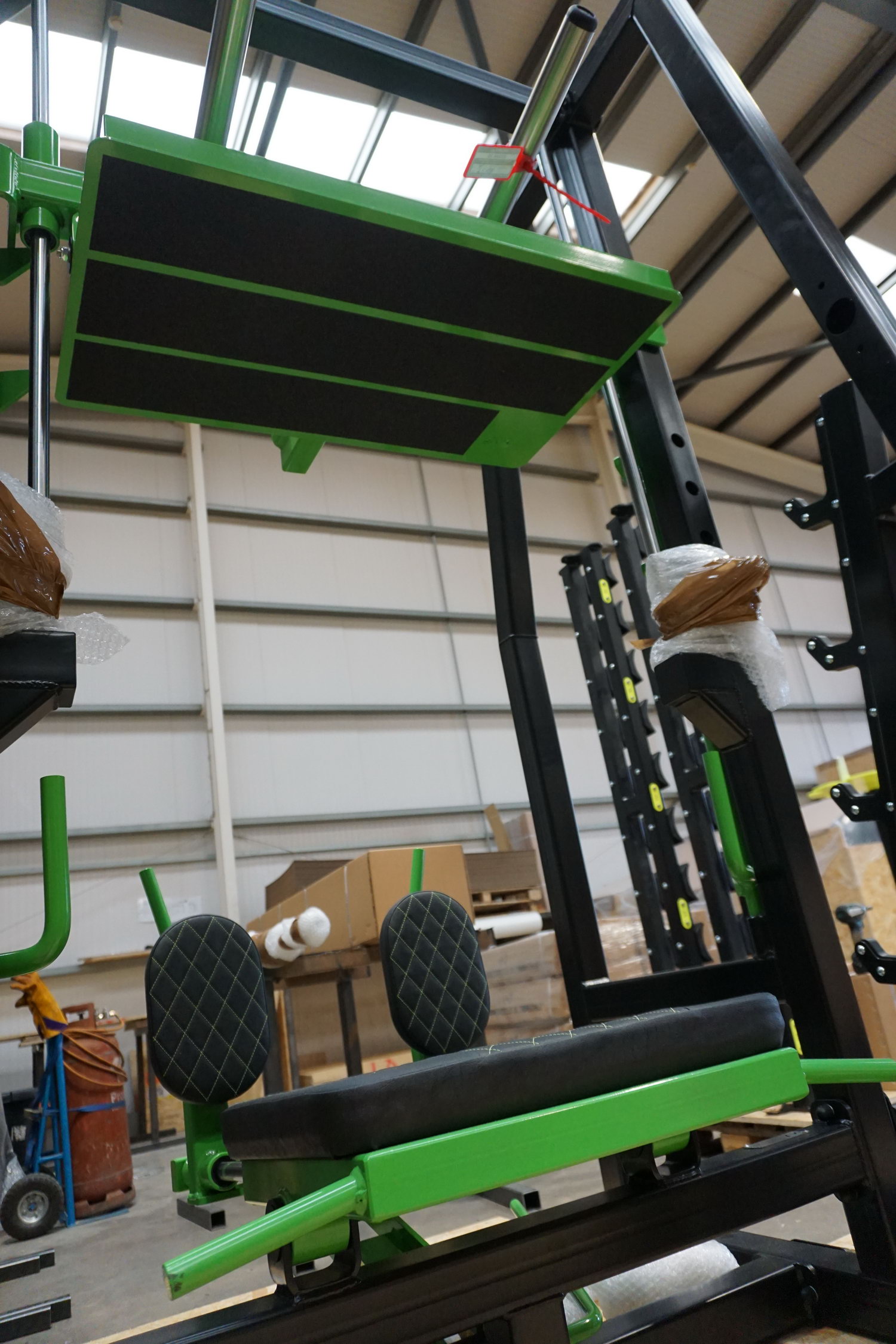
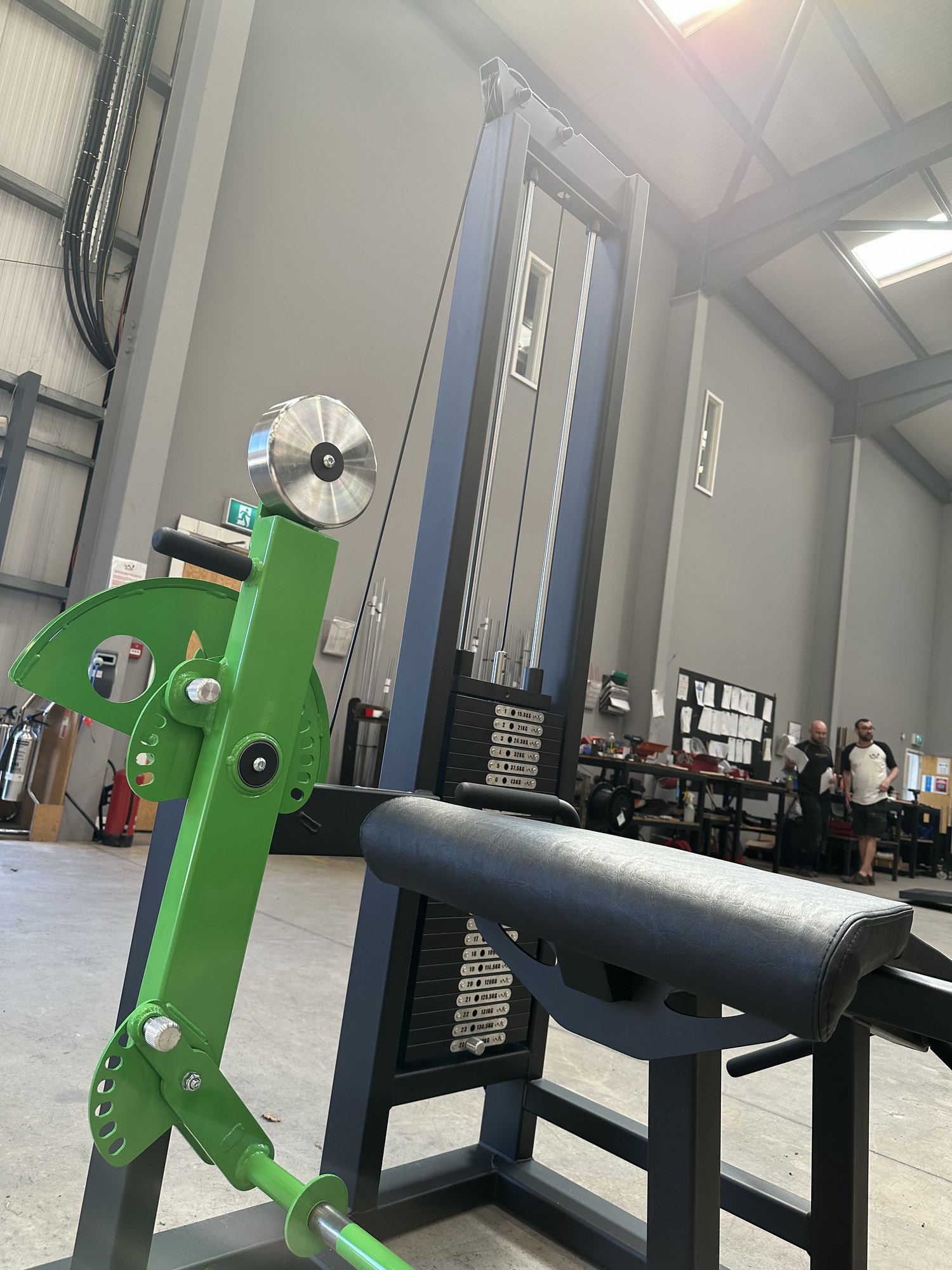
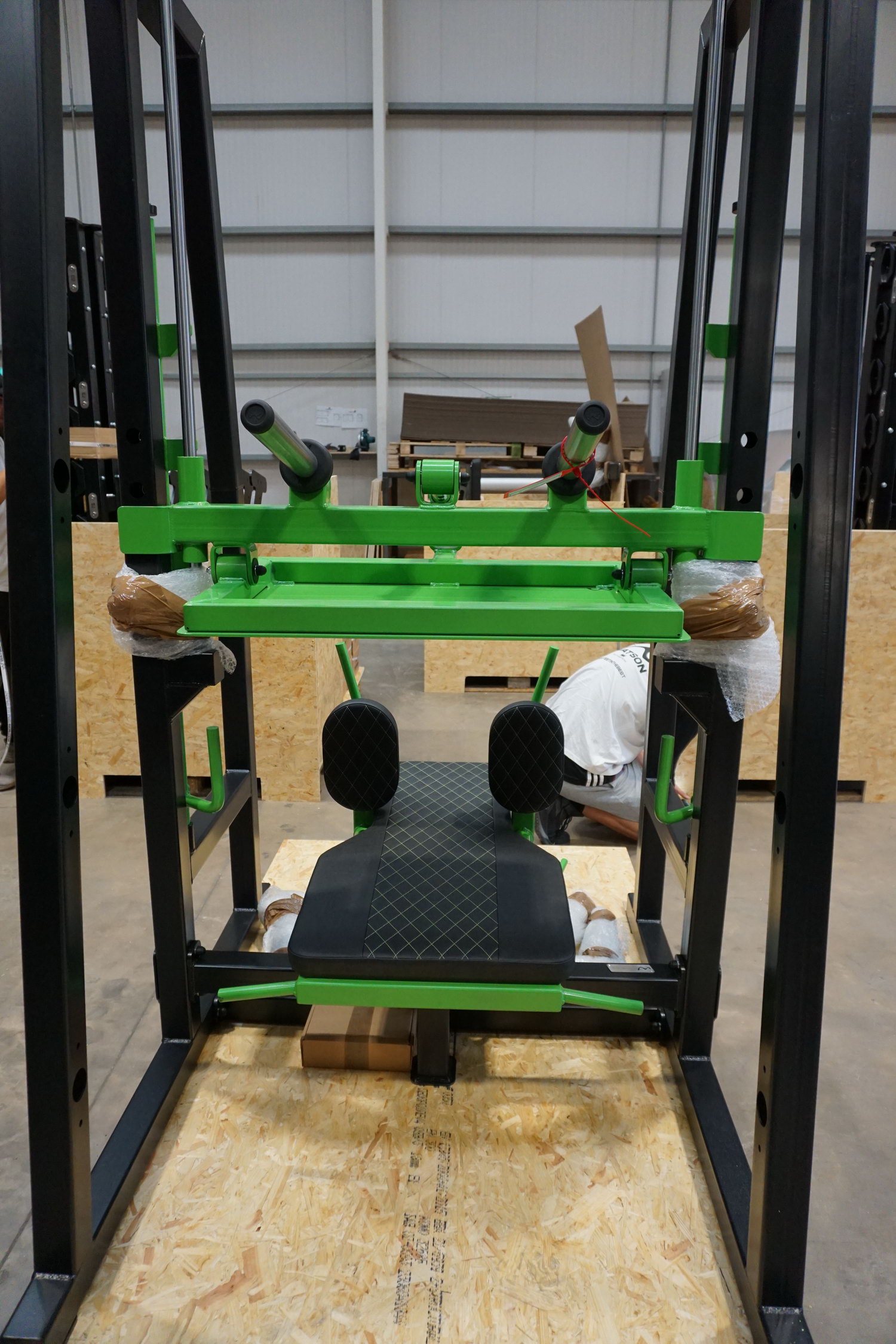
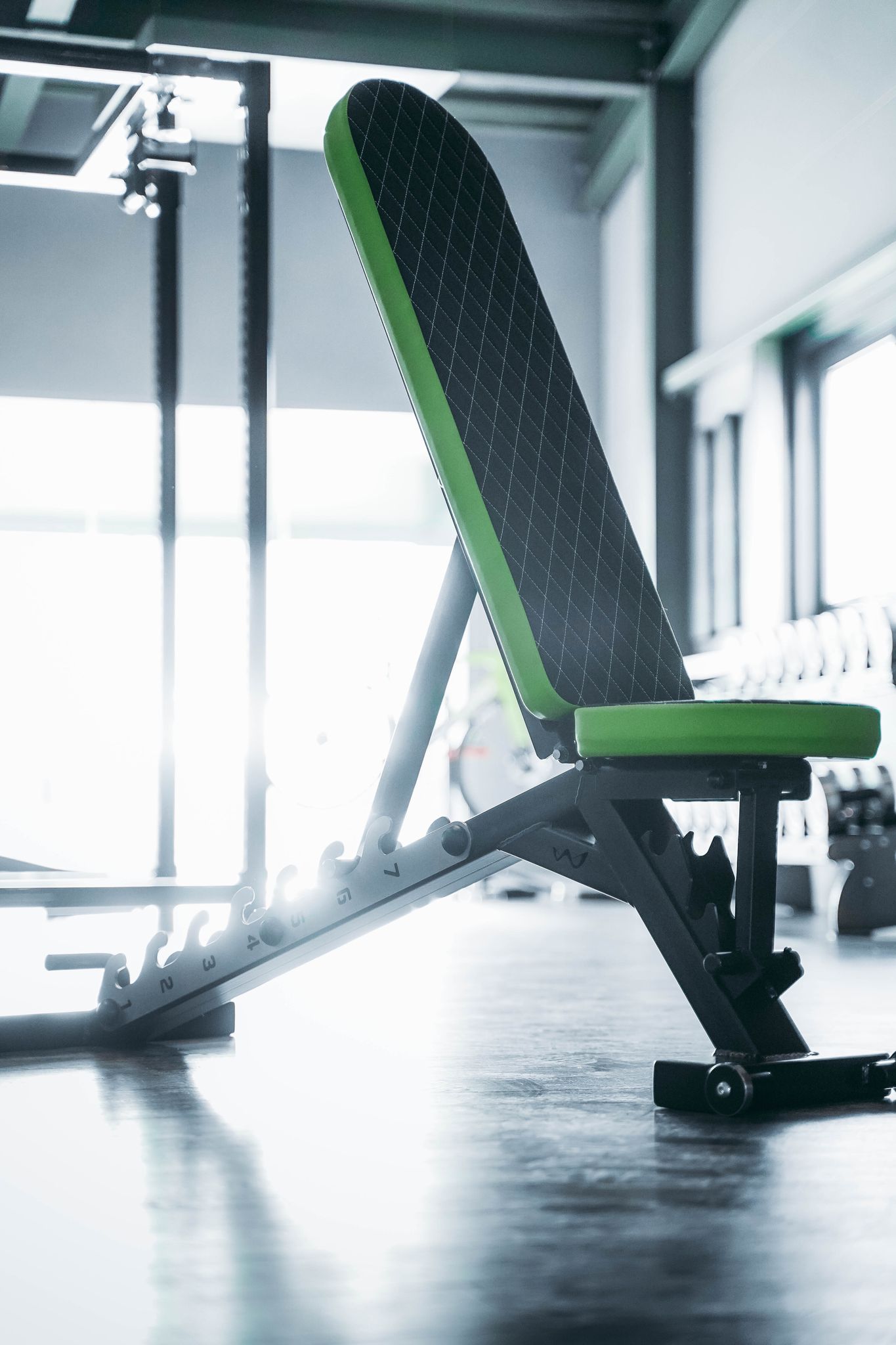
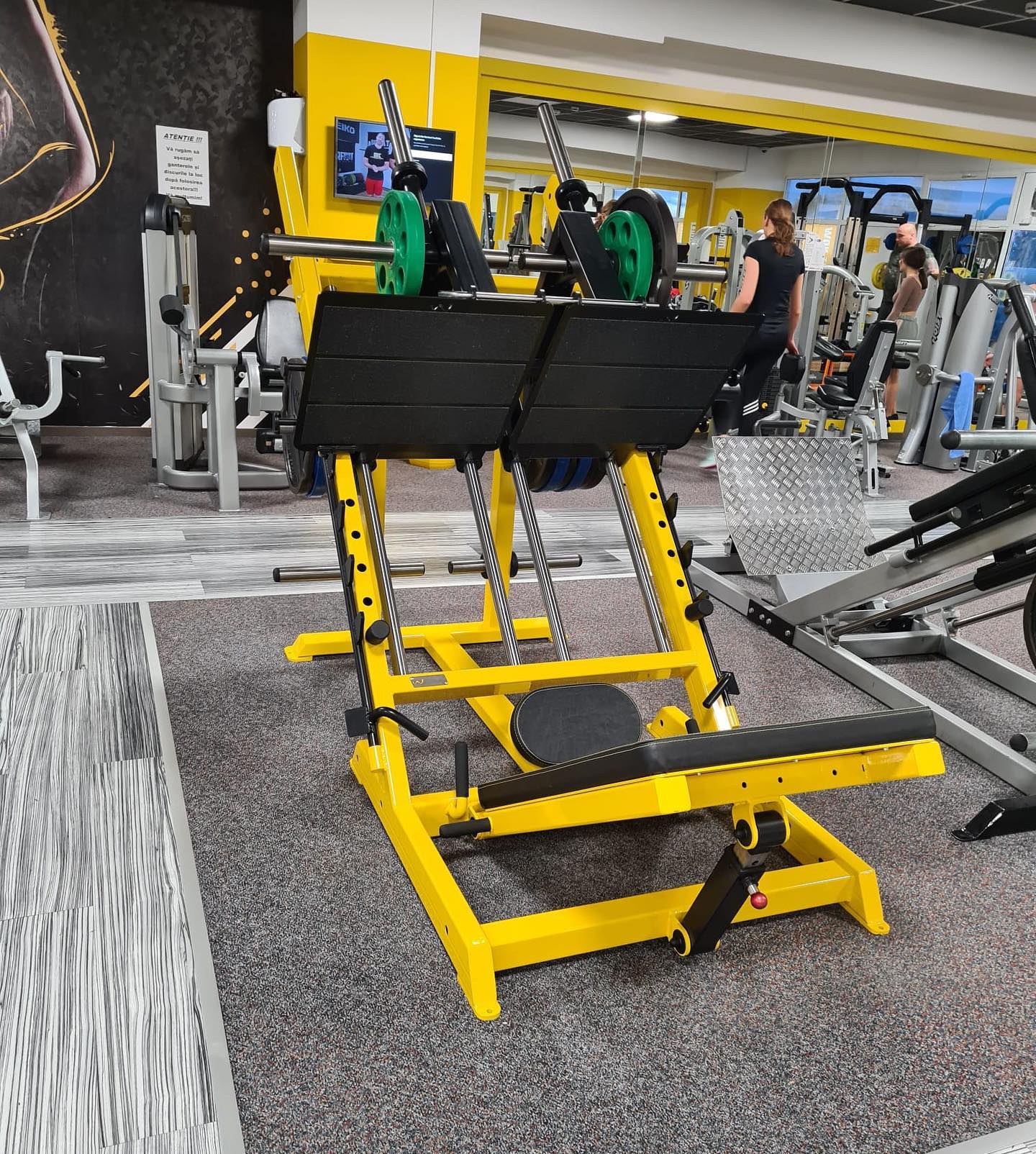
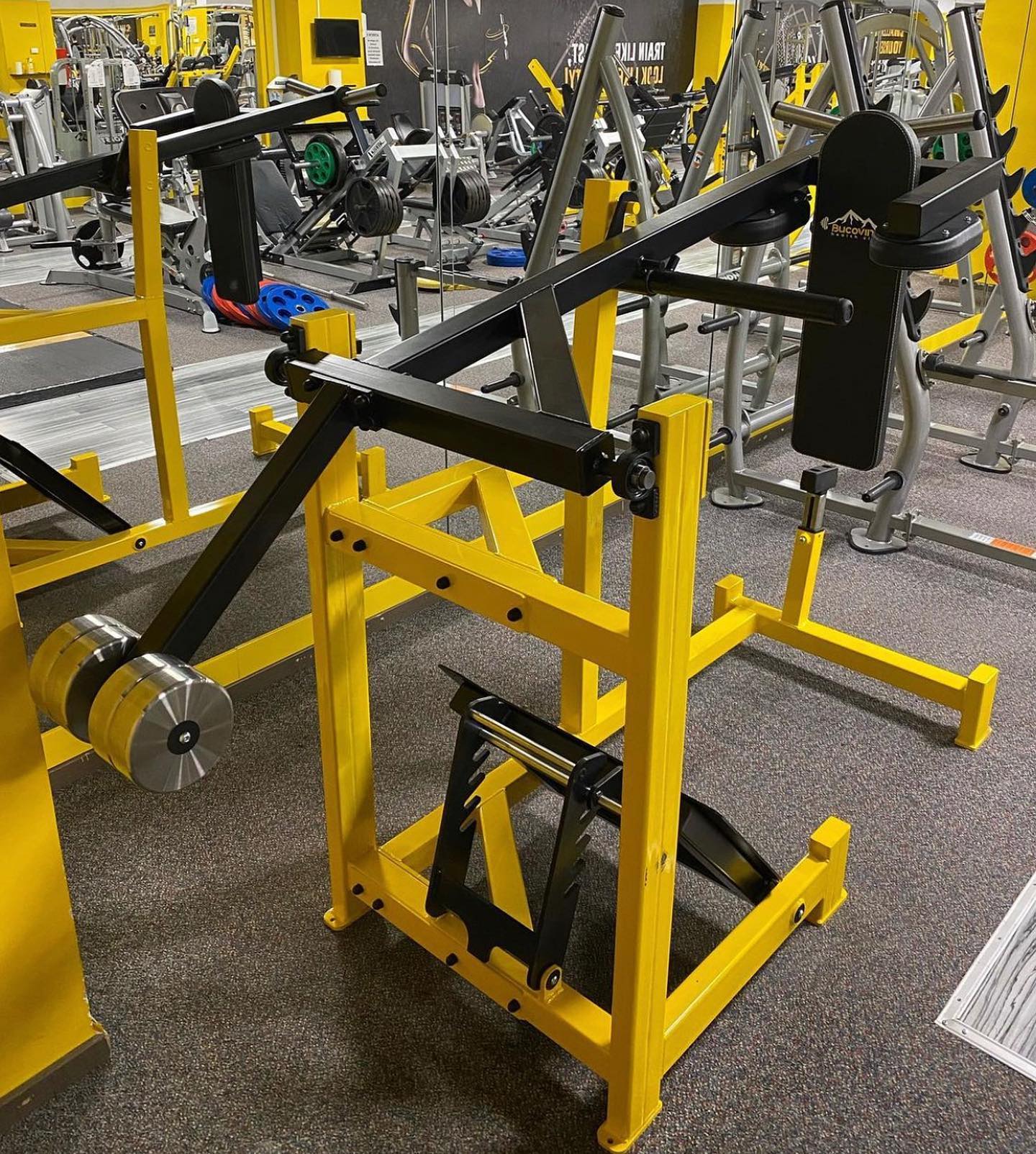
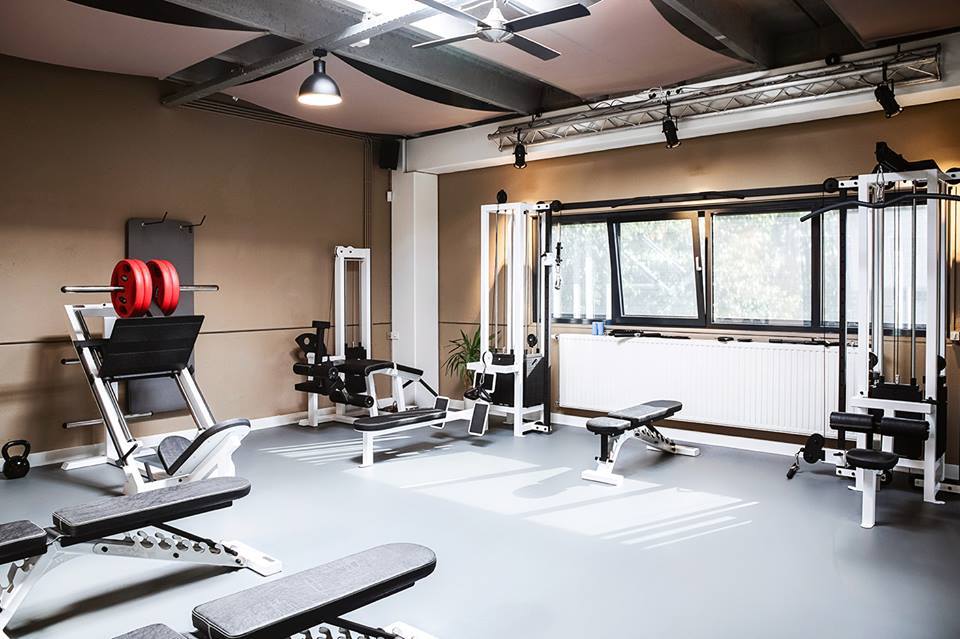
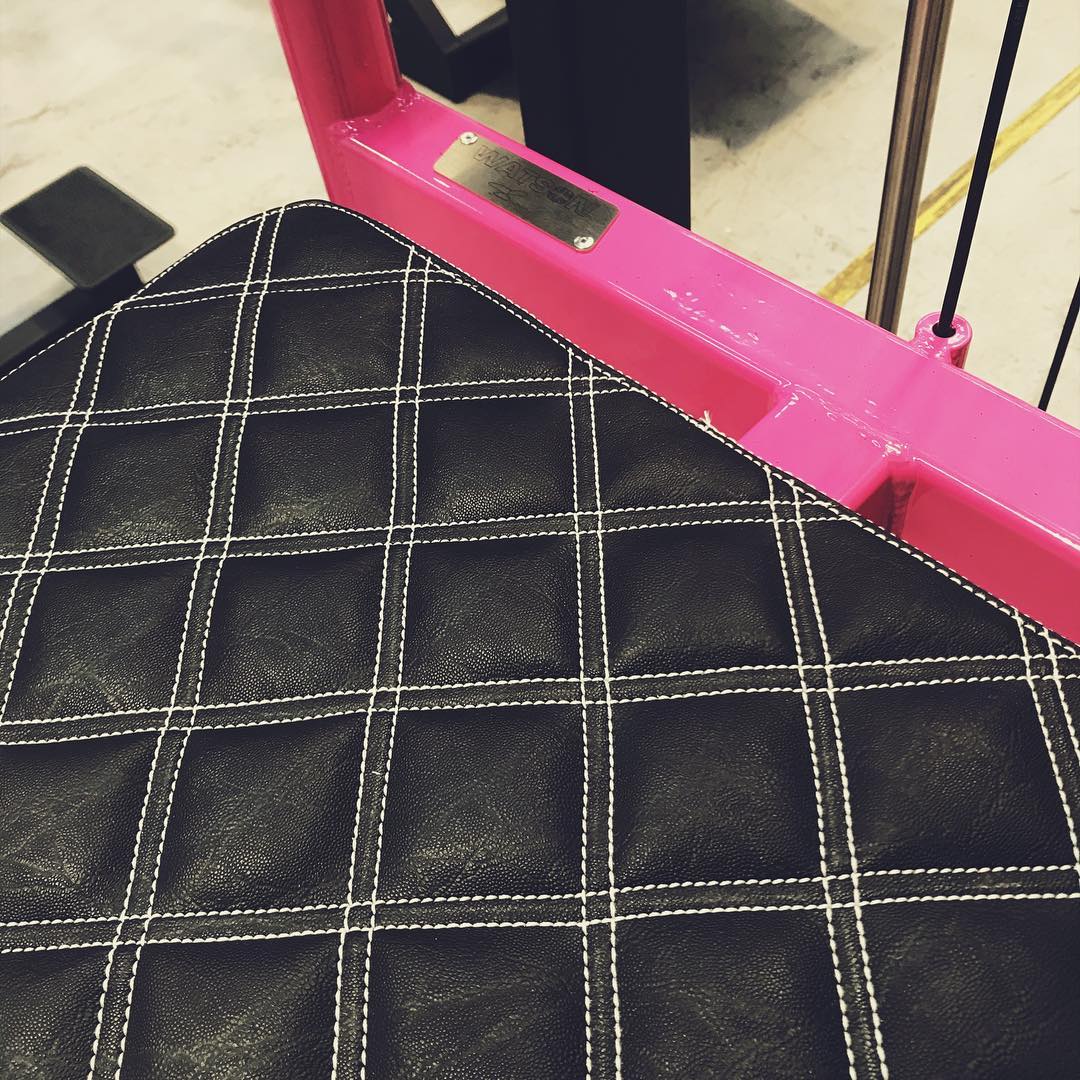
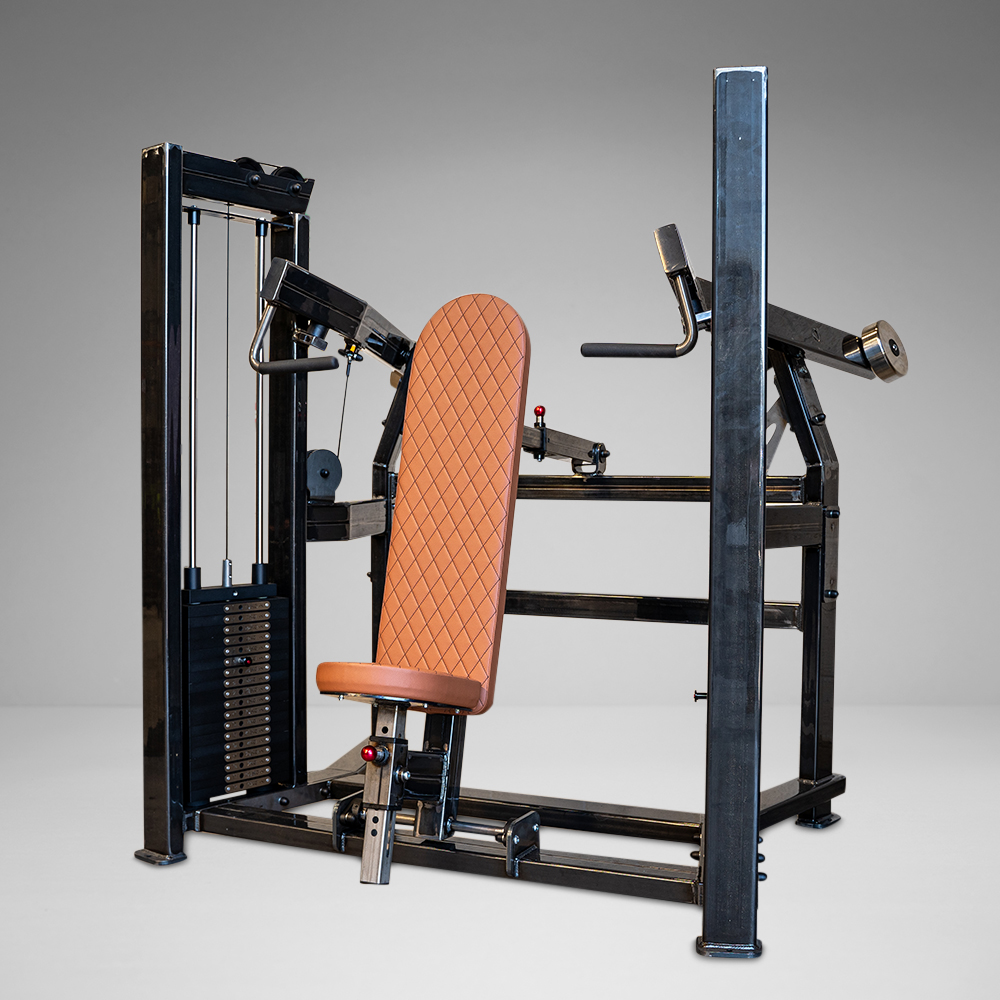
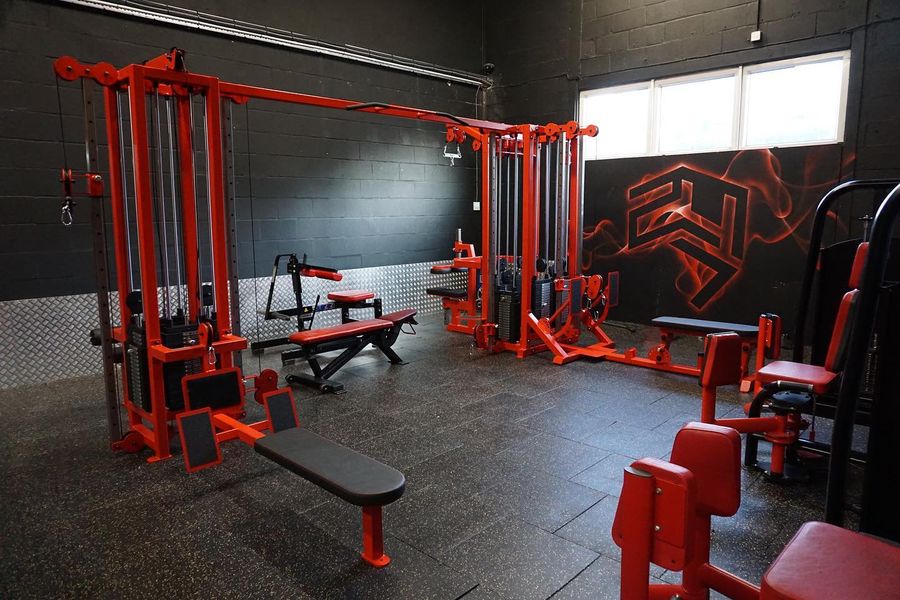
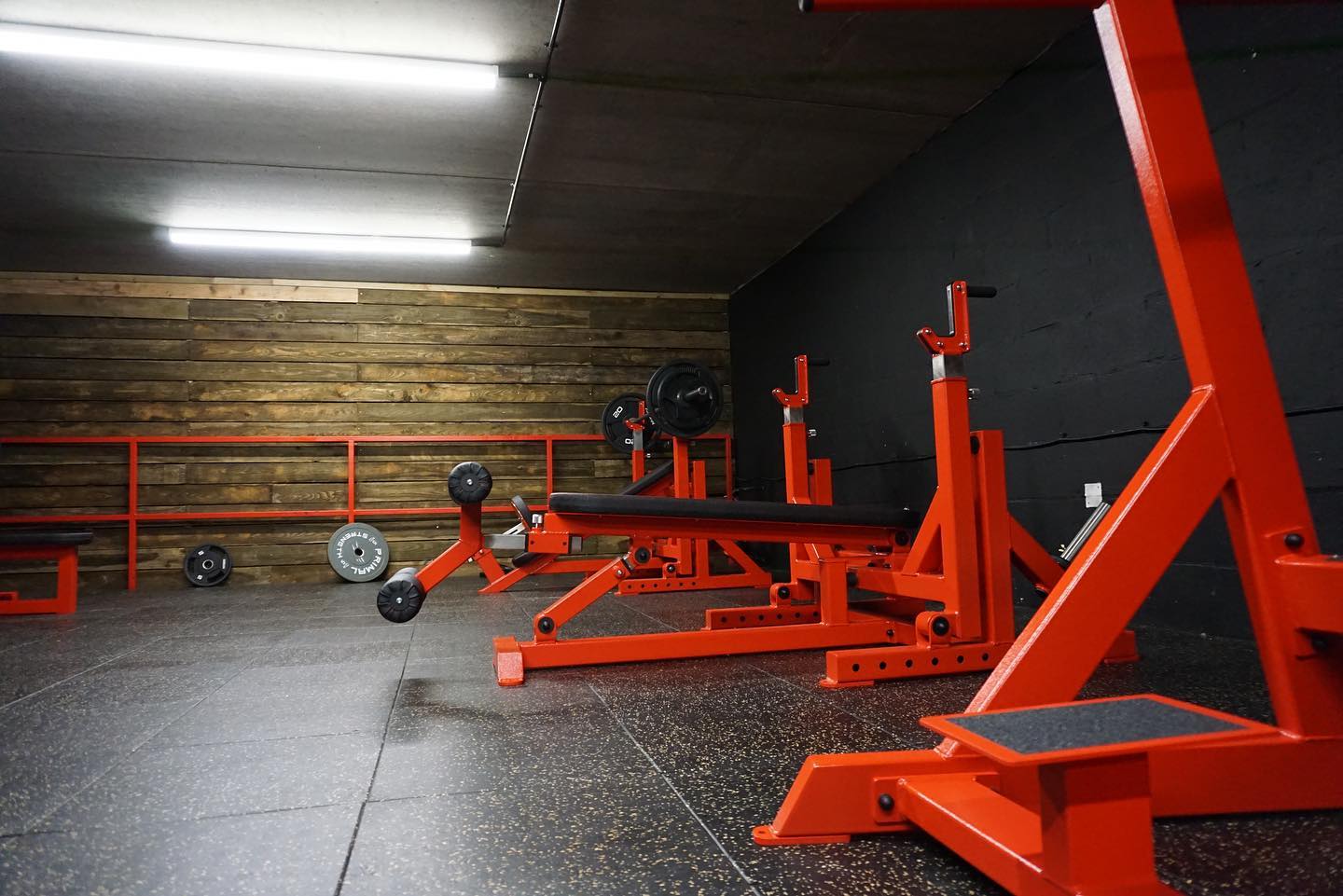
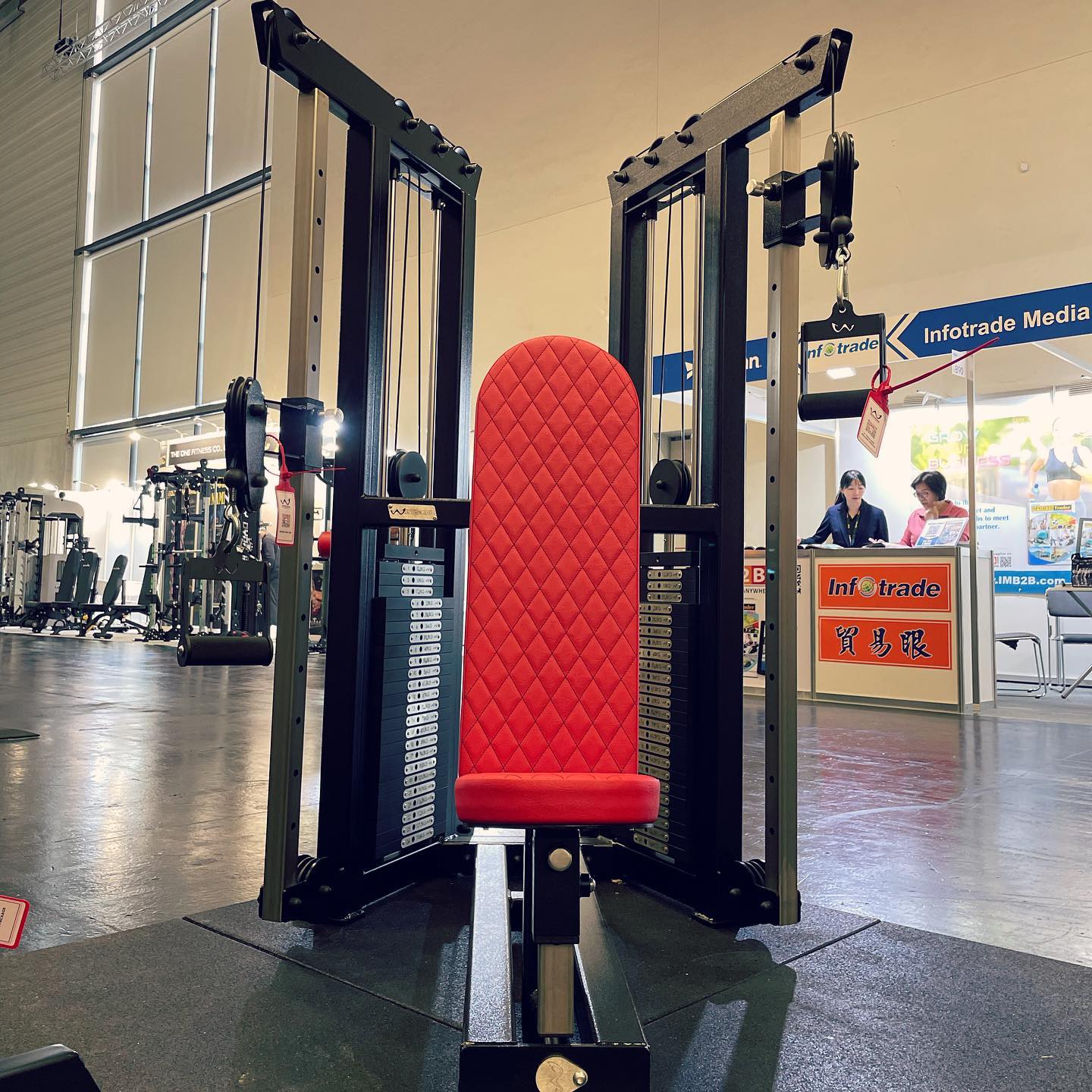
rory.betts (verified owner) –
Great bar. I was a bit apprehensive about buying initially as it was a very expensive piece of equipment, however I am so glad I did. I reached a point with regular barbell squatting where I couldn’t progress any further because of the strain the straight bar caused on my shoulder. So since receiving my Safety Squat Bar not only has my squat increased, but I have been able to resume bench pressing and build that back up. When researching safety squat bars I was concerned that some seem to have cambers which are not ideal for the movement but Watson have nailed it with this bar- it feels most like a high bar squat/front squat. It sits on your shoulders and is balanced and will not fall if you take your hands away on different movements. In use it is very comfortable and solid, I totally recommend anyone in the market for a safety squat bar invest in one of these.
Ed (verified owner) –
As someone whose had a very bad experience with squats and subsequent back problems from squatting in the past safety is always a concern especially as I train alone. The extra piece of mind that comes from the locked in feeling using this bar gives and being able to grab the cage for extra balance and support if needed is worth the purchase in itself.
The padding makes it supremely comfortable even under heavy loads and spreads the weight very well.
I’d definitely recommend this also for any other exercises when you would use a bar across the shoulder such as good mornings etc.
ARGA (verified owner) –
I received my SSB one month ago and I have used mainly for good mornings and las lunges, it’s more comfortable than do them with straight bar, and you can concentrate in loading the body parts you are trying to work without worrying about your shoulders and wrists.
Now I am using it for squats and it allows you to work your quads without low back o knee pain.
I live outside the UK and considering the transport expenses, Watson’s price was the most competitive.
Also you notice that the distribution of the weight is very balanced during all the movement.
Great acquisition!
einang94 –
This bar is absolutely awesome! Haven’t been squatting with barbells due to knee problems, but gave it a go when this barbell arrived and I felt absolutely stabile and solid! Gave 170 kg a go and felt really great. Looking forward to putting on some heavy loads and increase my strength. This bar is awesome for people with injuries or mobility restrictions, many can actually begin training proper squats with this bar.
Safety squat bar is a great bar which gives you the ability to go really heavy, or train squats more frequently with less stress/damage to ones elbows, shoulders etc.!
Ofcourse the quality build is awesome as Watson always is! Feels and looks great.
karrasr88 –
Great Bar!
I have had this bar for around one month now, and have been putting it to the test on several workouts. And so far the “Safety Squat Bar” has really ben preforming very good!
I have worked up to over 310LB with it. Witch it has handled with ease, even though I cant say the same for my self ☺.
The feel of squatting with this bar is something in between the feel of a Front-squat and a Back-squat.
The “Safety Squat Bar” putts a larger emphasis/load on the back compared to a Back- squat, while allowing you to use more weight than you would be able to handle on a Front-squat.
It also saves your forearms and shoulder by not putting them in a compromised position.
And it forces you to keep the back arched and tight (teaching good form), so that you really are able to fight against the bar on your way up from a squat.
In short an Excellent Bar!
I would recommend it to anybody, from beginners wanting to learn proper form, to advanced lifters looking to step up their Squat game!
William –
I bought it as a present for my son.From the moment of ordering I was kept regularly updated by Watsons on progress,and the delivery date(not a long wait)was agreed then met.The whole process was very impressive and totally professional.
As for the bar itself,my son is delighted and says he cannot fault it in any way.He is already seeing,and feeling,the benefits in its use,and fully agrees with all the positive comments in the other reviews posted above.
In summary,a great experience from ordering to delivery,and a very satisfied user who is delighted with the bar.All positive.
massimiliano –
Definetely a great product. More expensive than other bar on the market but higher quality also. It gives you a new twist to your leg workout, and can make you squat safer. A must to have
Paul –
Hi there,
Received my Safety Squat Bar last month. The whole process from placing the order, updates on progress and finally delivery was A1.
Love the new bar! It’s added a new dimension to my training. I think anyone who trains out of their garage or at home will agree that positive additions to your training environment gives you a real boost.
I’ll be back for more.
All the best.
Paul.
Tamworth, Staffordshire.
Richard –
The Safety Squat Bar is the newest addition to my gym, after only using the bar for a couple of weeks, it is fast becoming one of the most important.
As usual, Watson have created a superbly engineered product, however the really important work was carried out when the bar was being designed.
Extremely comfortable and very well balanced. Using the bar is a joy, not very often you hear someone say that about standing in a squat rack with x hundreds of kilograms on their back .
Other’s have eulogised far more eloquently than I ever could, so All I have to say is that I agree with all the other reviewer’s comments, this is a truly excellent training tool and I would recommend the bar very highly.
JOHN –
This bar in incredible. I increased squat weight 25% in a month AND increased squat depth – before I could only manage bench squats, but now I go all the way down. This is due to the precise balance this bar offers as well as knowing that if I get stuck or off balance, I can use my hands to assist by grabbing the squat rack. The bar stays put. The machining of this bar is the best I’ve ever seen. I’ve also found that I can target different areas by angling the hand grab bars, shifting the center of mass from far front to body even to far back. Amazing. So no I’m saving for my next Watson purchase, because this was easily the best money I’ve ever spent on gym equipment.
Francis –
Another fantastic bar from Watson – Very solid, heavy duty (30kg unloaded), sturdy but comfortable bar – Its designed to keep the weight central rather than pulling you forward like cheaper safety squat bars do – It’s honestly worth the investment for a proper bar like this one, that’s the best thing about Watson – buying their equipment is never a gamble, its always great!
simoncowdroy –
From only limited use already seeing a massive benefit from the safety squat bar. I am no expert on the bio-mechanics but the re-positioning of the load further forward compared to using a normal bar is an major assistance in maintaining good form. I am also finding i can go a lot deeper than previously as i seem much better positioned and able to push out of the hole.
Other key factor so far has been on the recovery side. as an over 50YO lifter with a legacy of injuries from previous sports it is nice to be hurting in the right places after a heavy session and not the back and knees.
simon –
Even with added mobility exercises I have always experienced some degree of shoulder discomfort when squatting heavy with a straight bar, so getting to try the safety squat bar at a local gym was a real eye opener.
This bar gives so much stability with absolutely no thought required that you can concentrate on good form. Since adding this bar to my Watson collection my squat is seeing steady progress that comes in part from the confidence and control the safety squat bar provides.